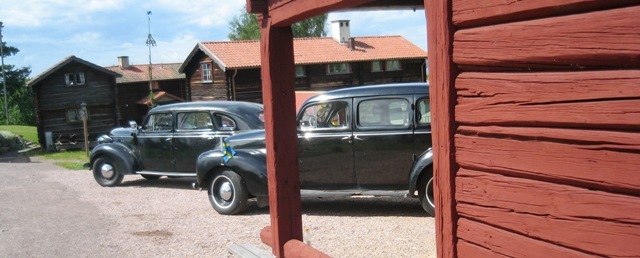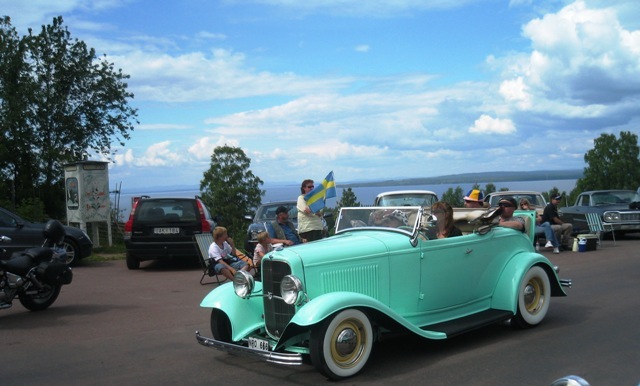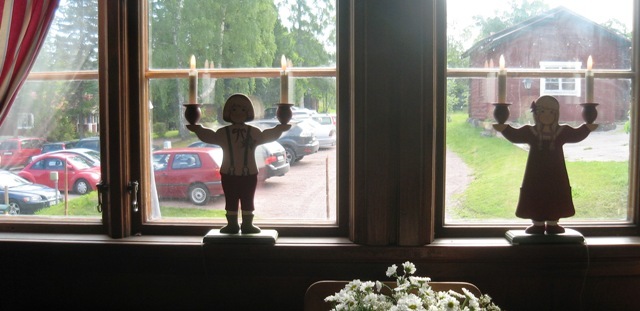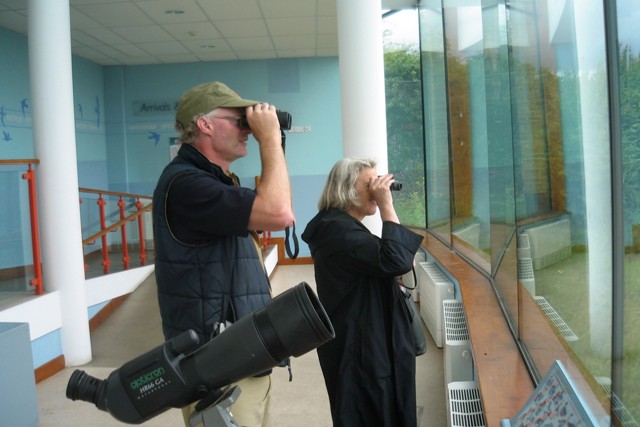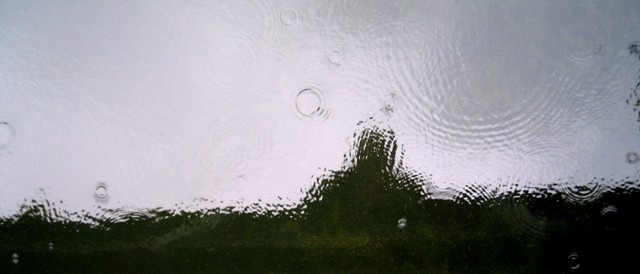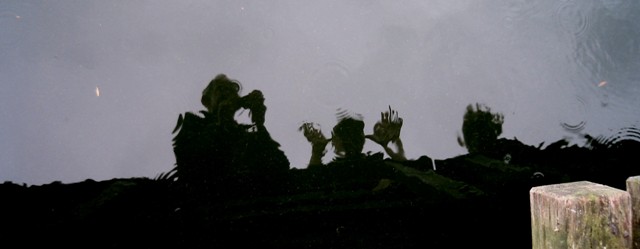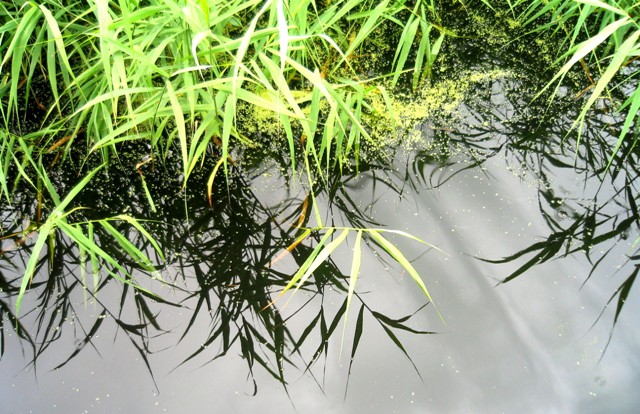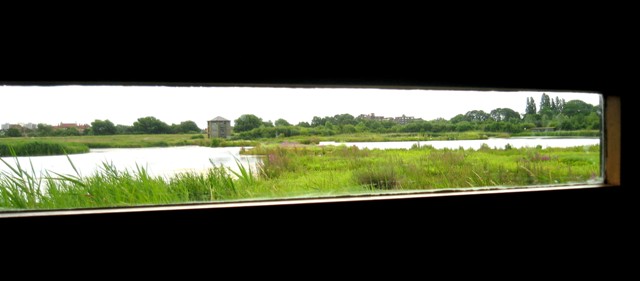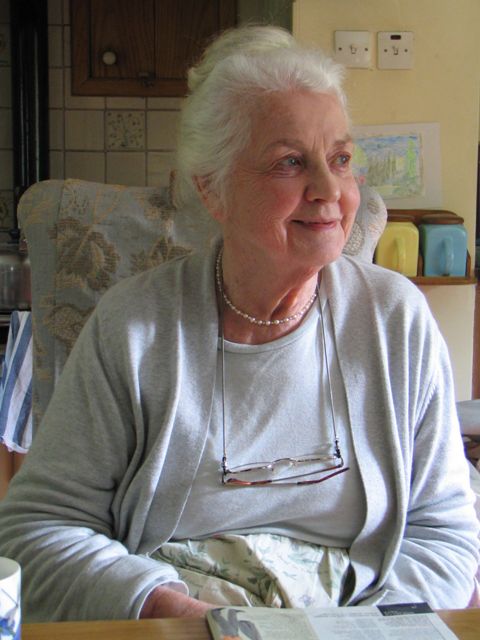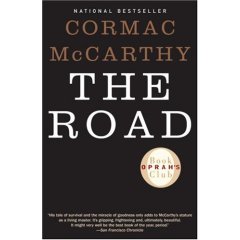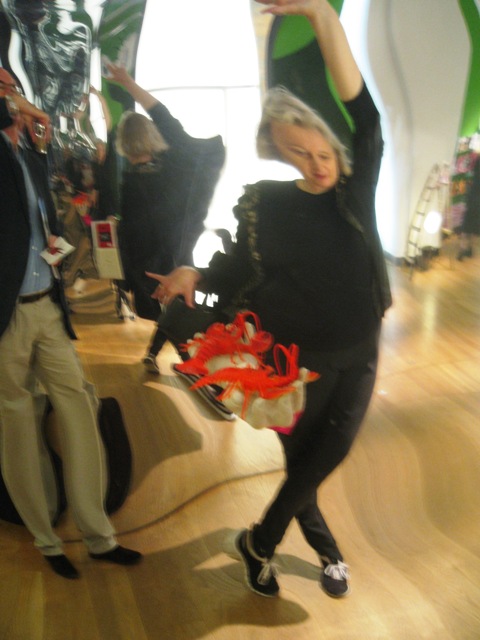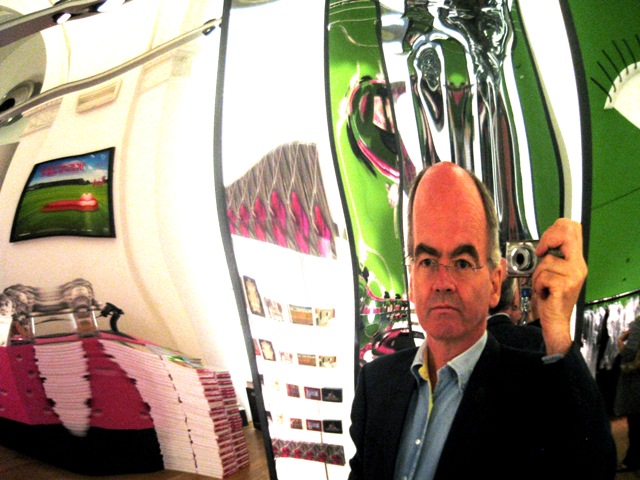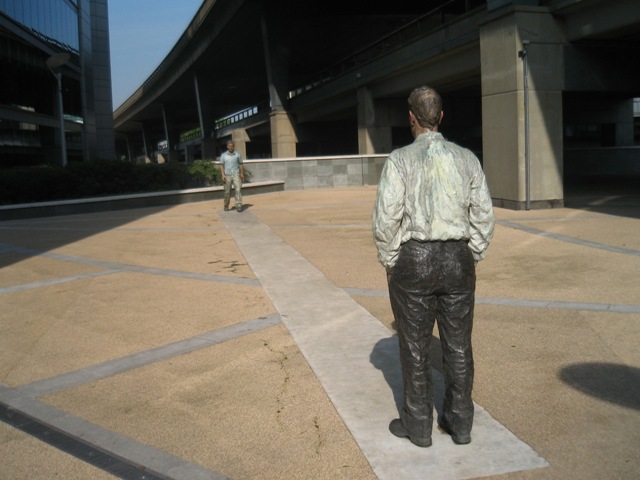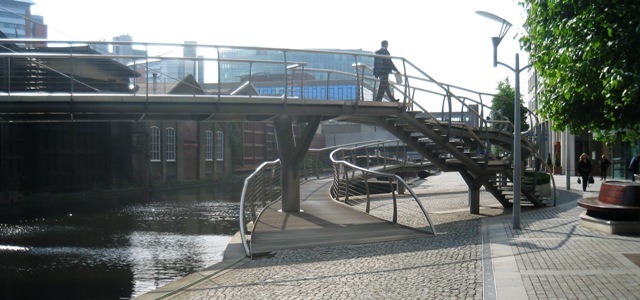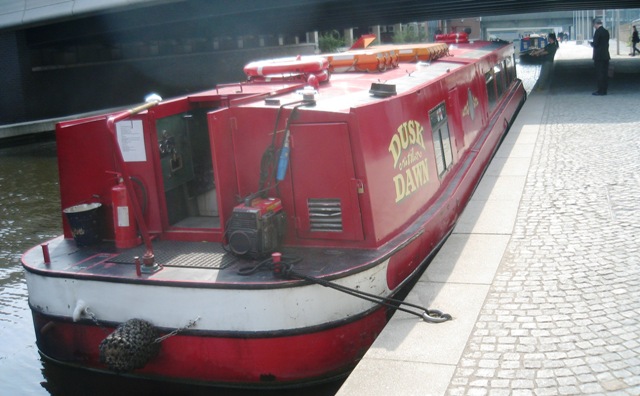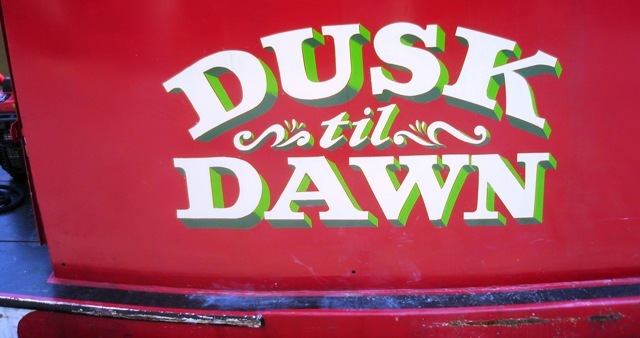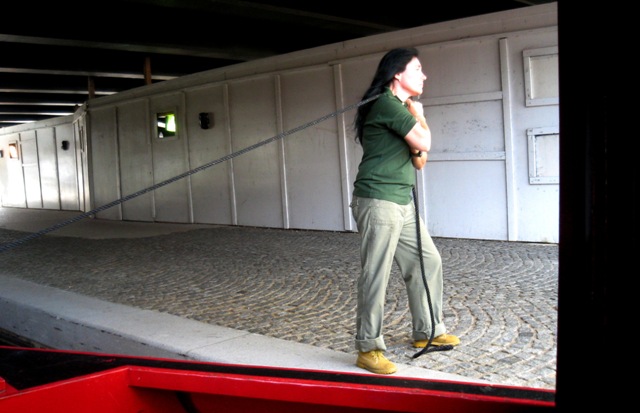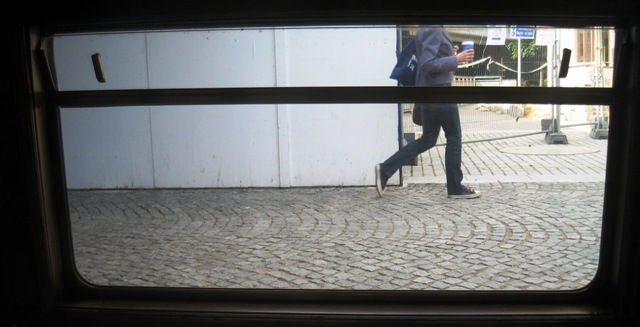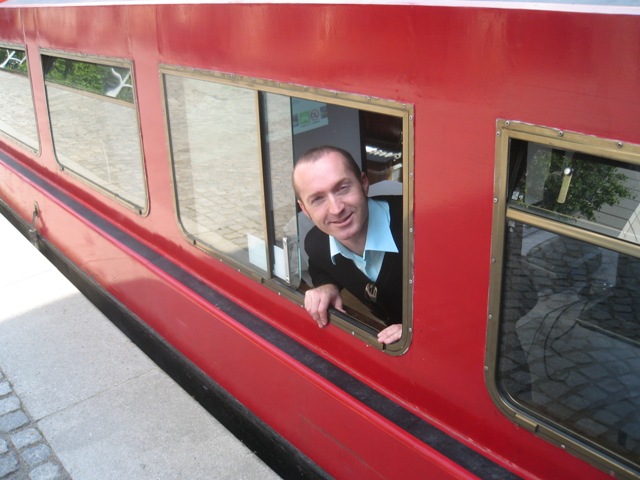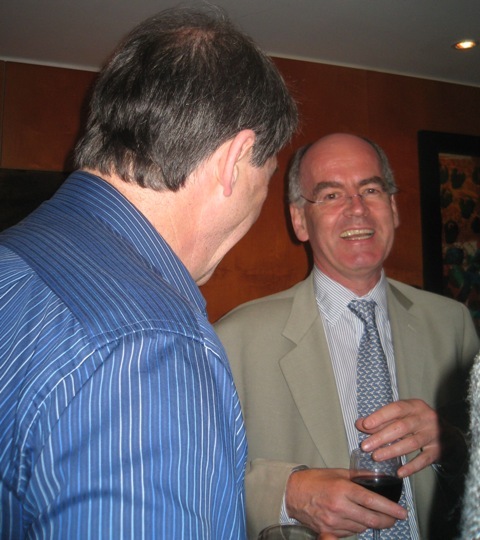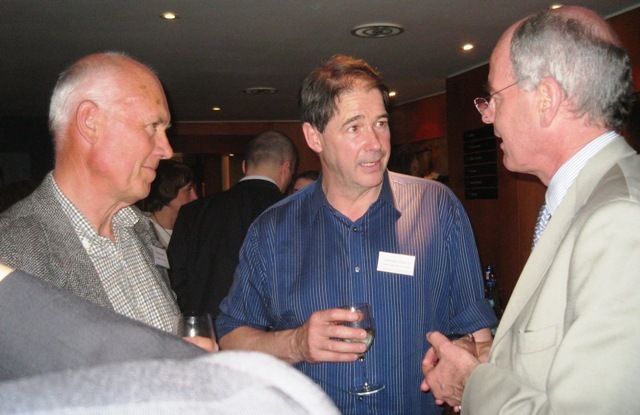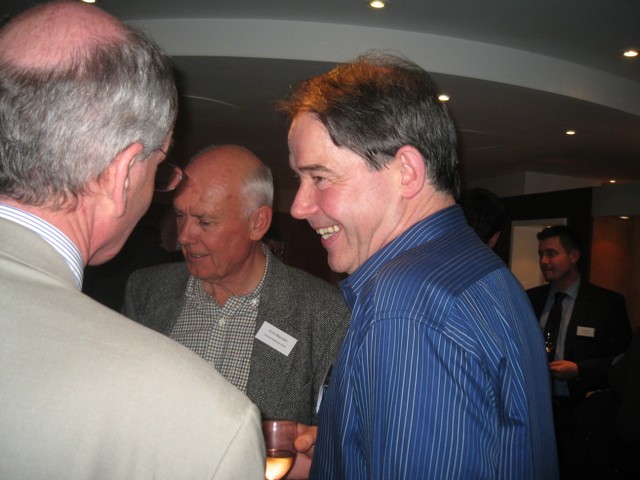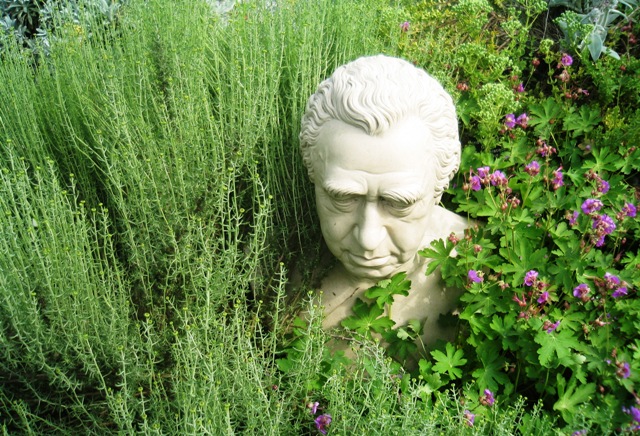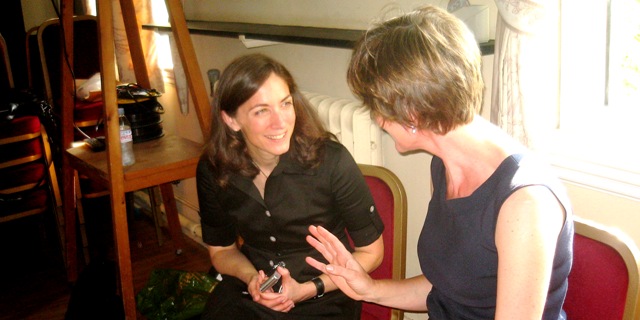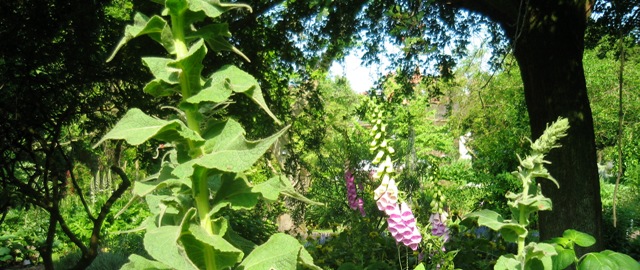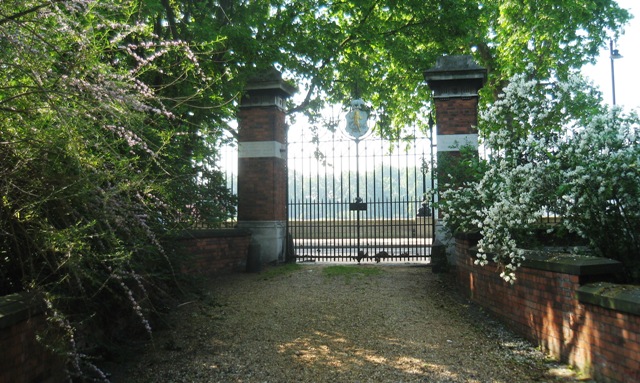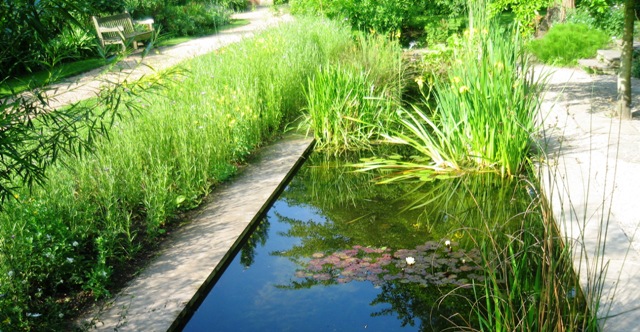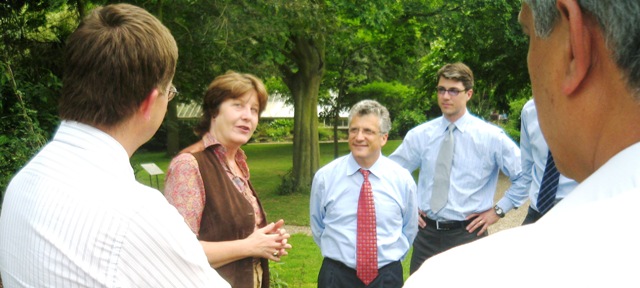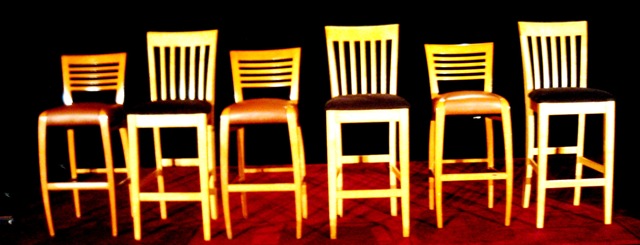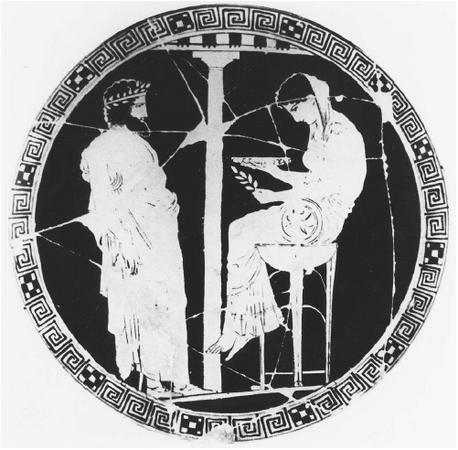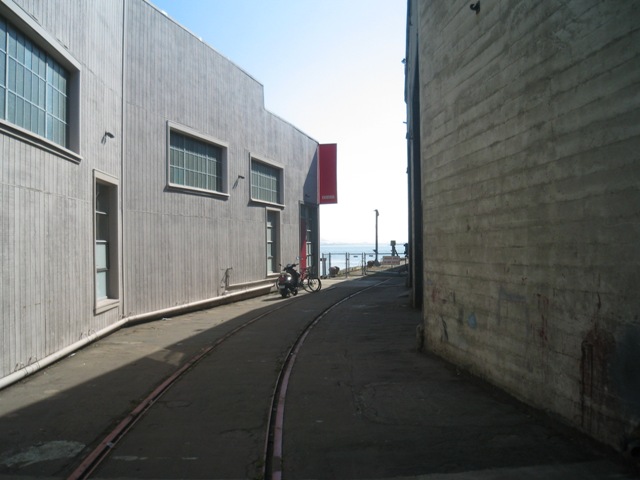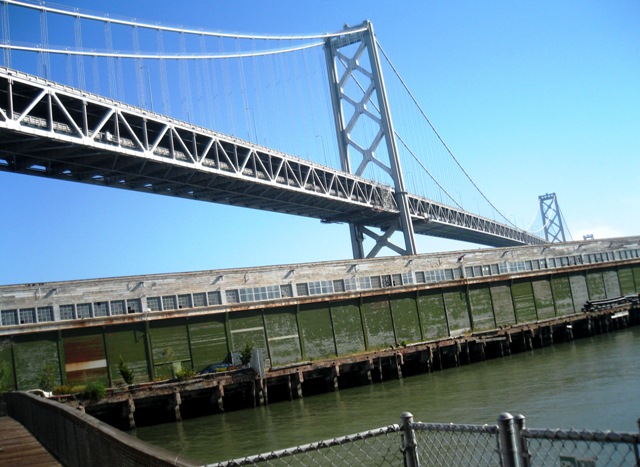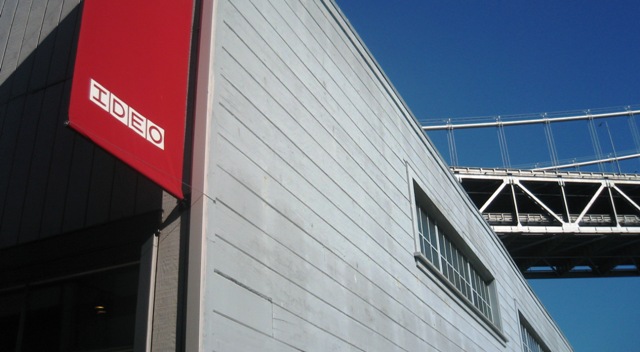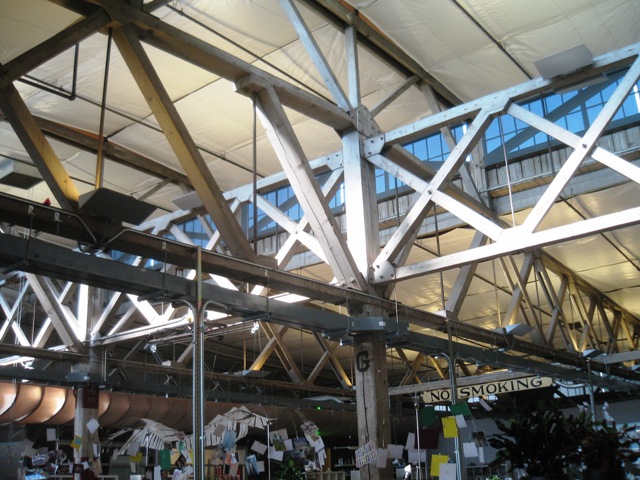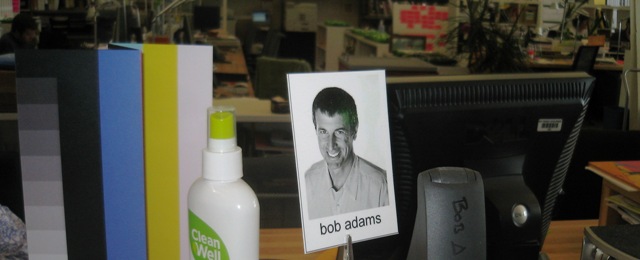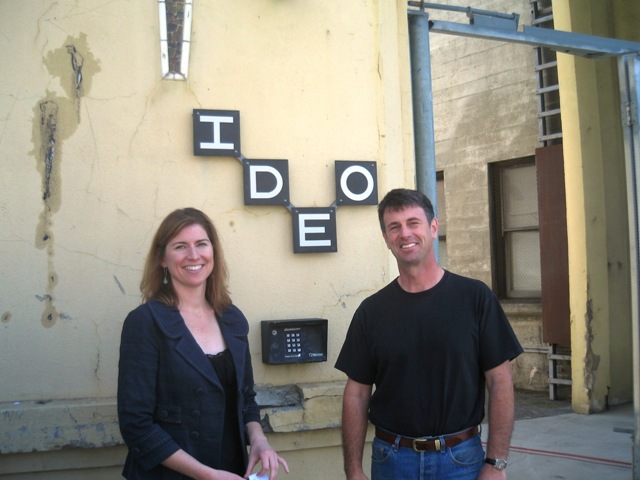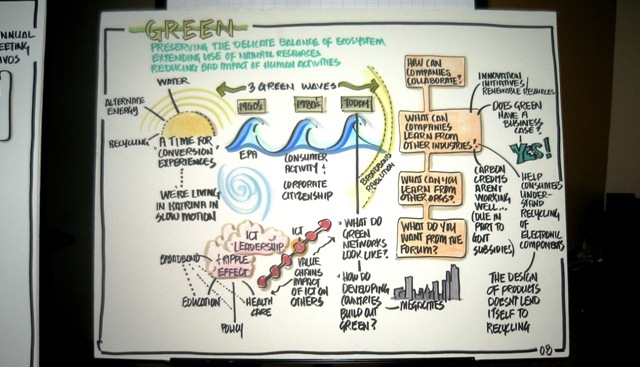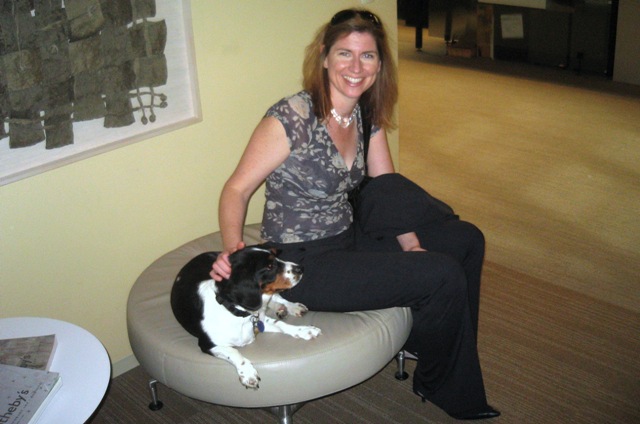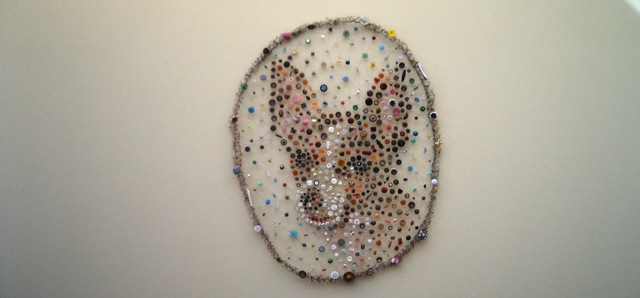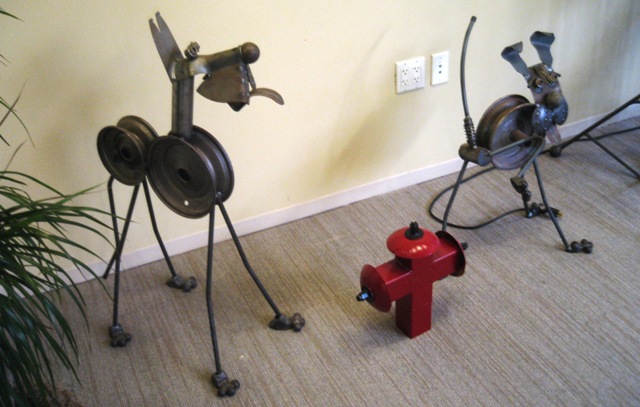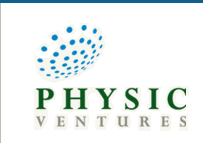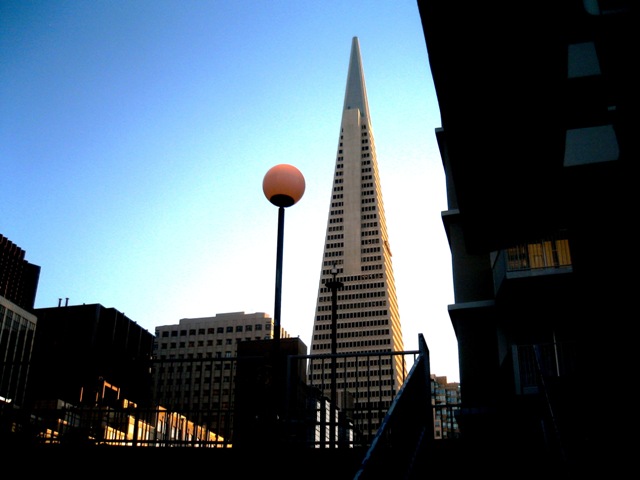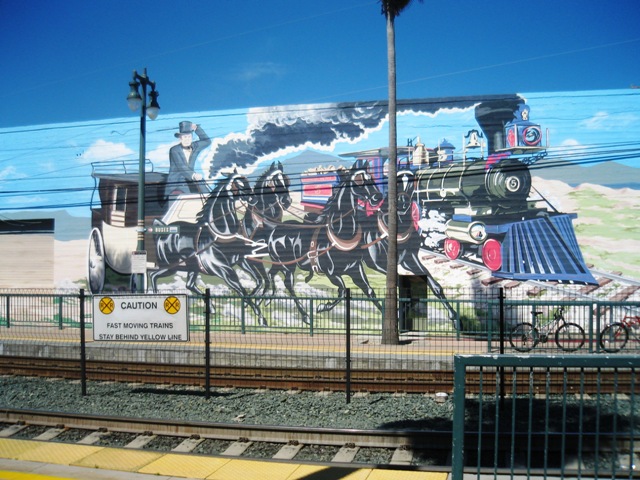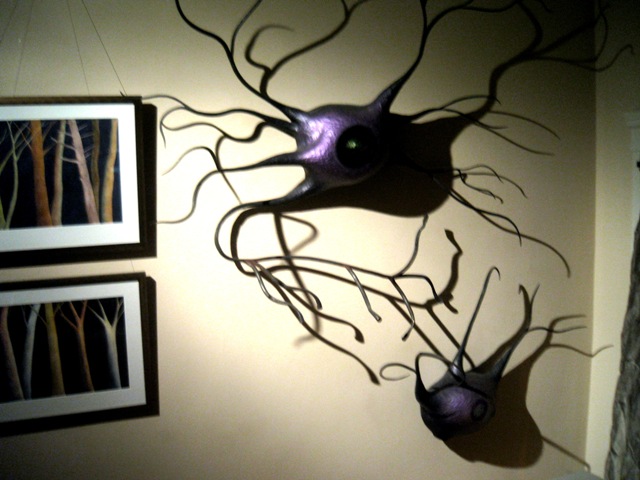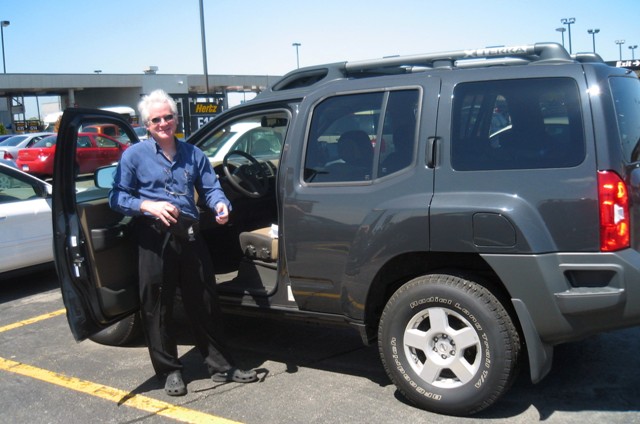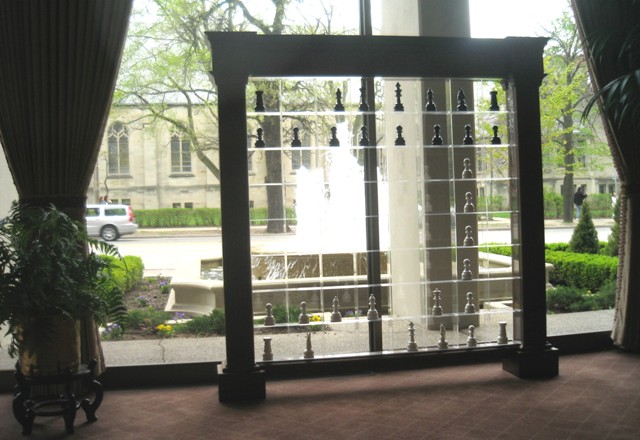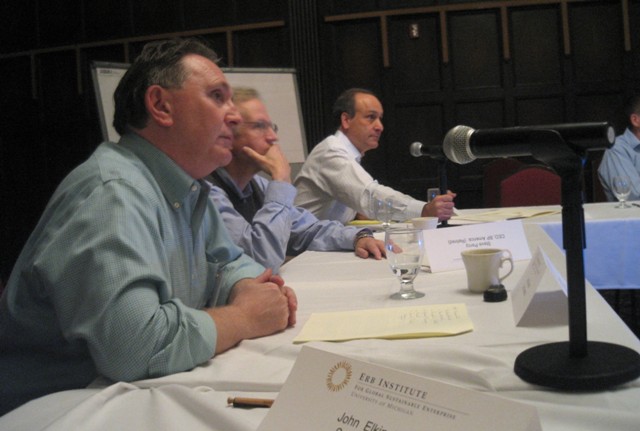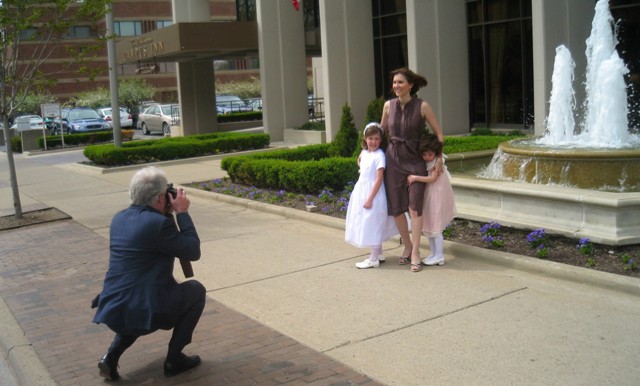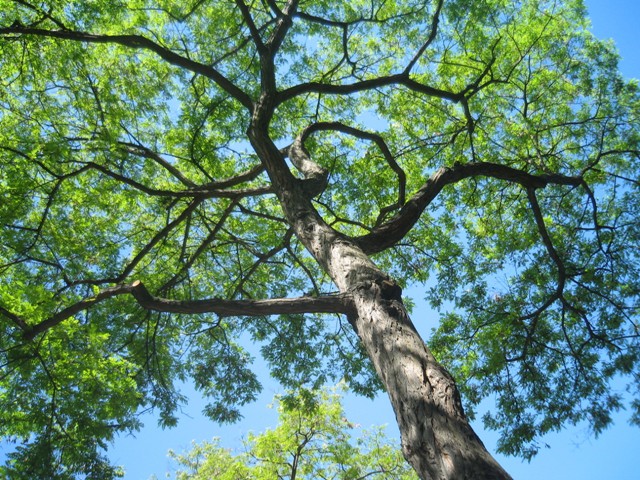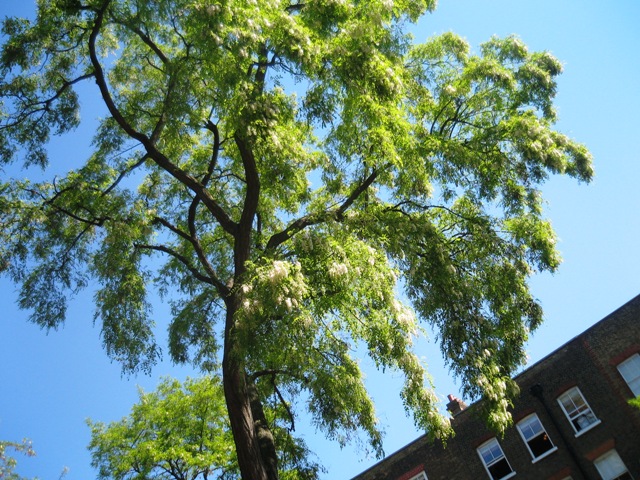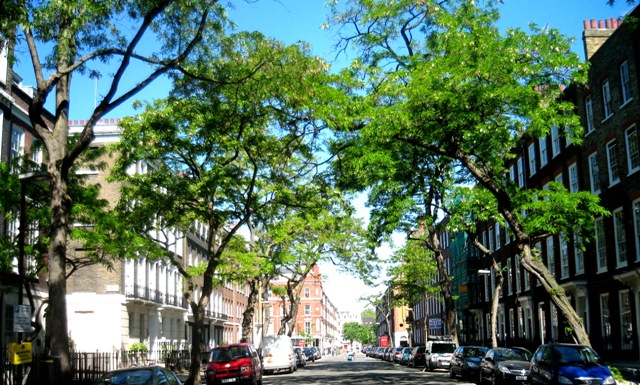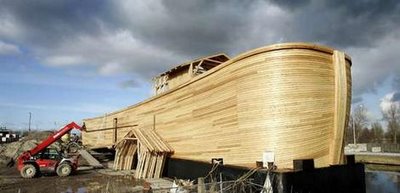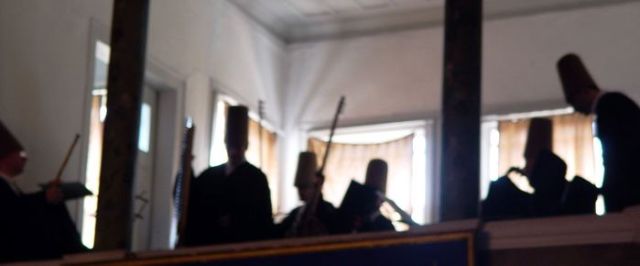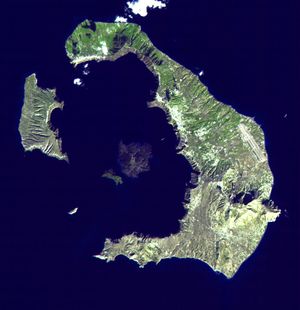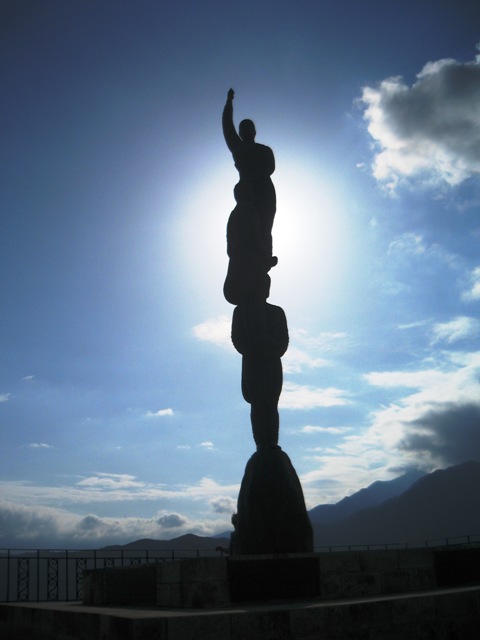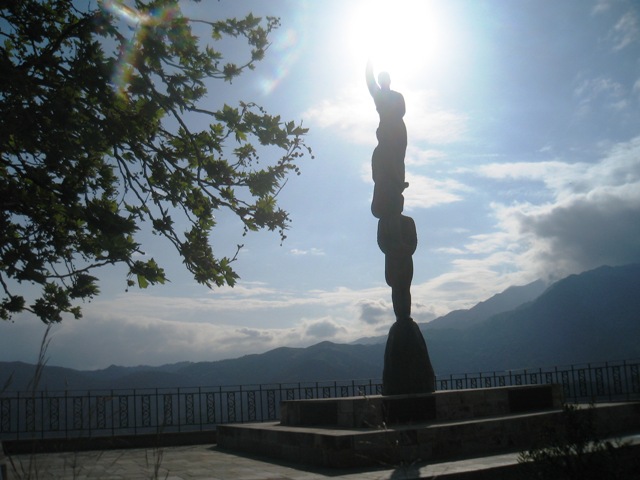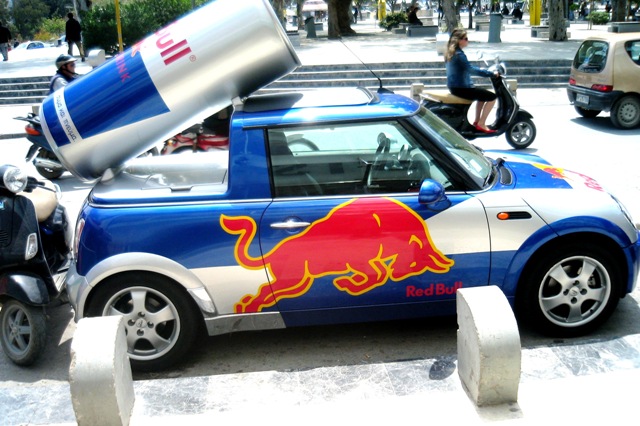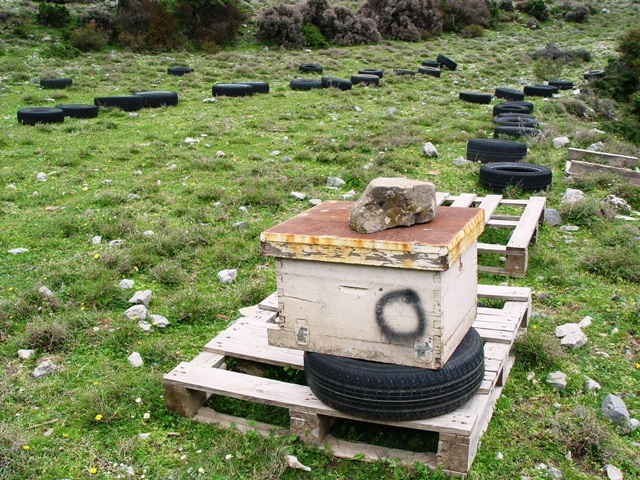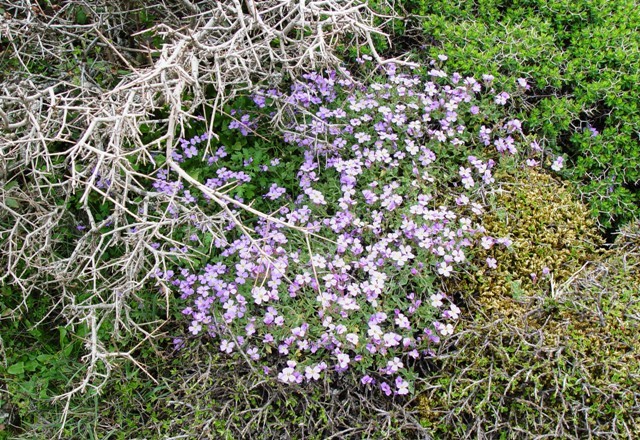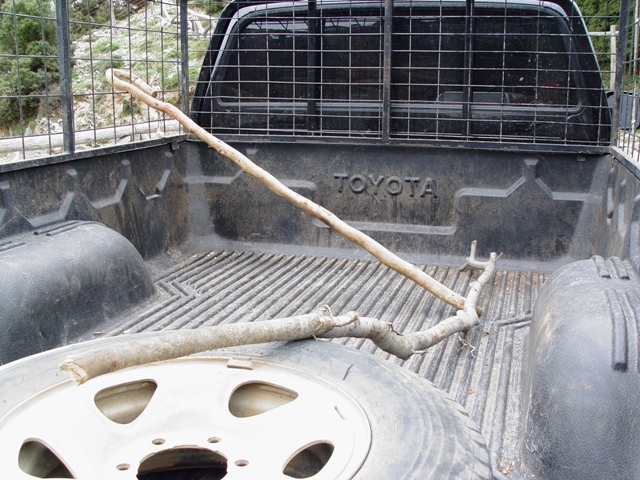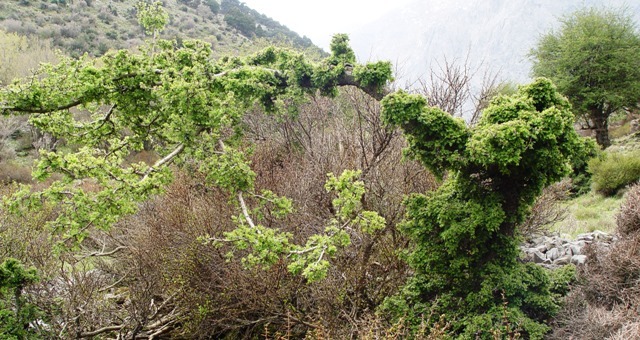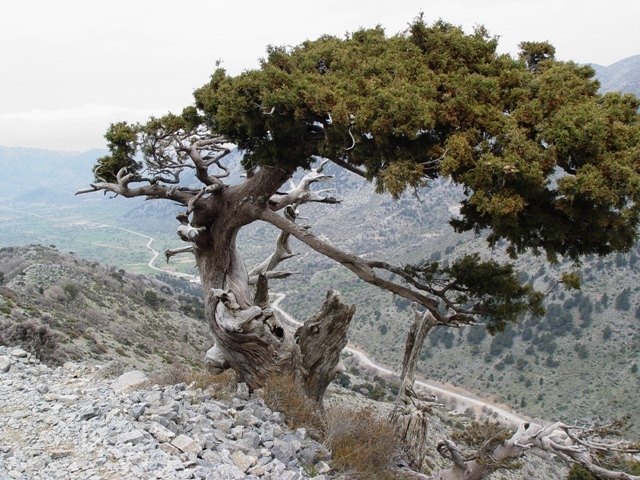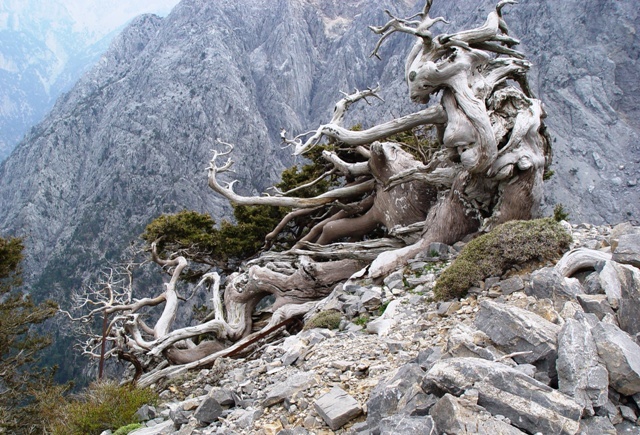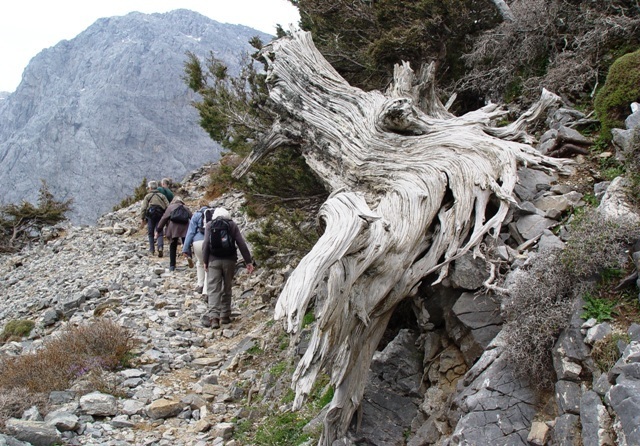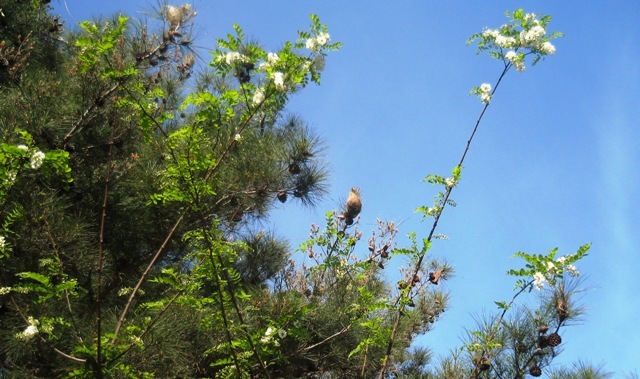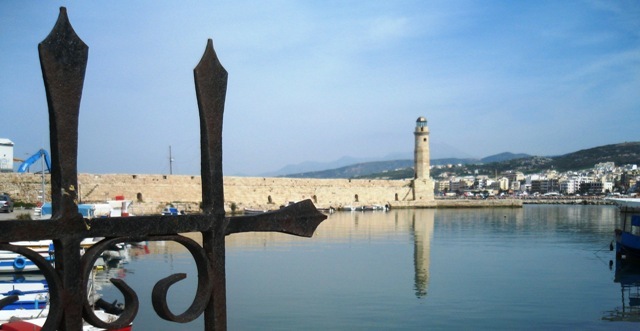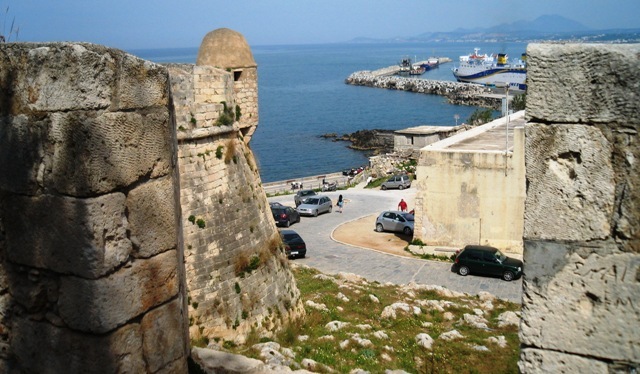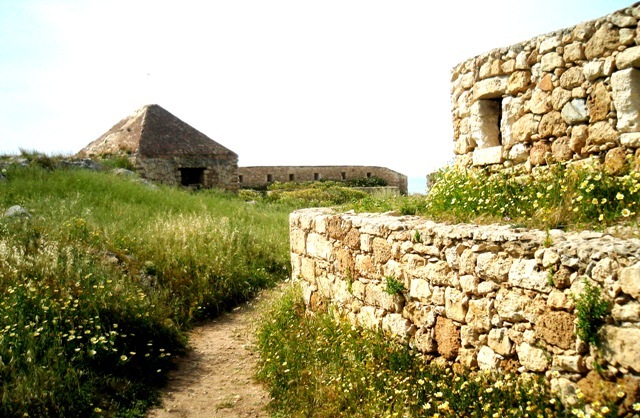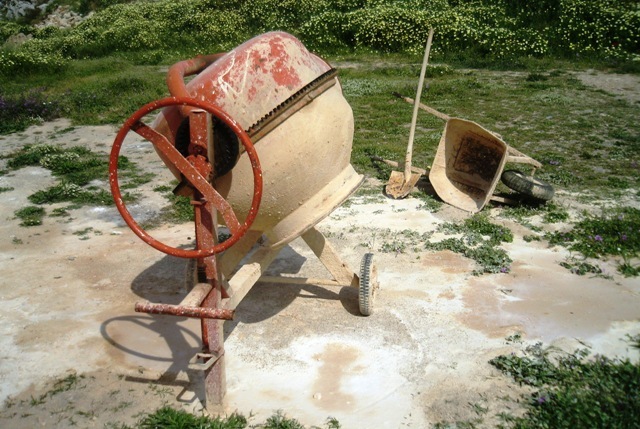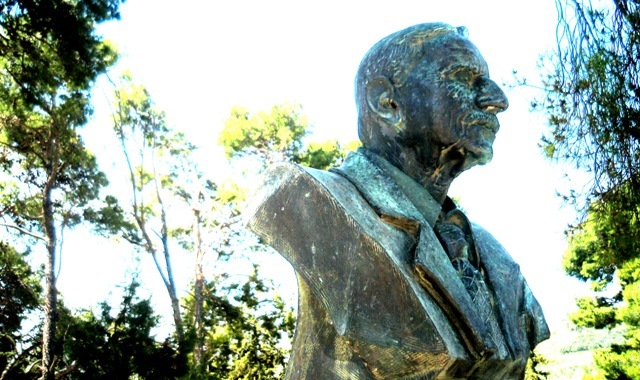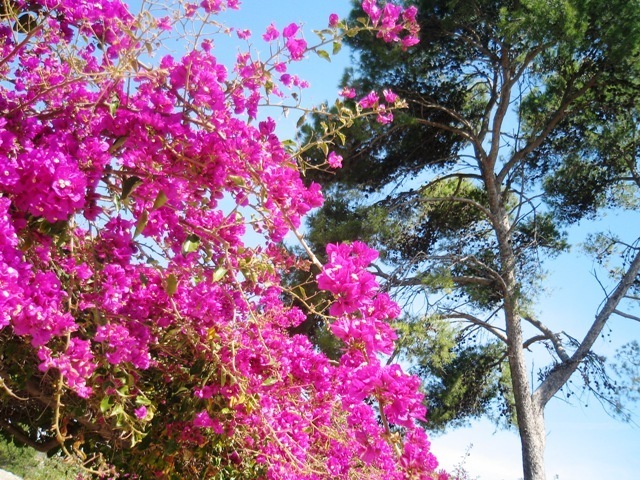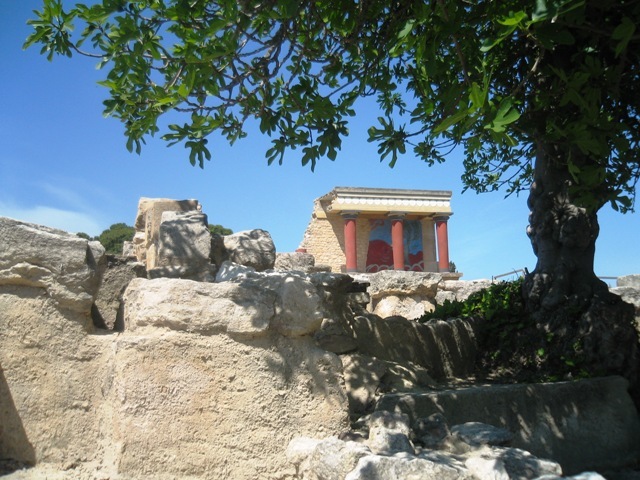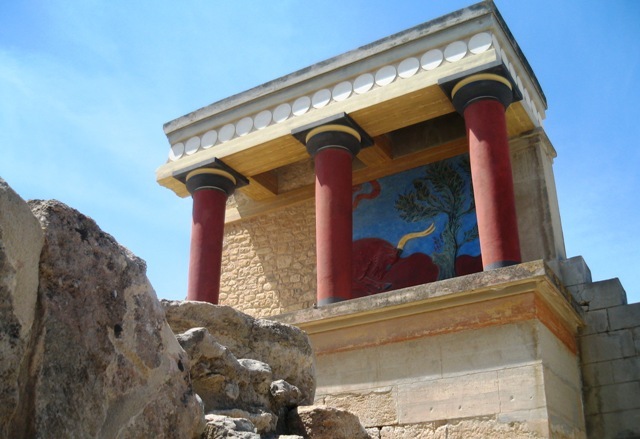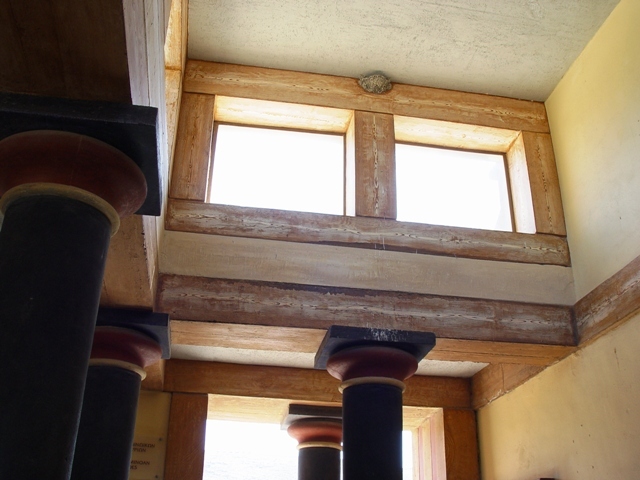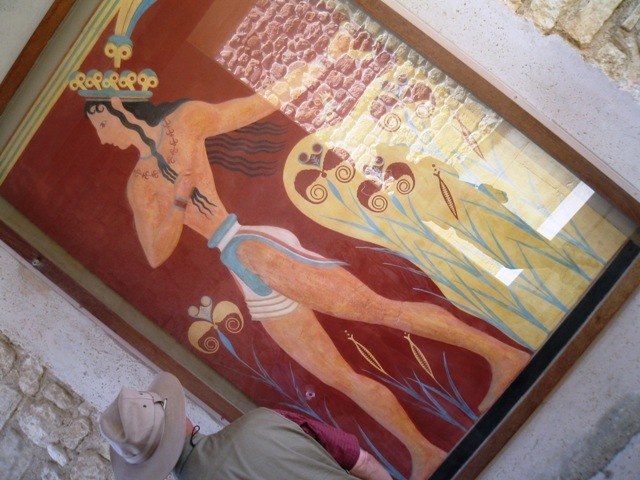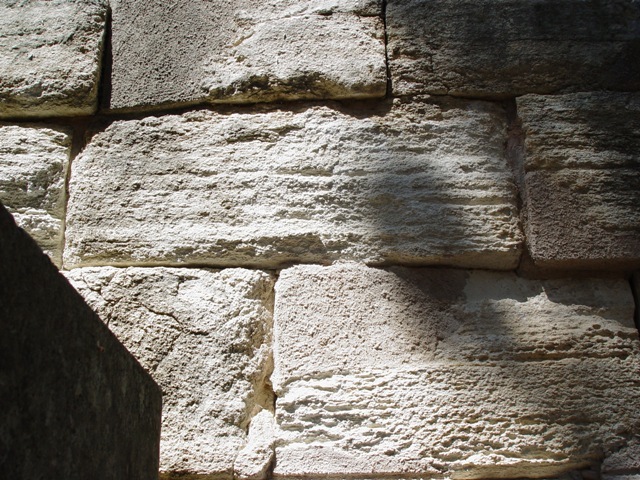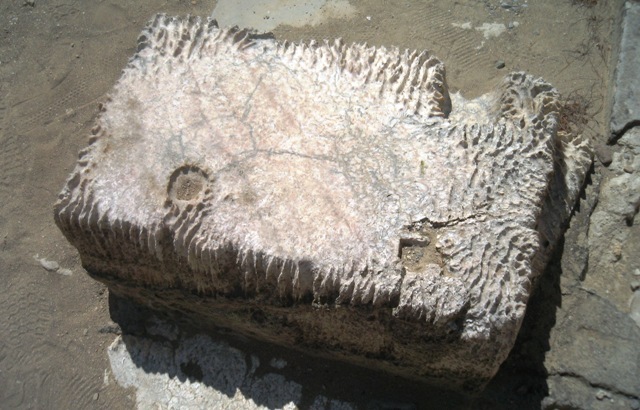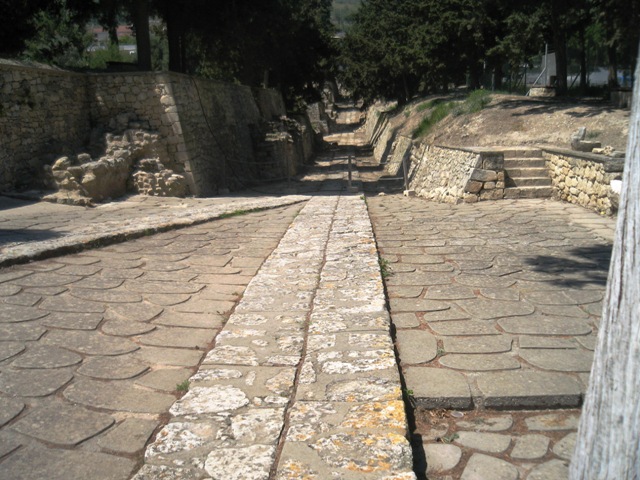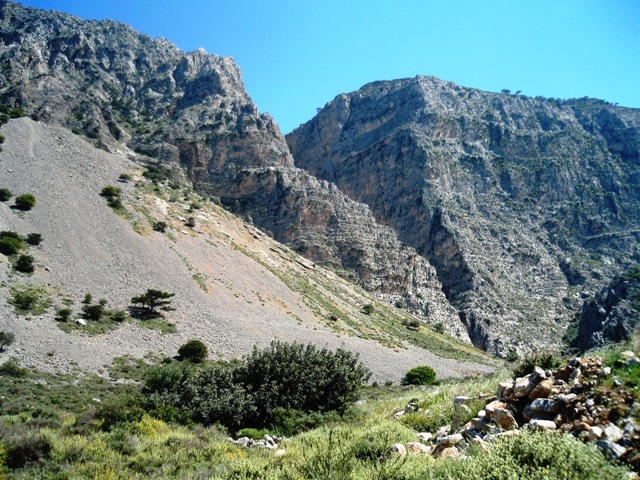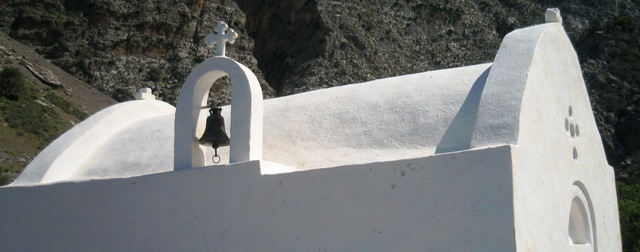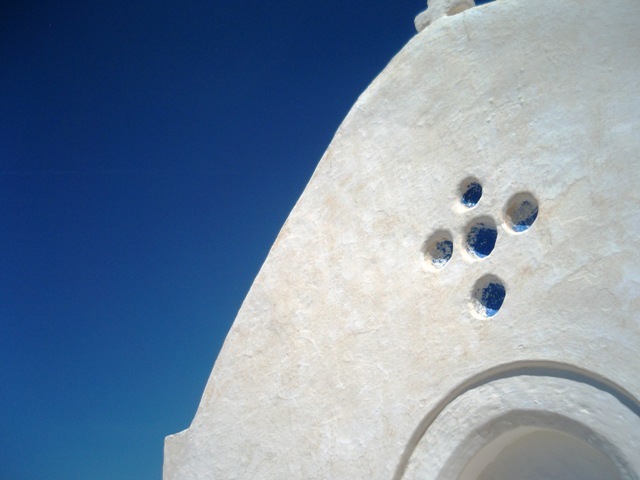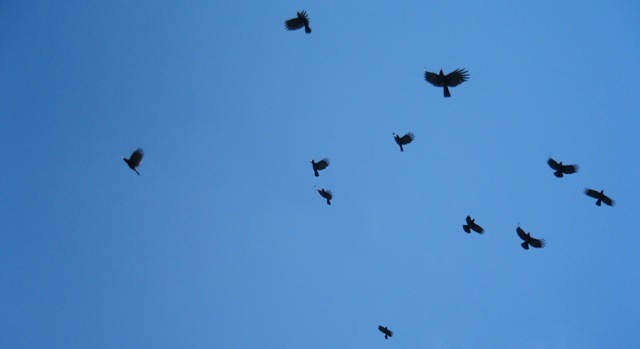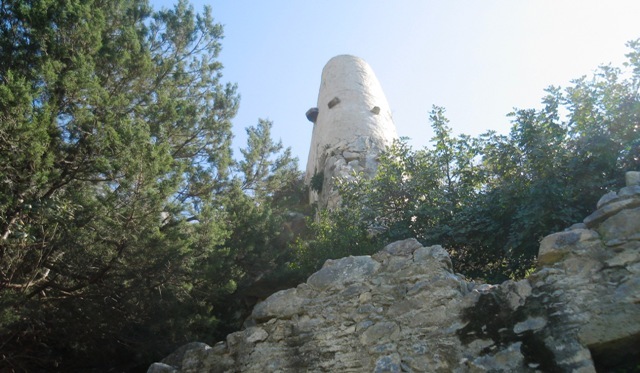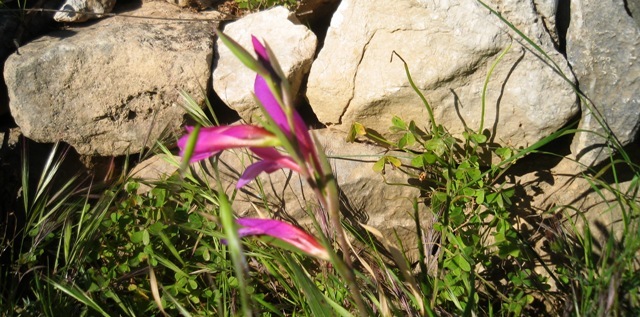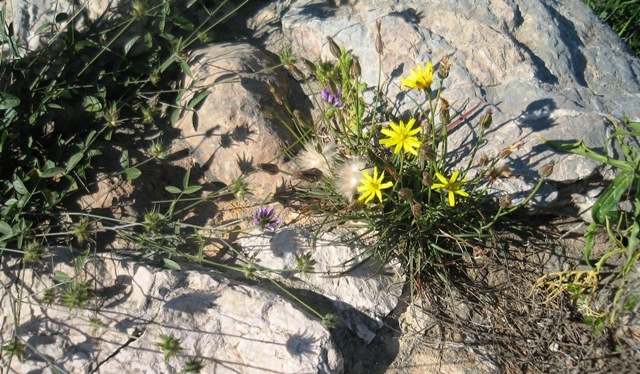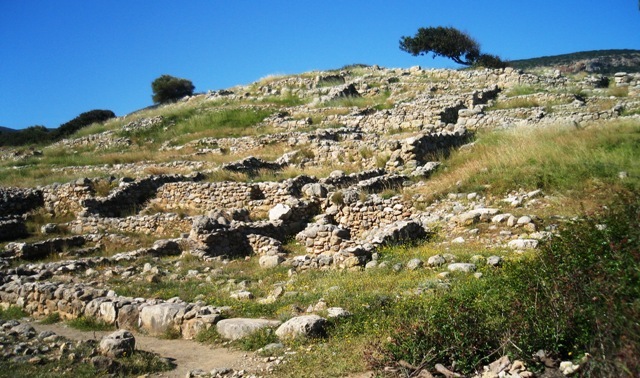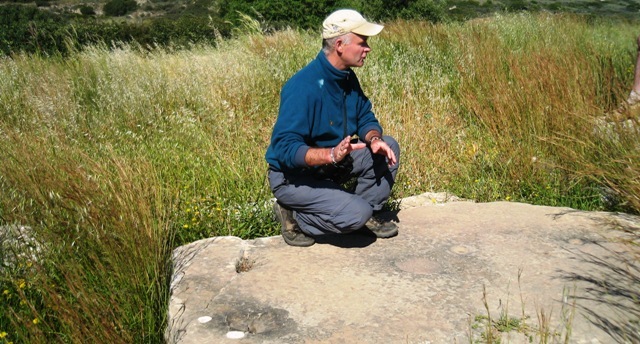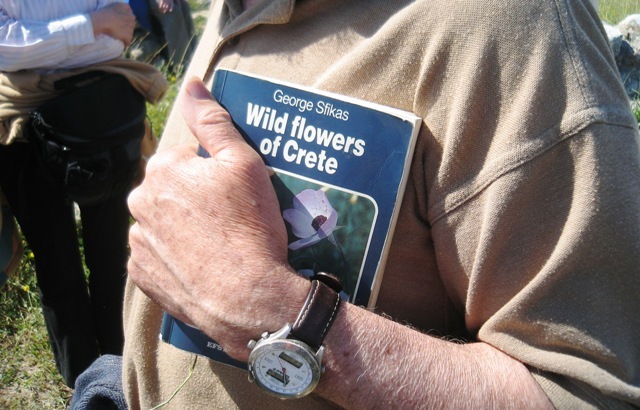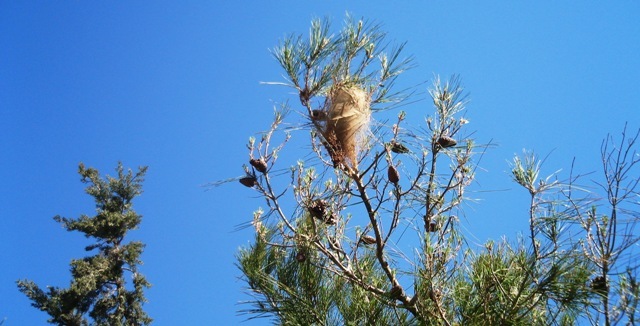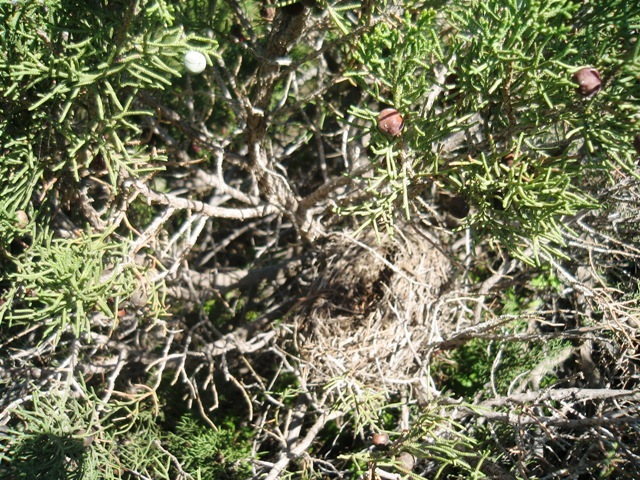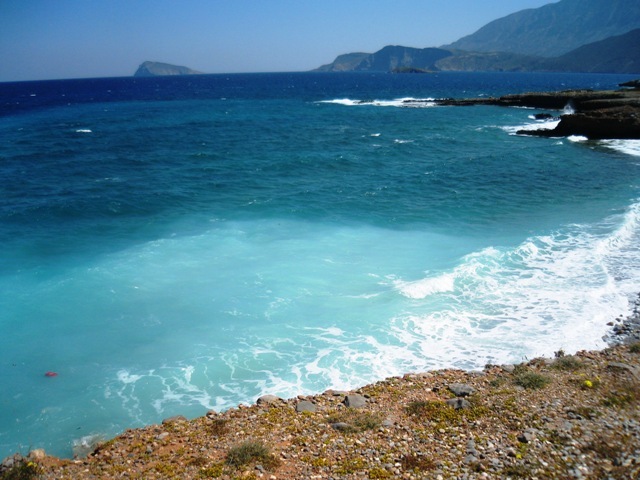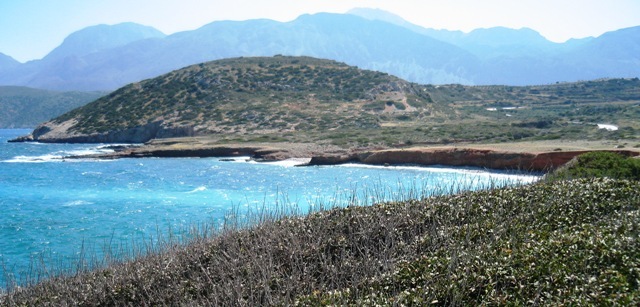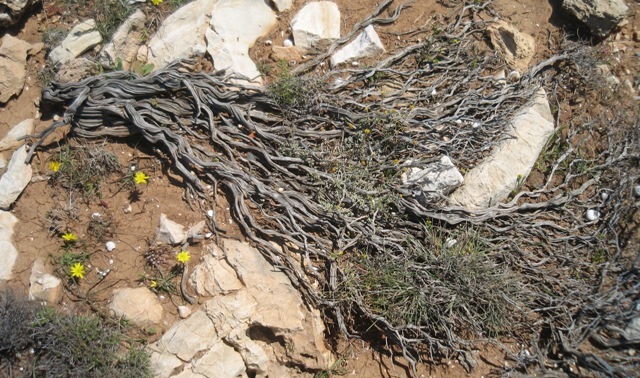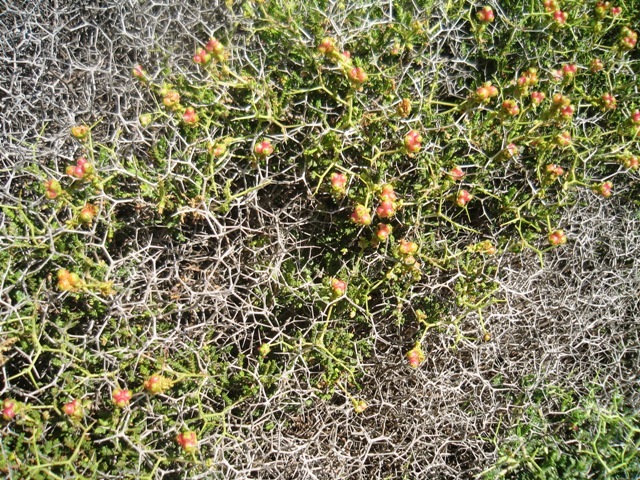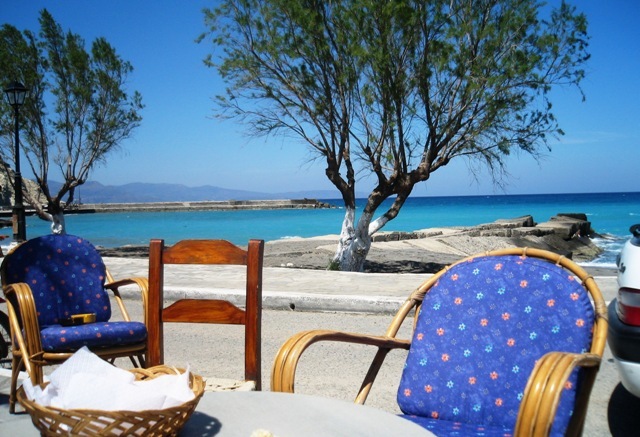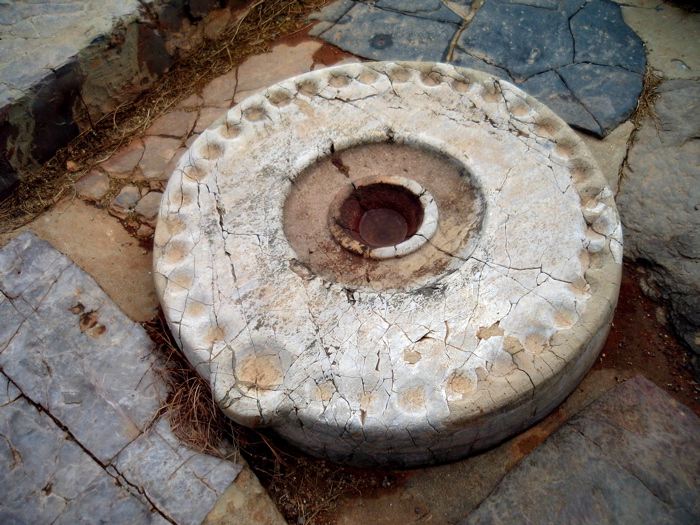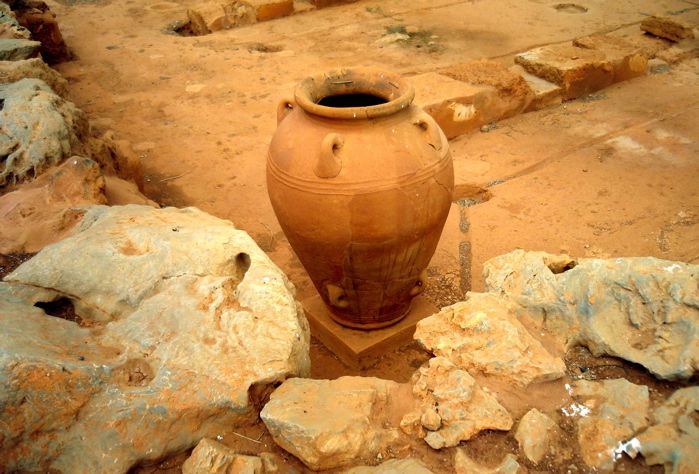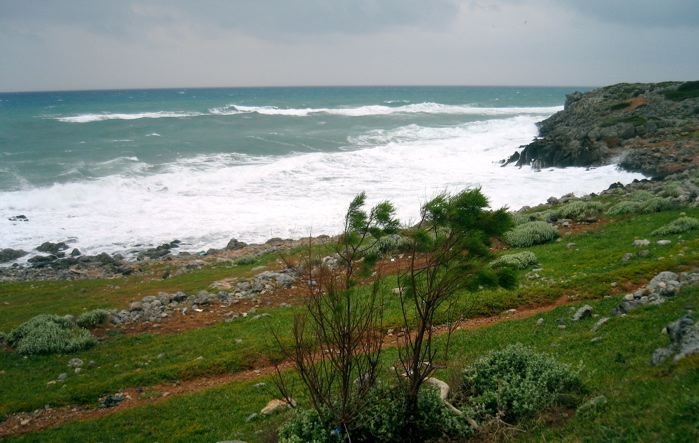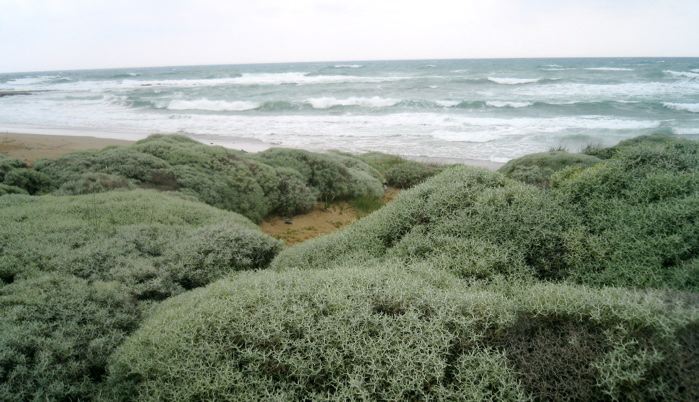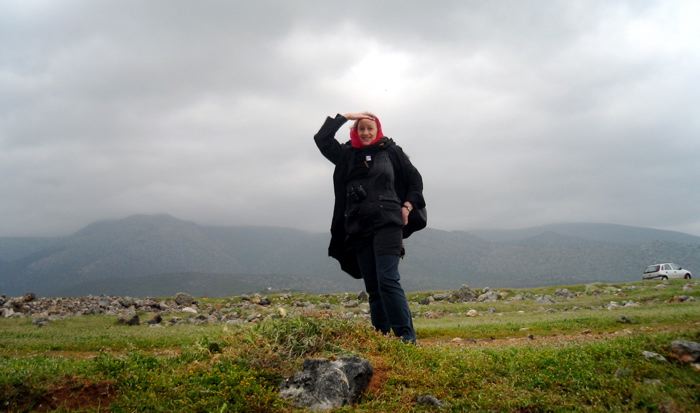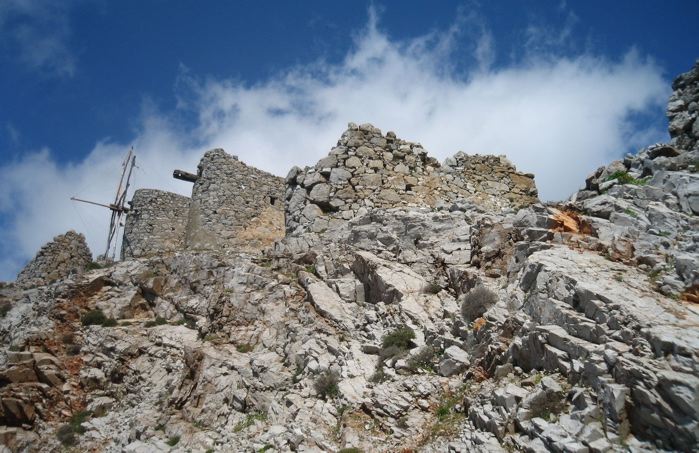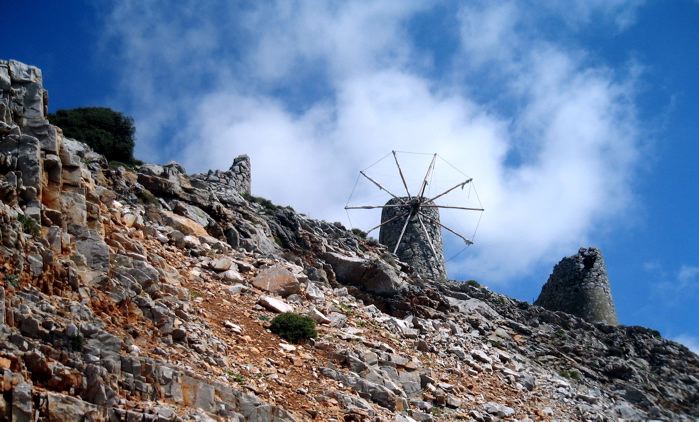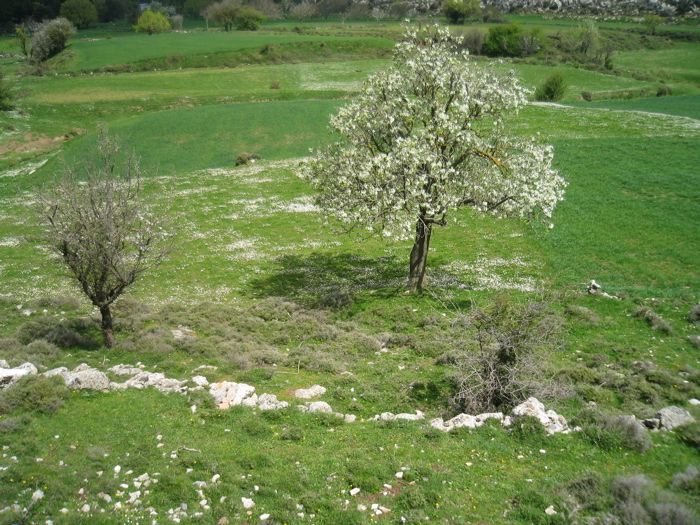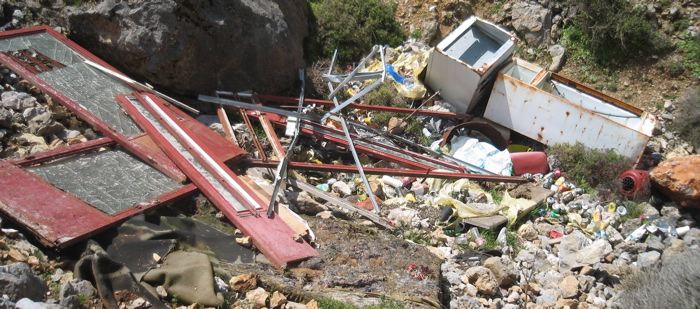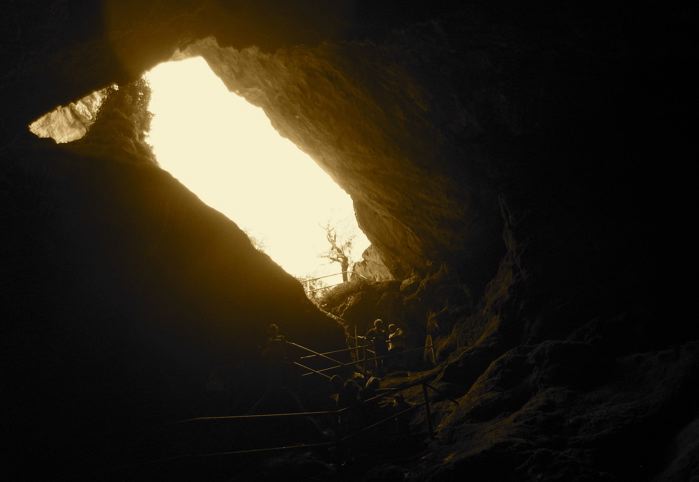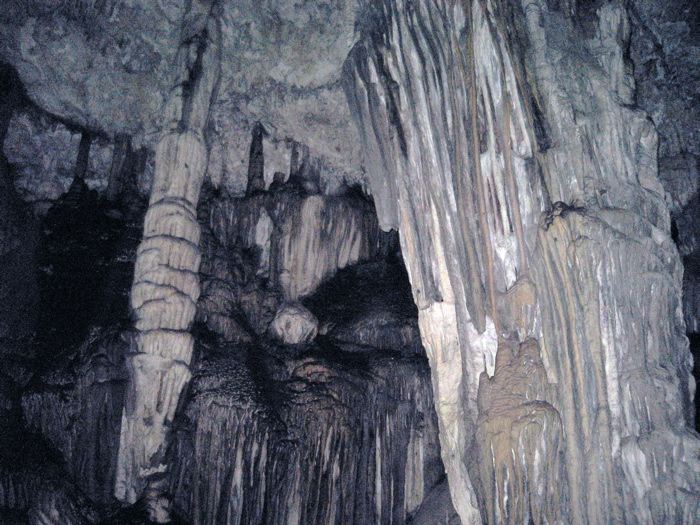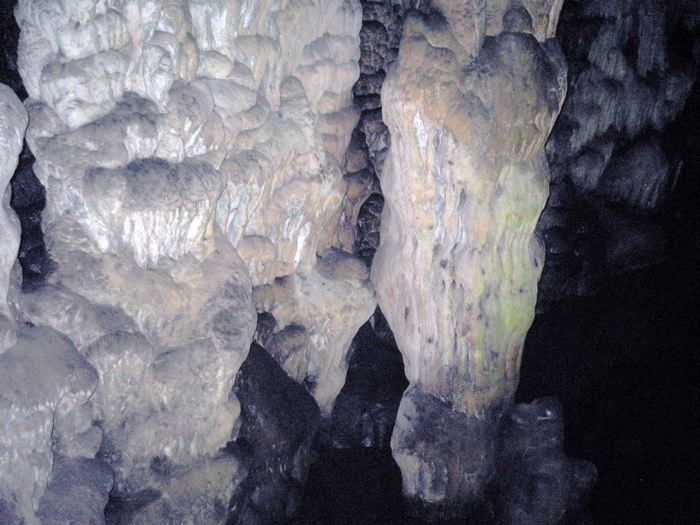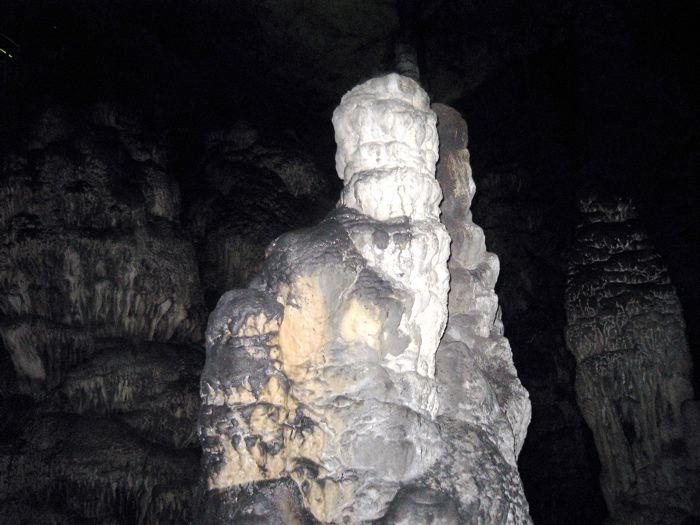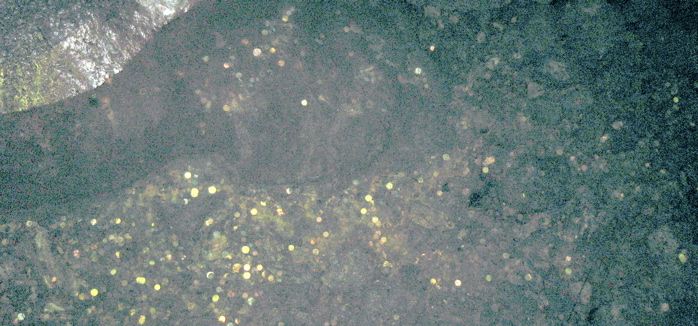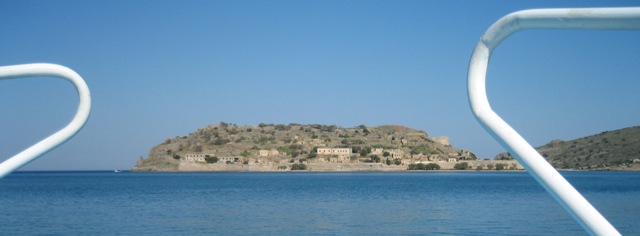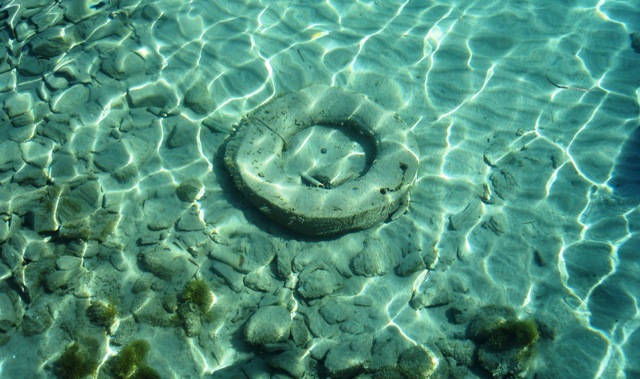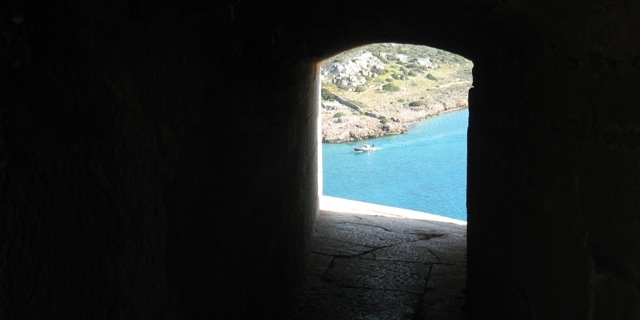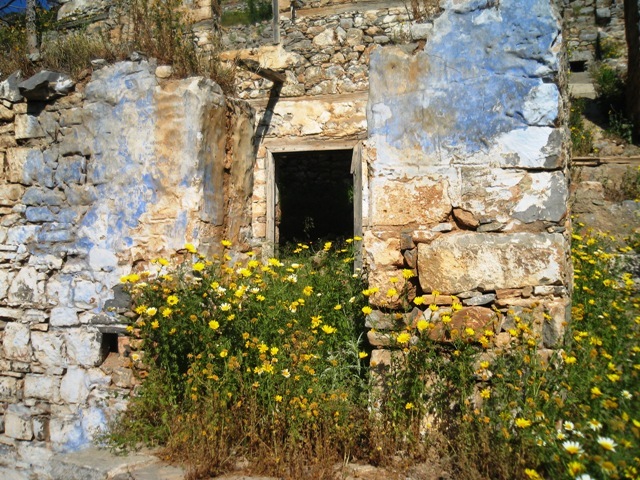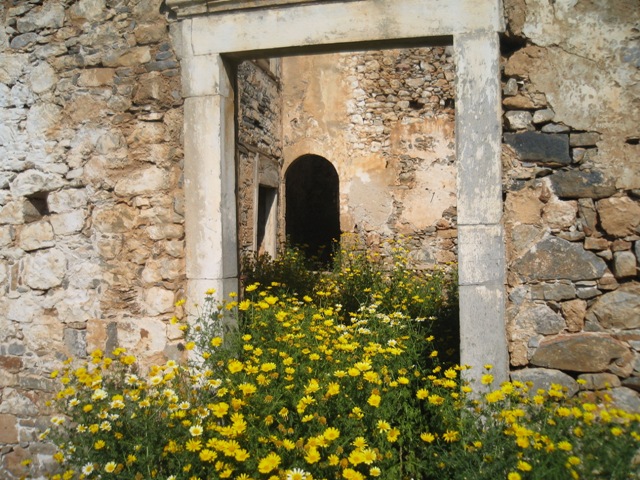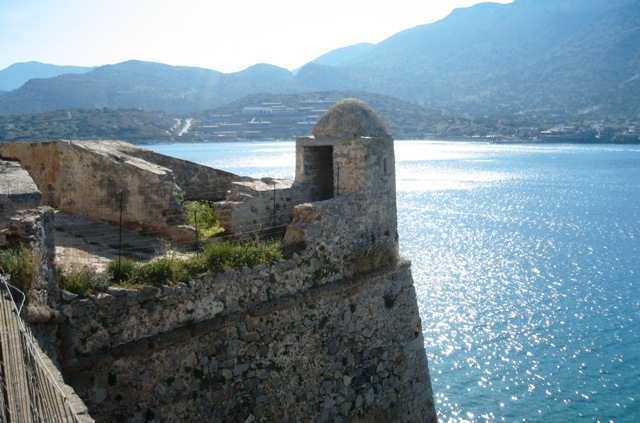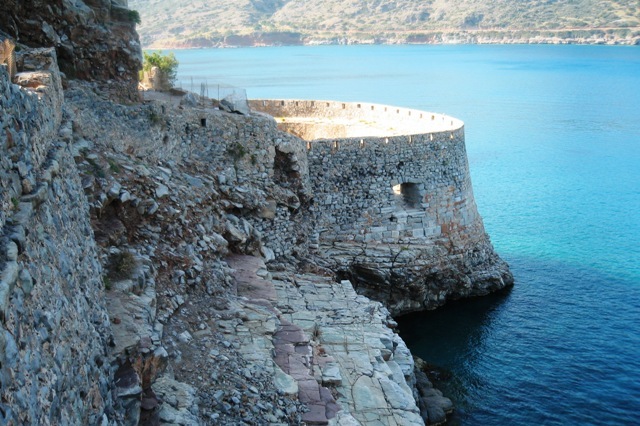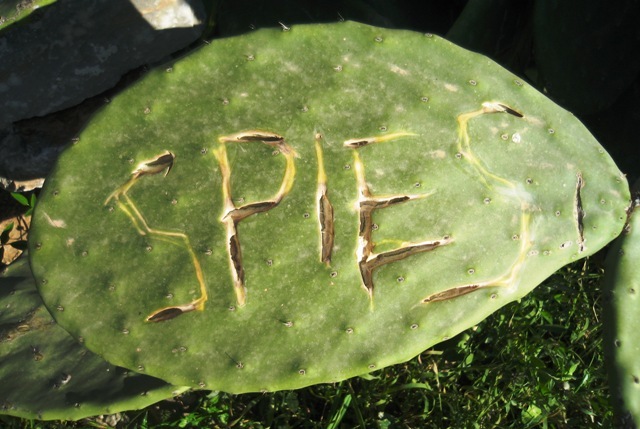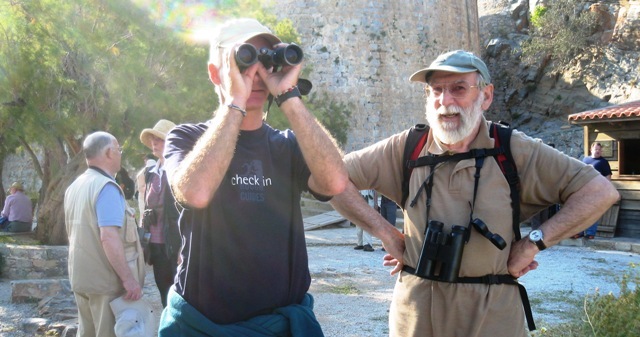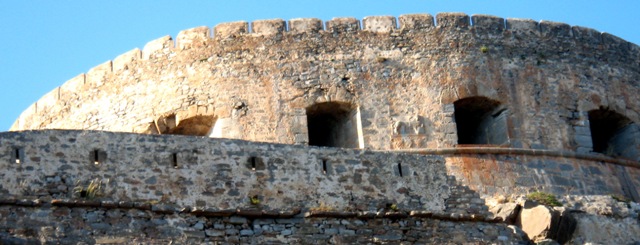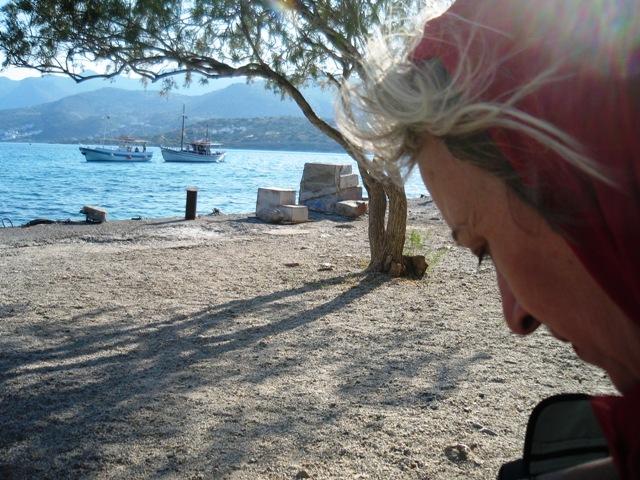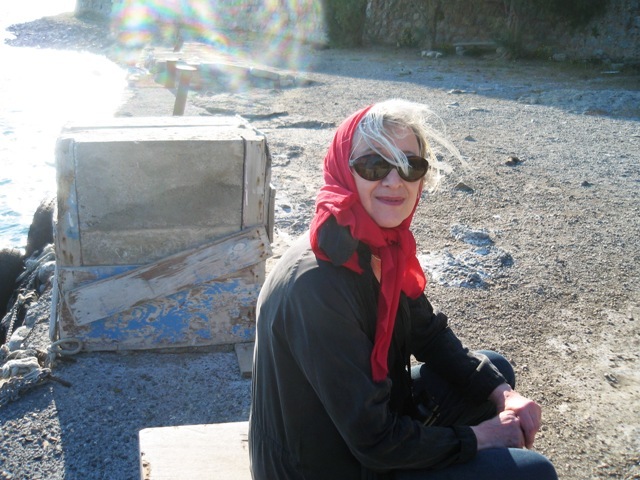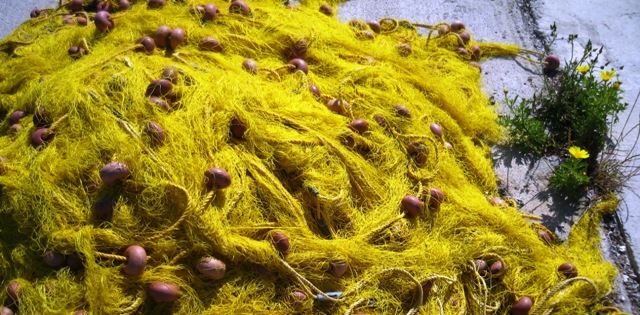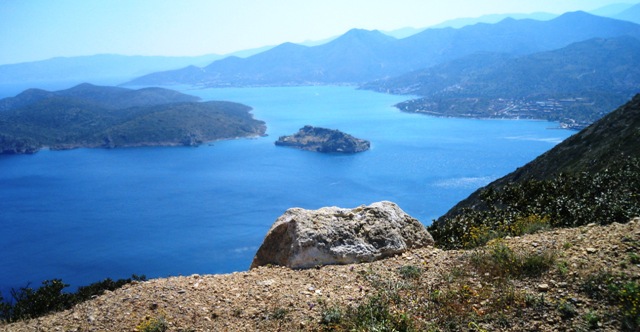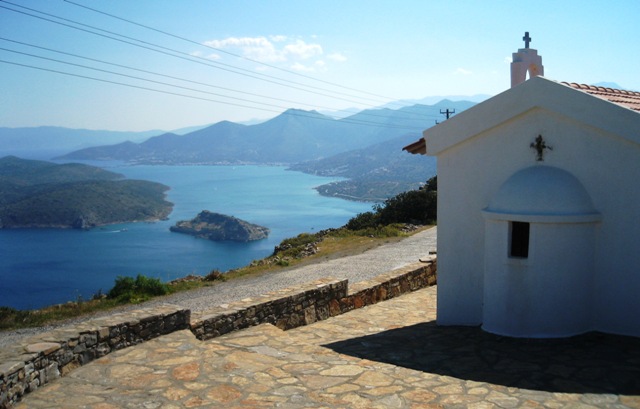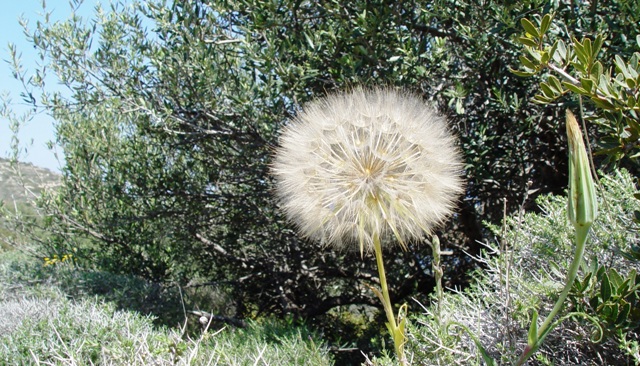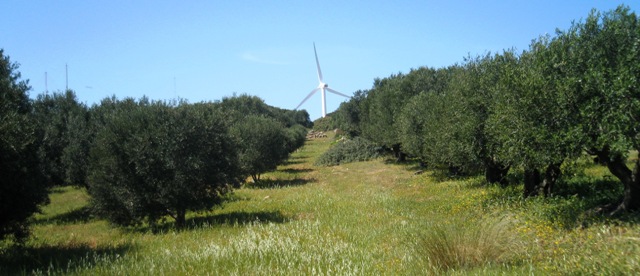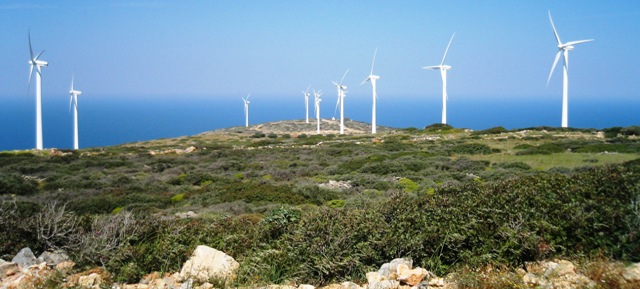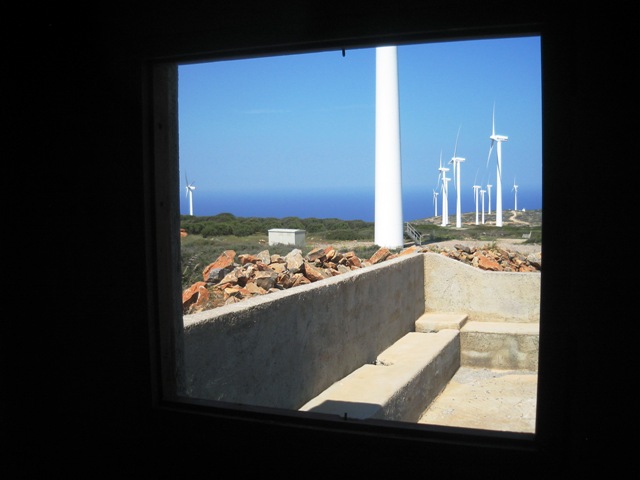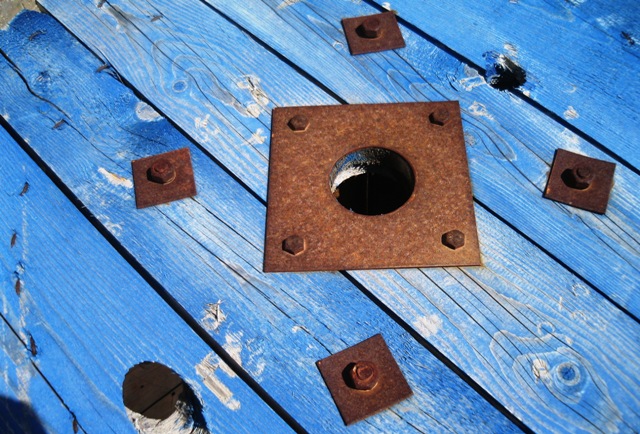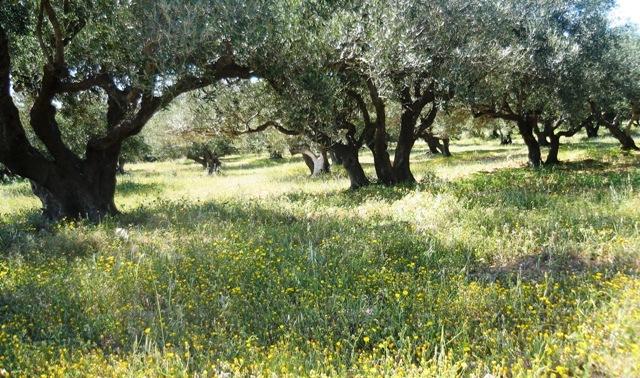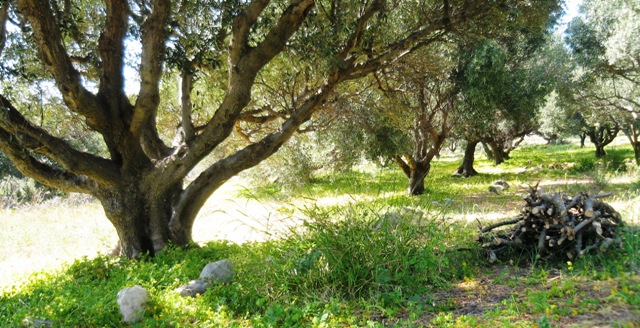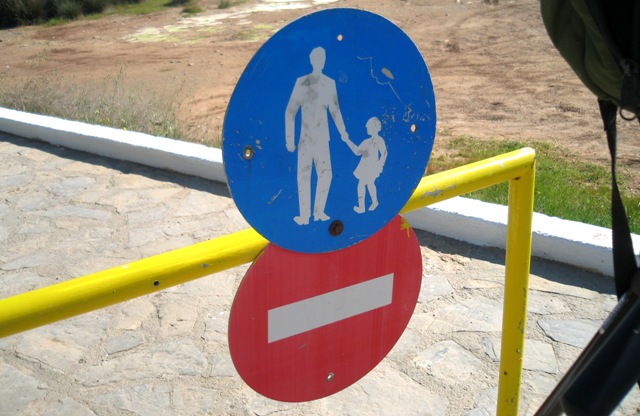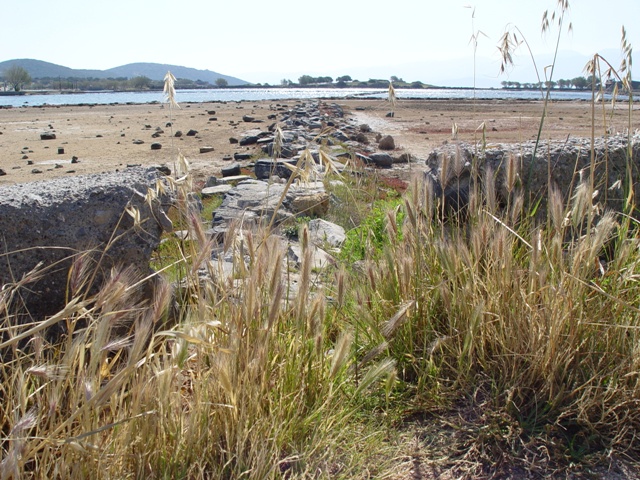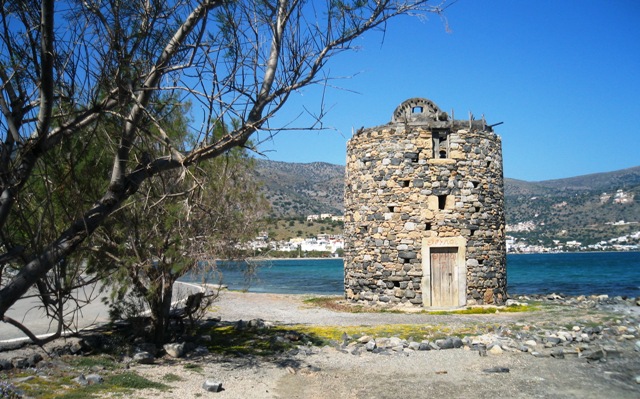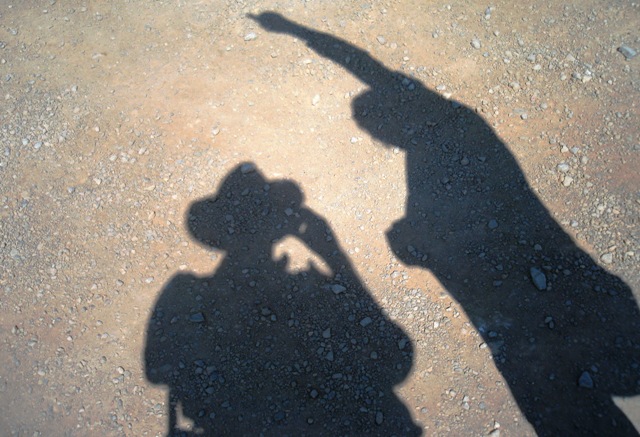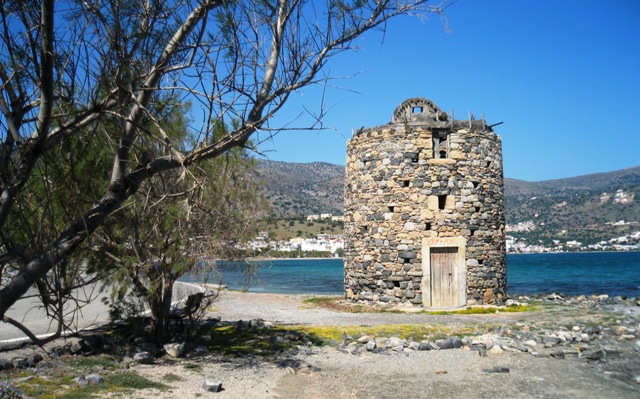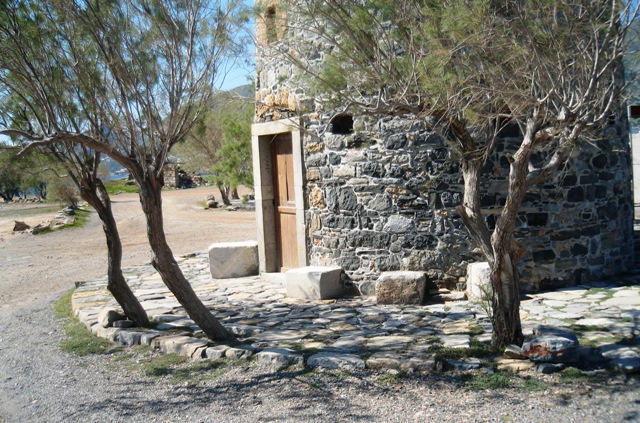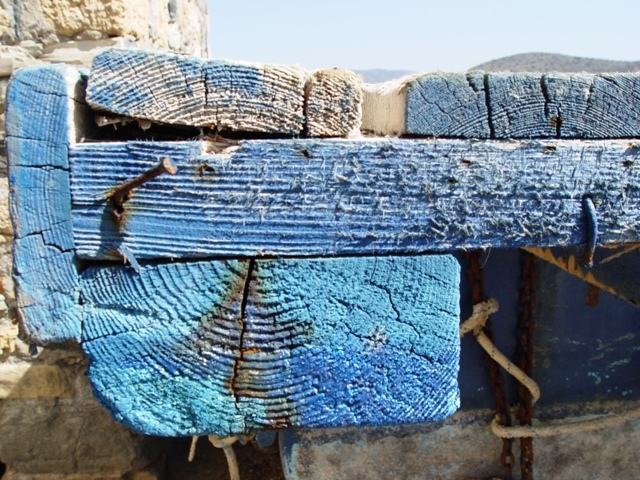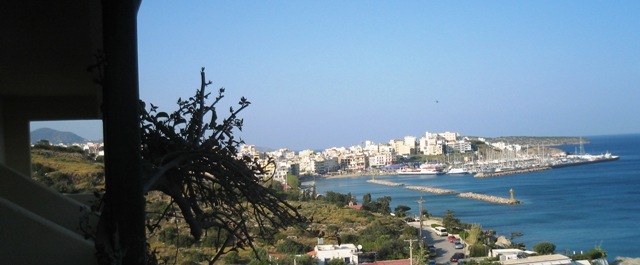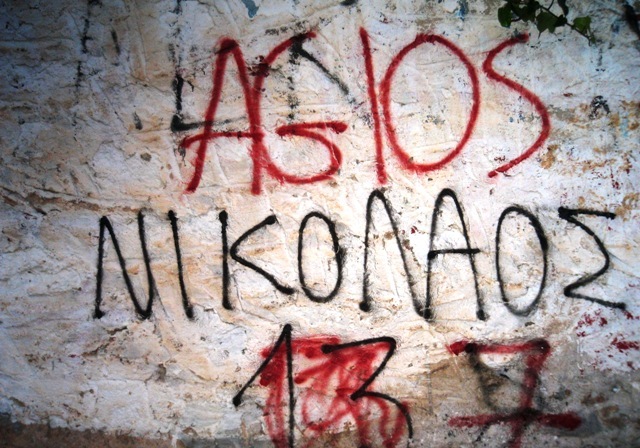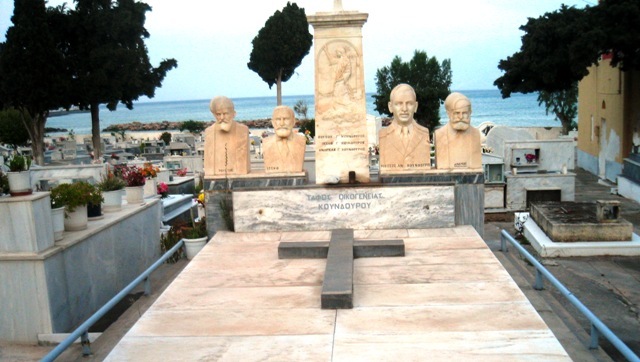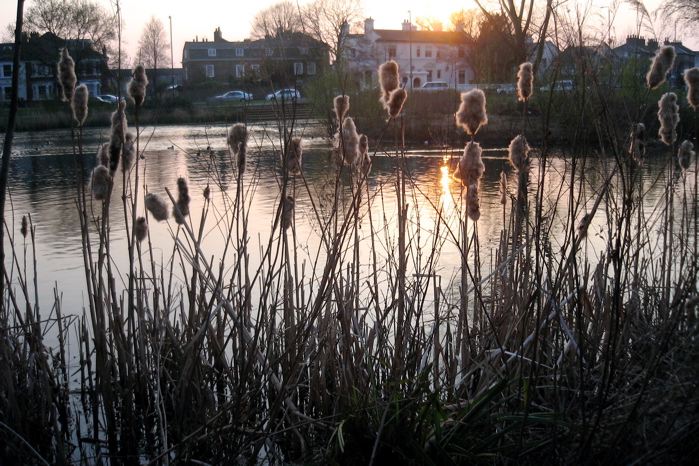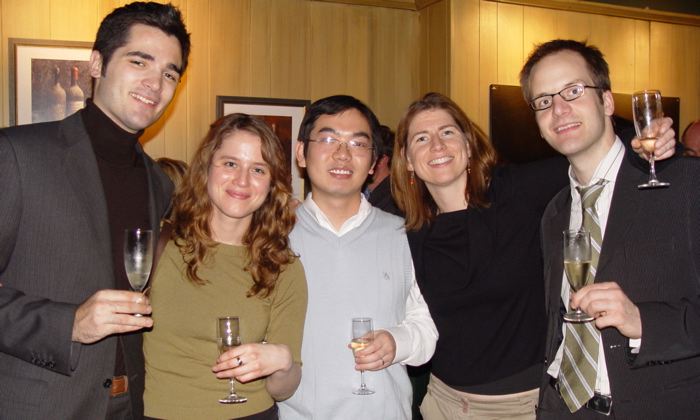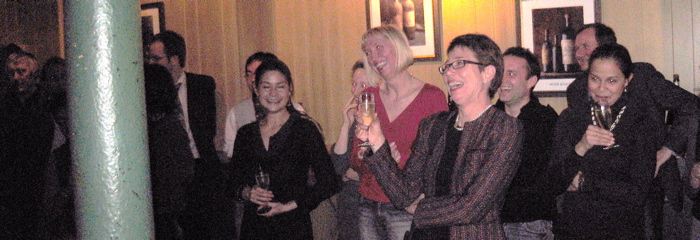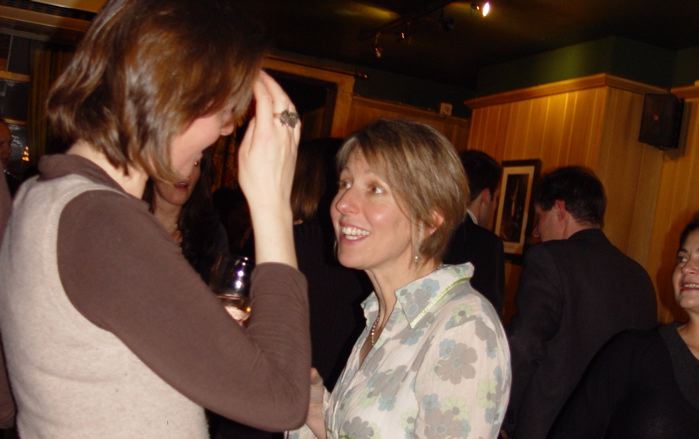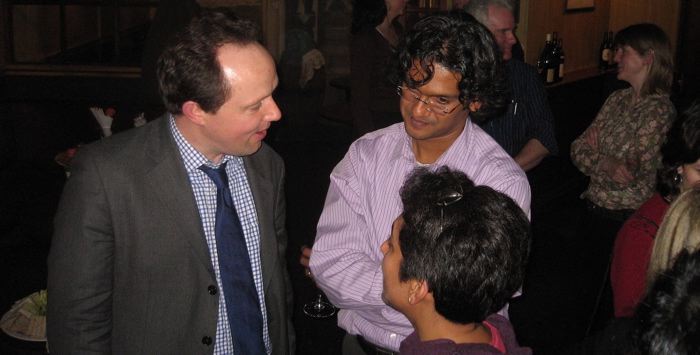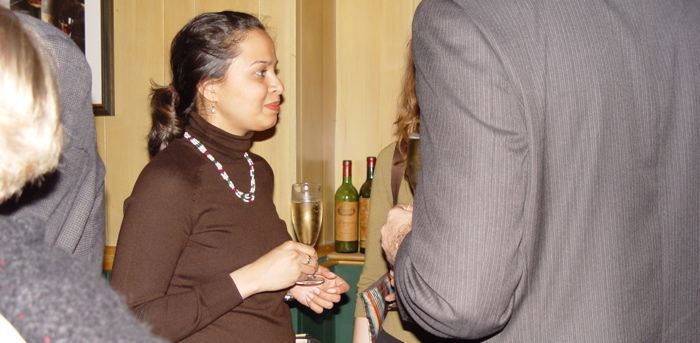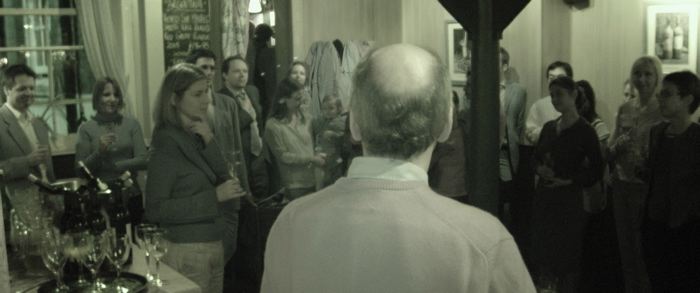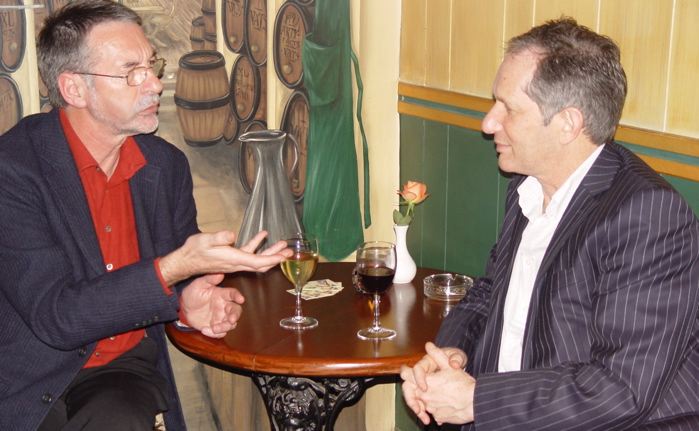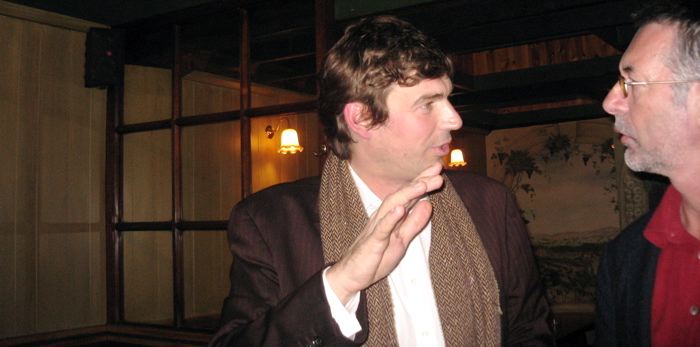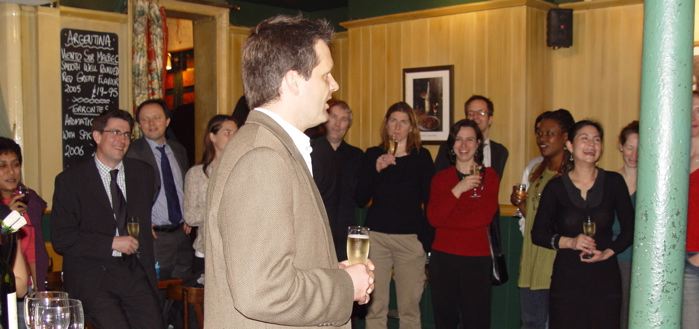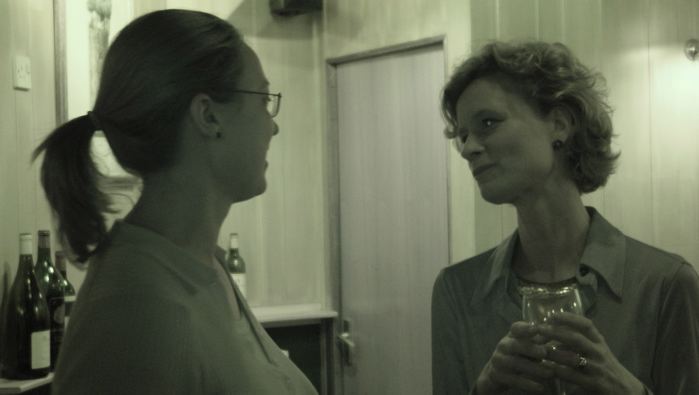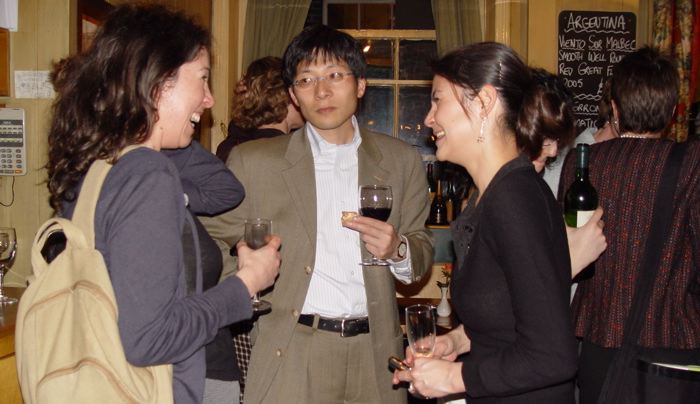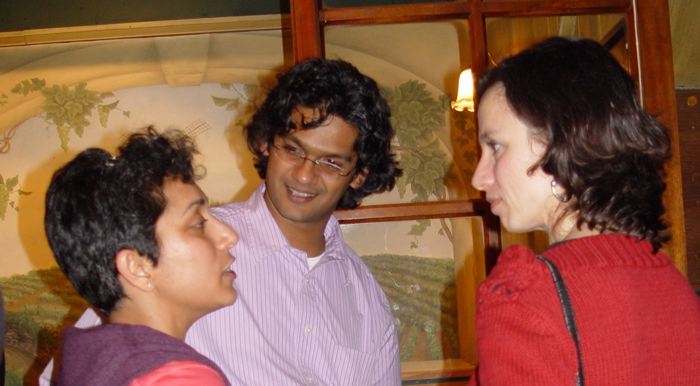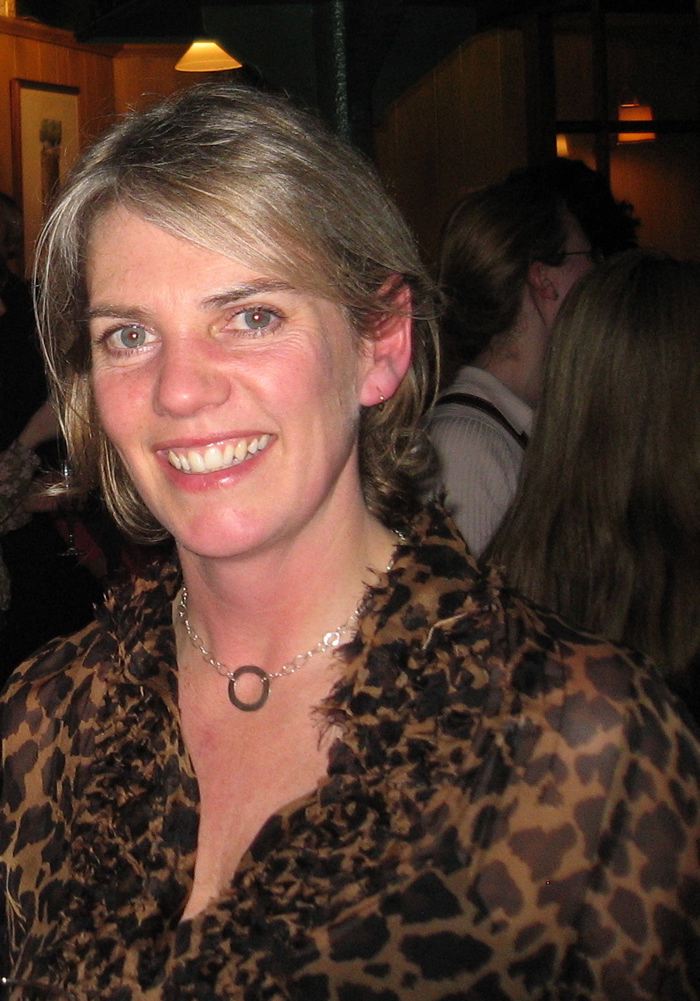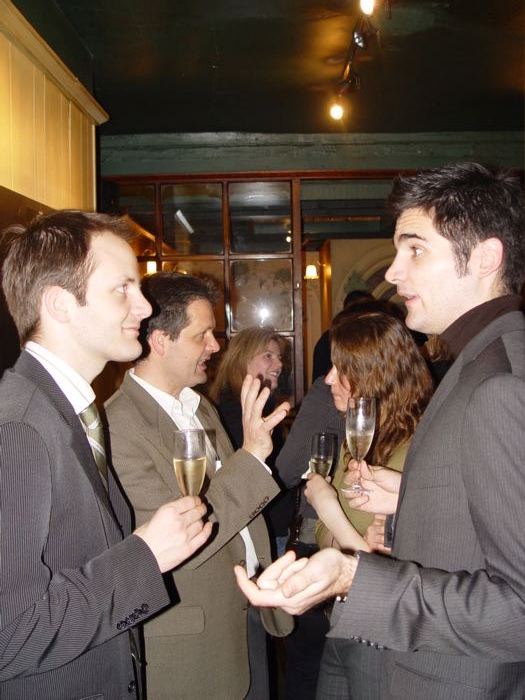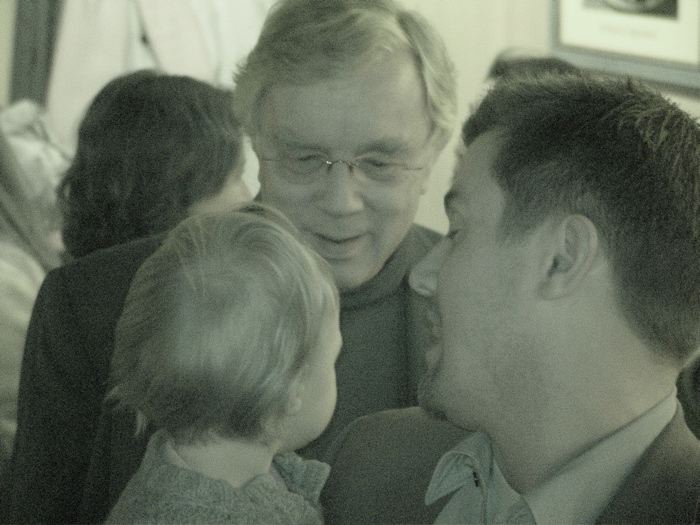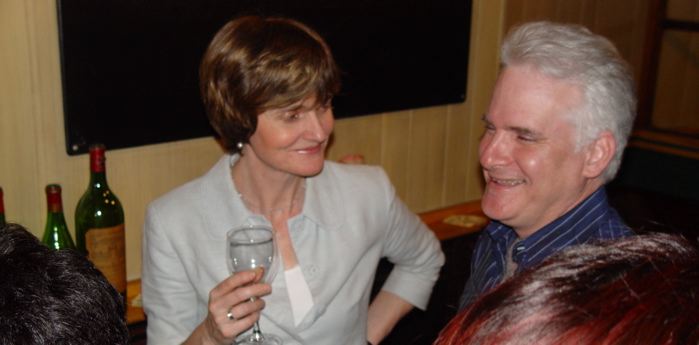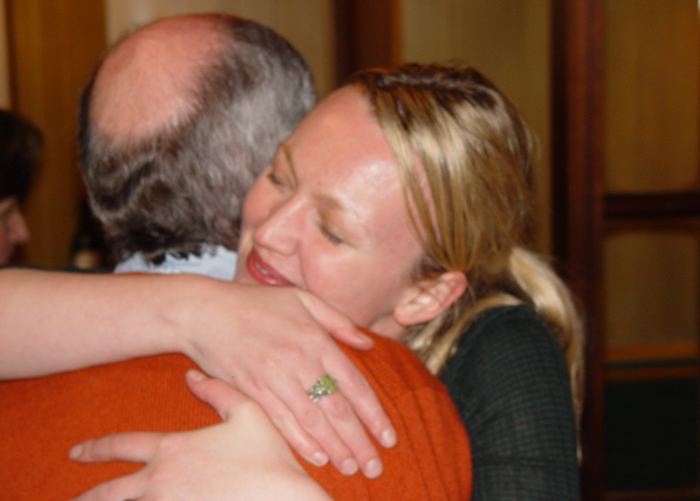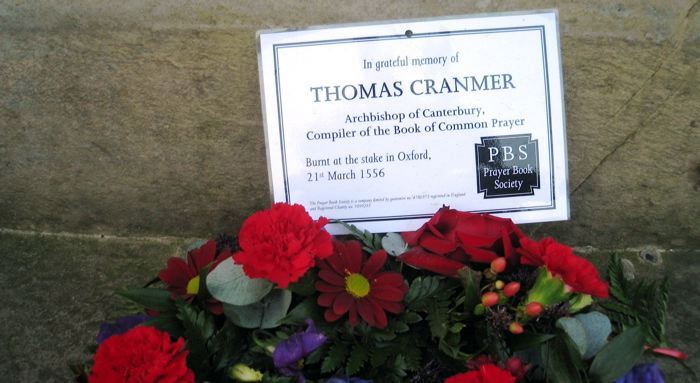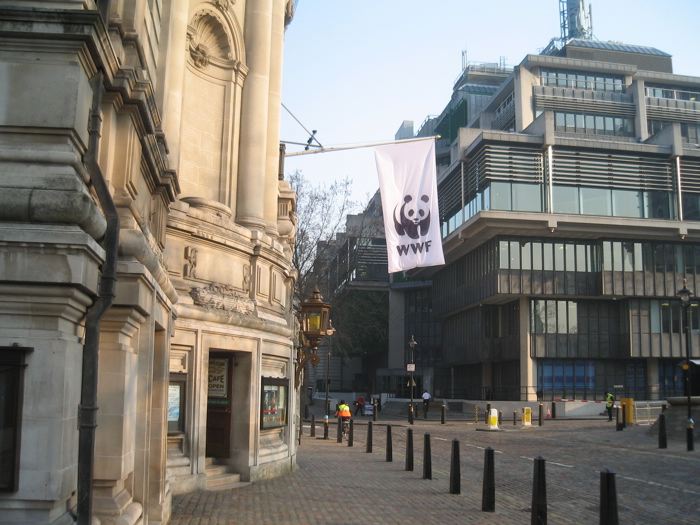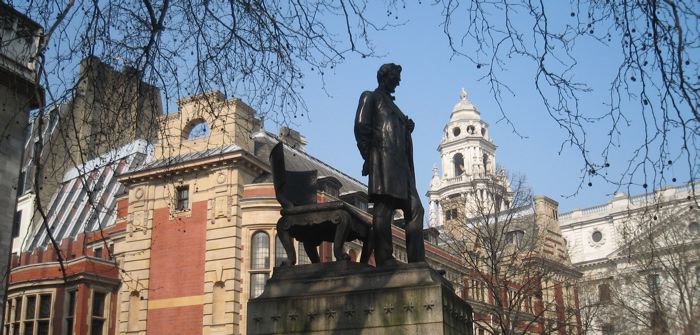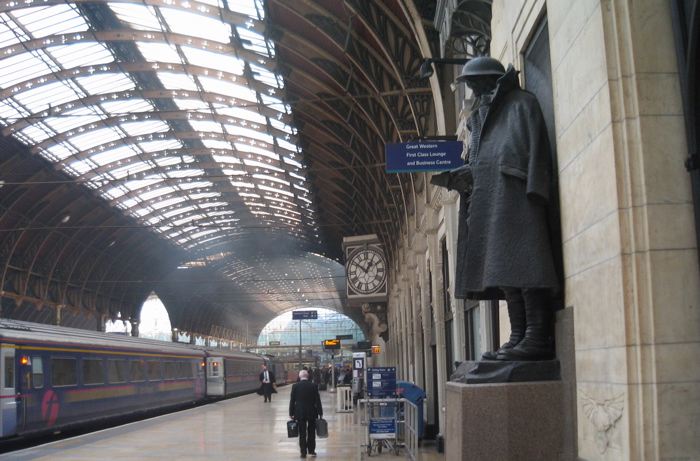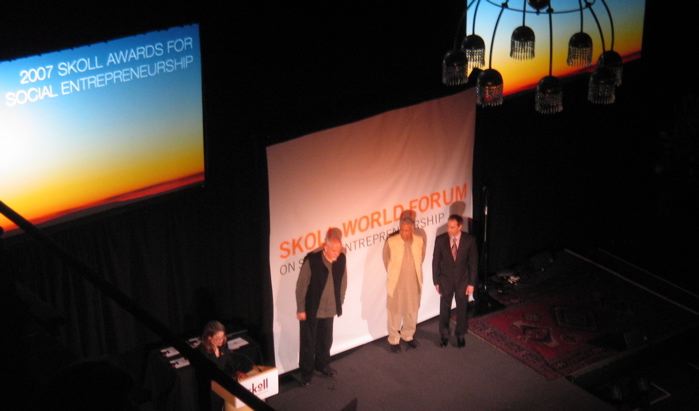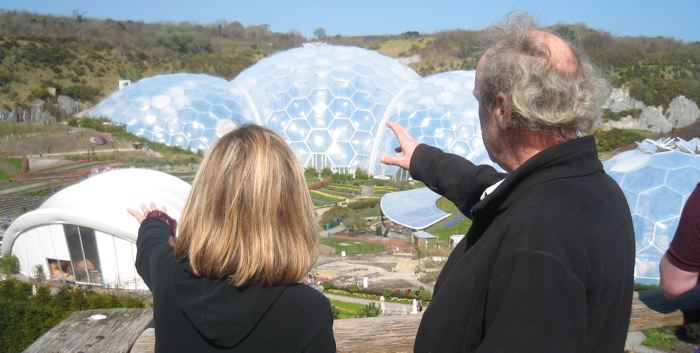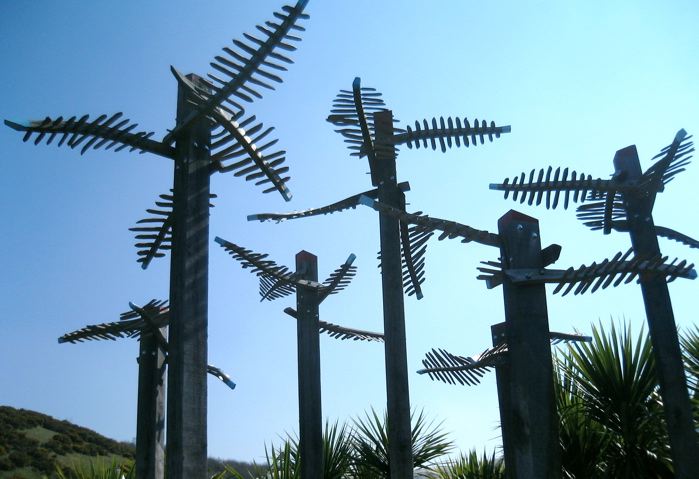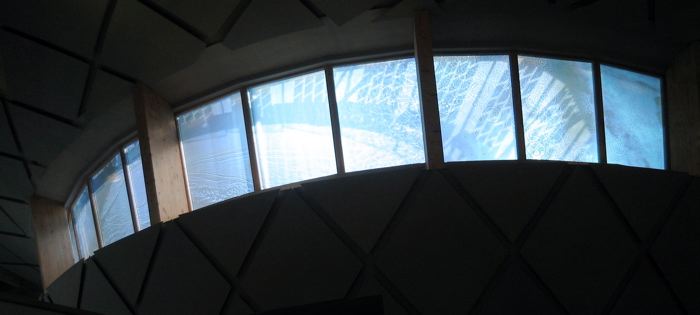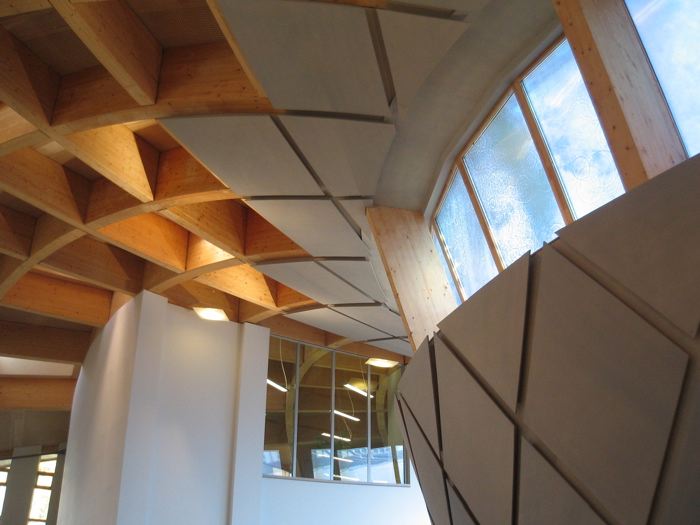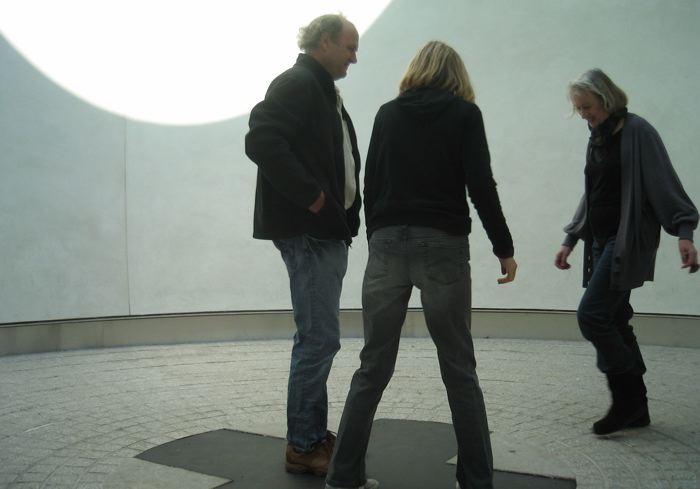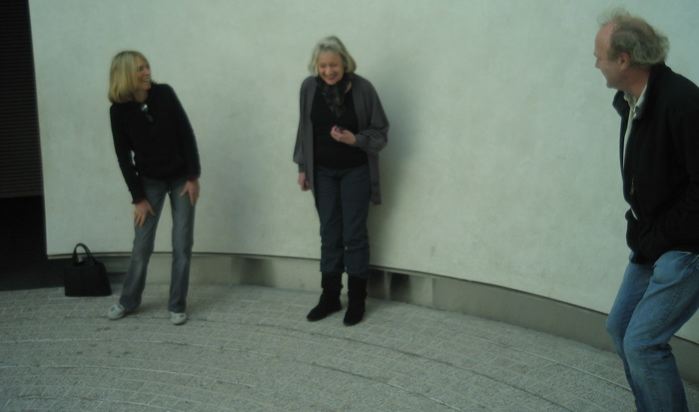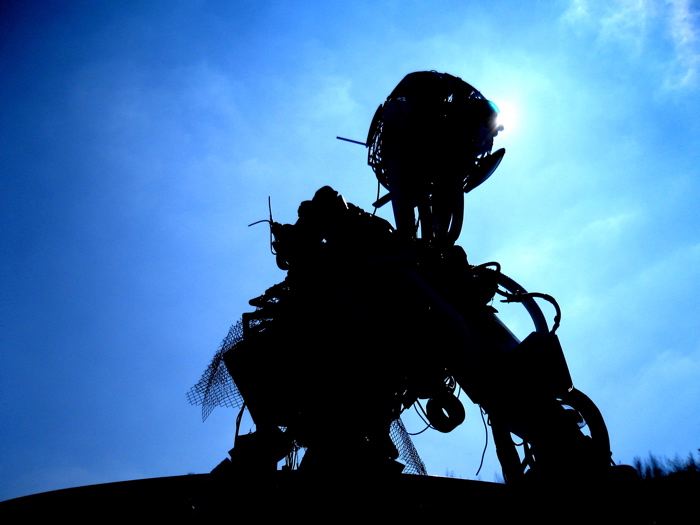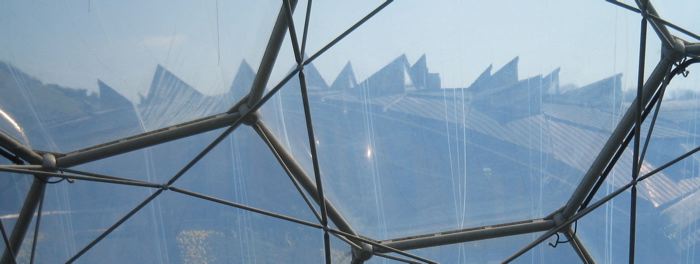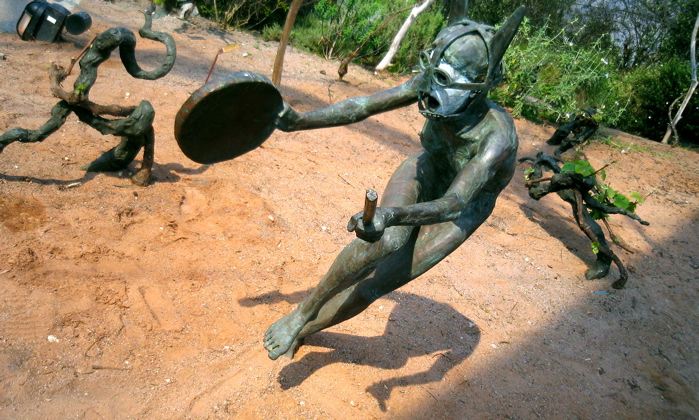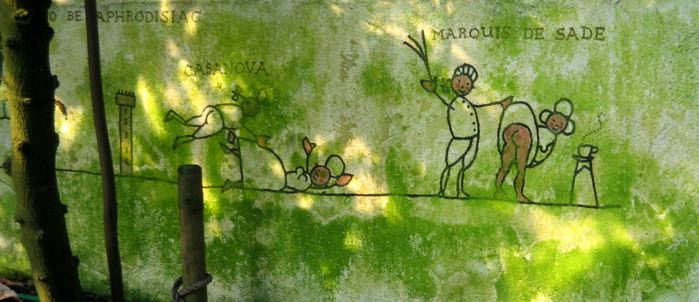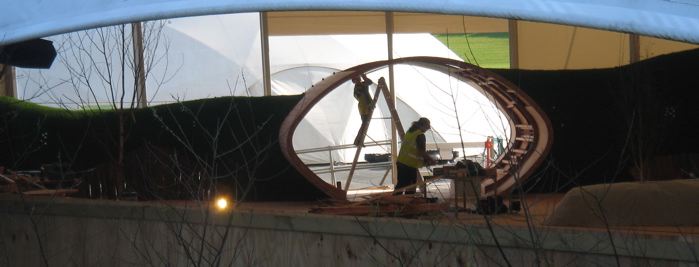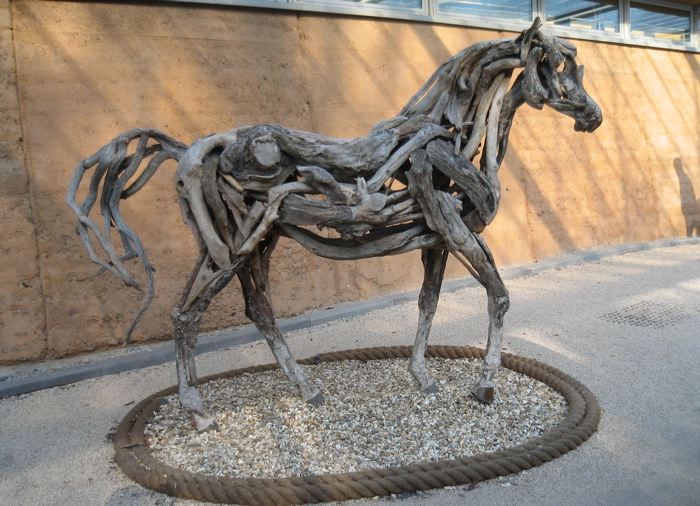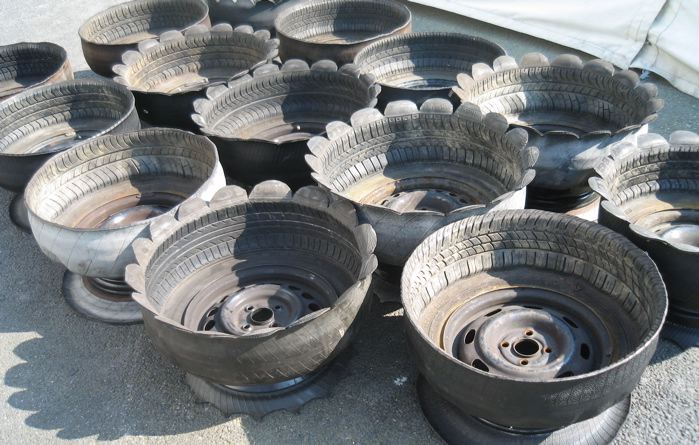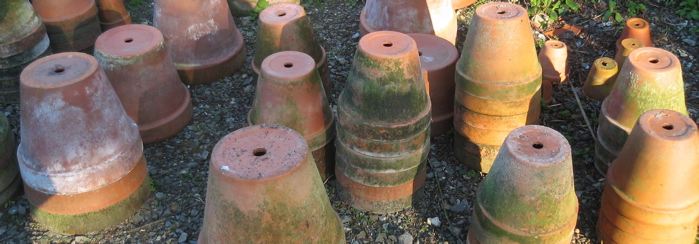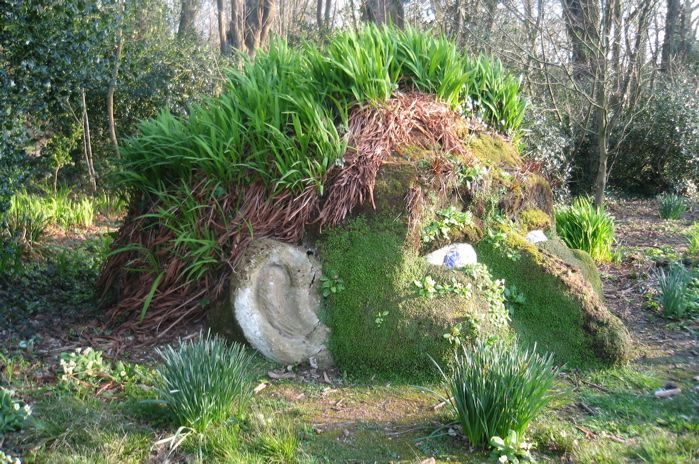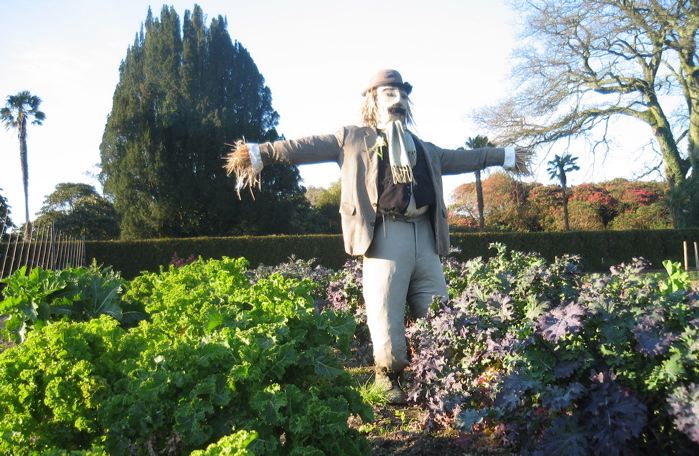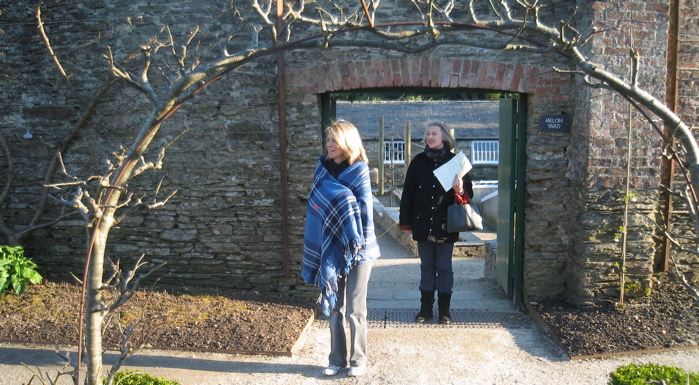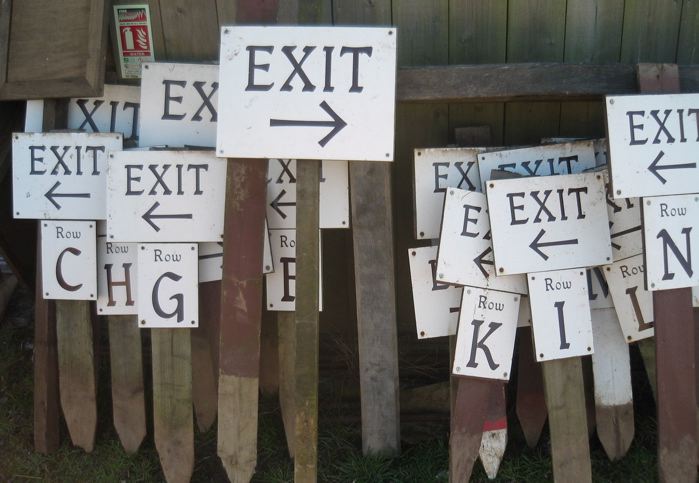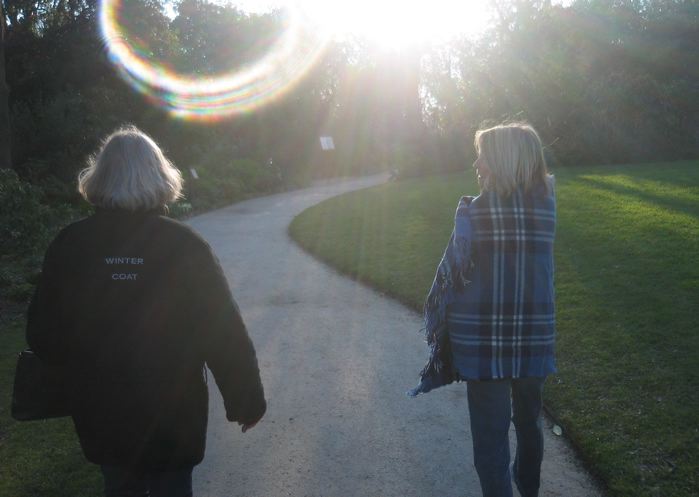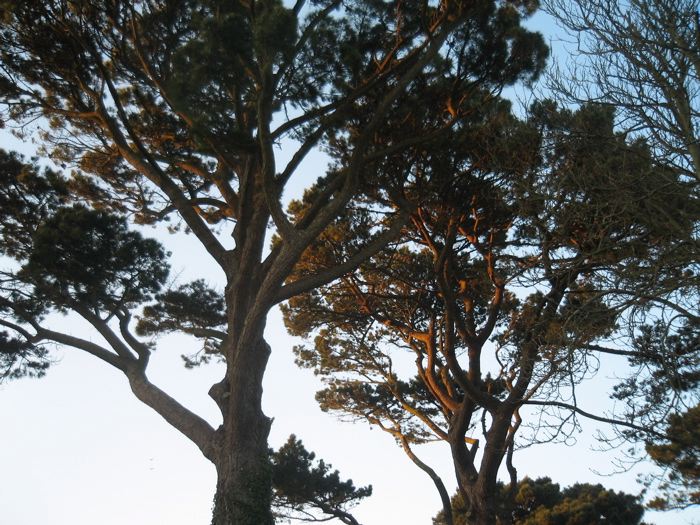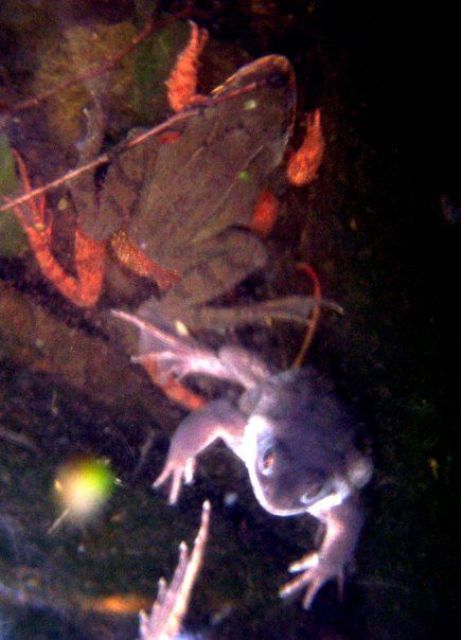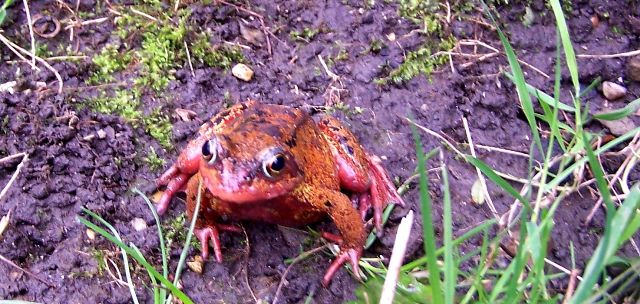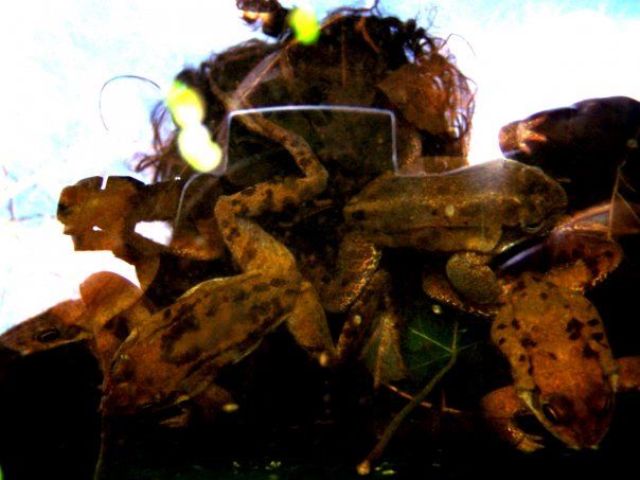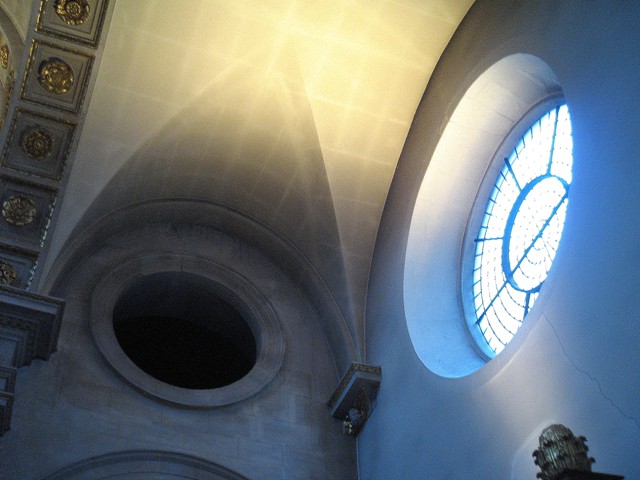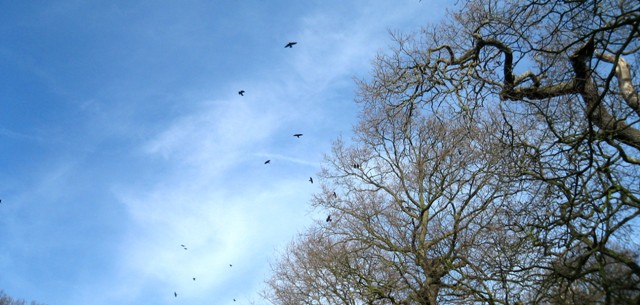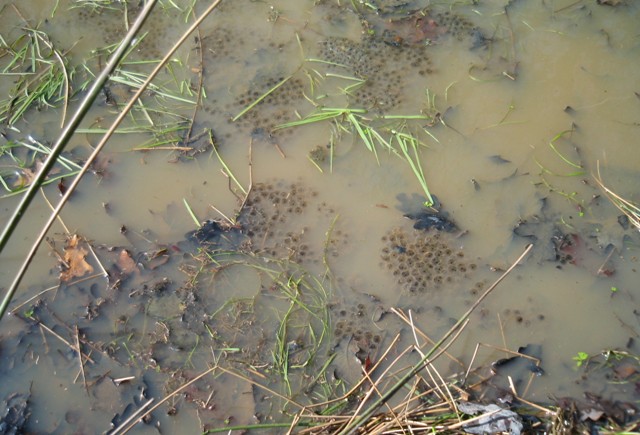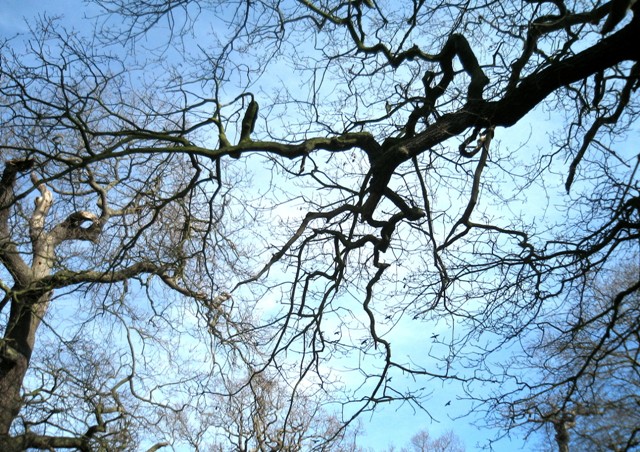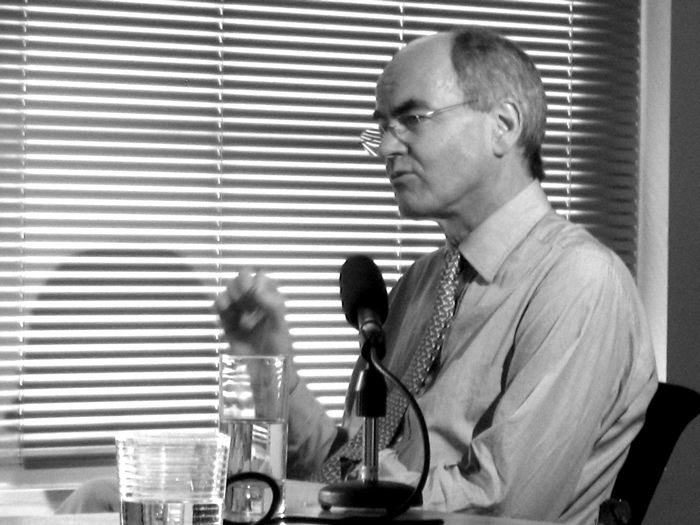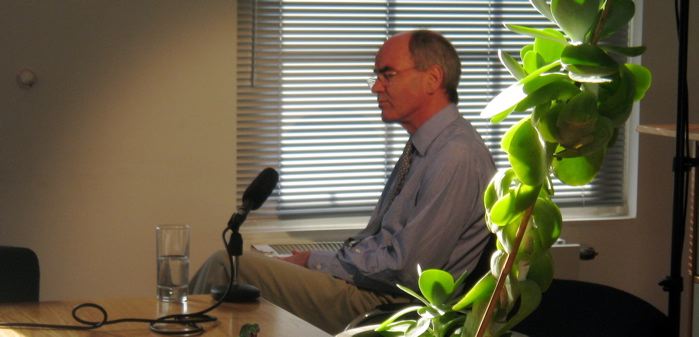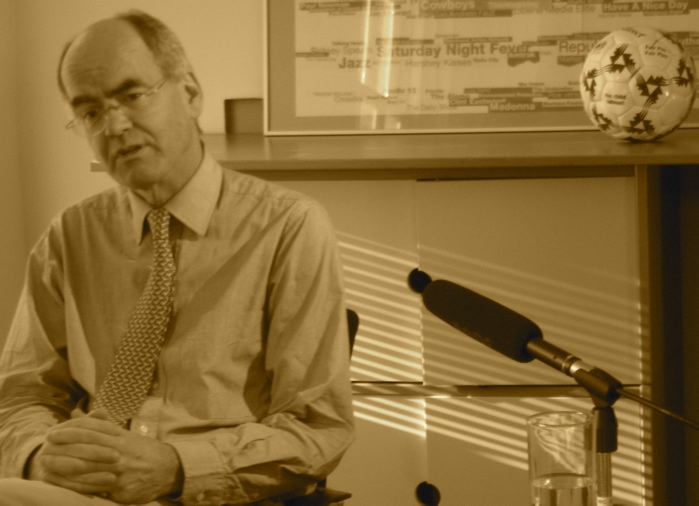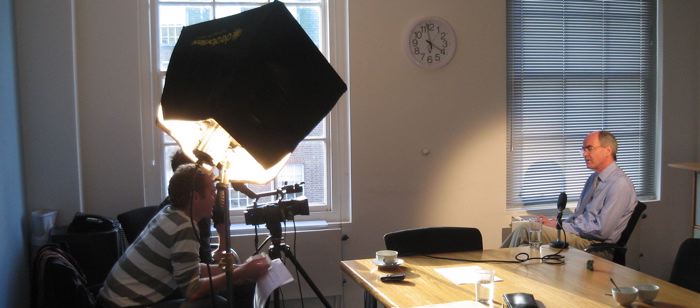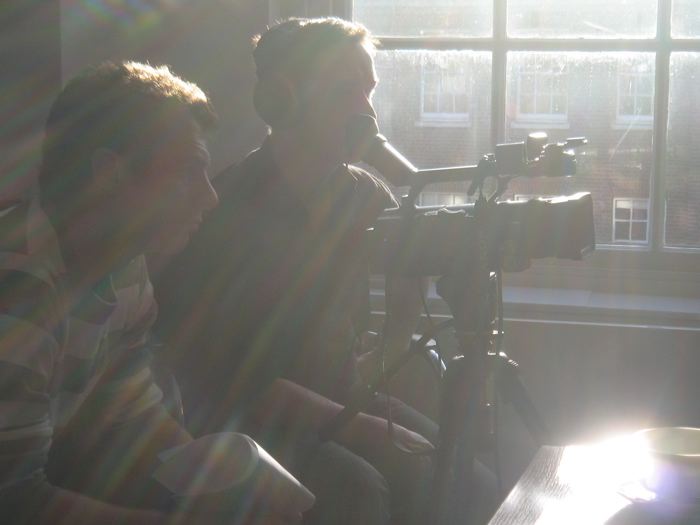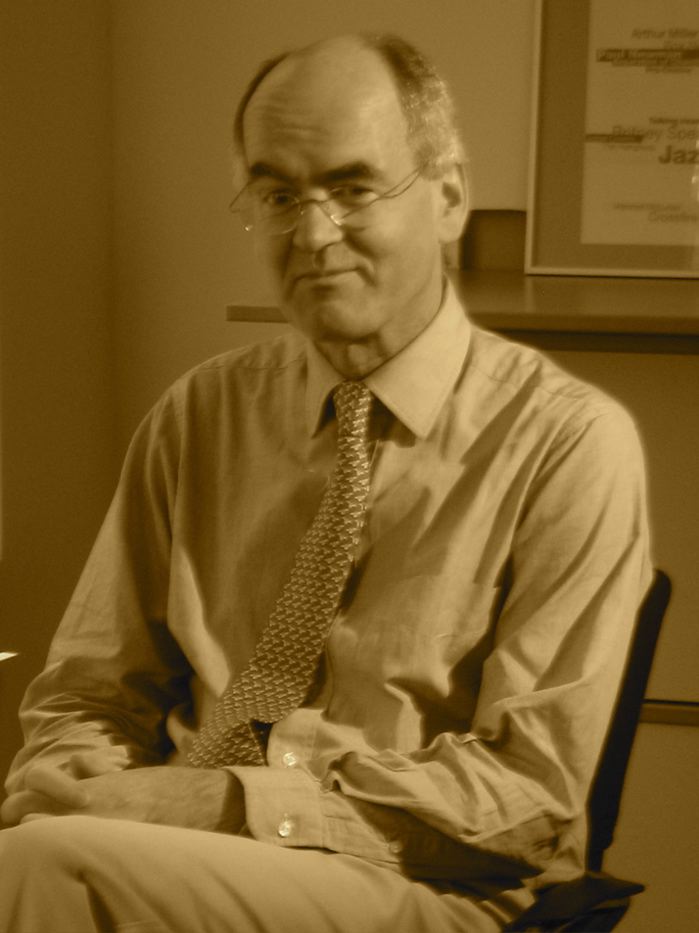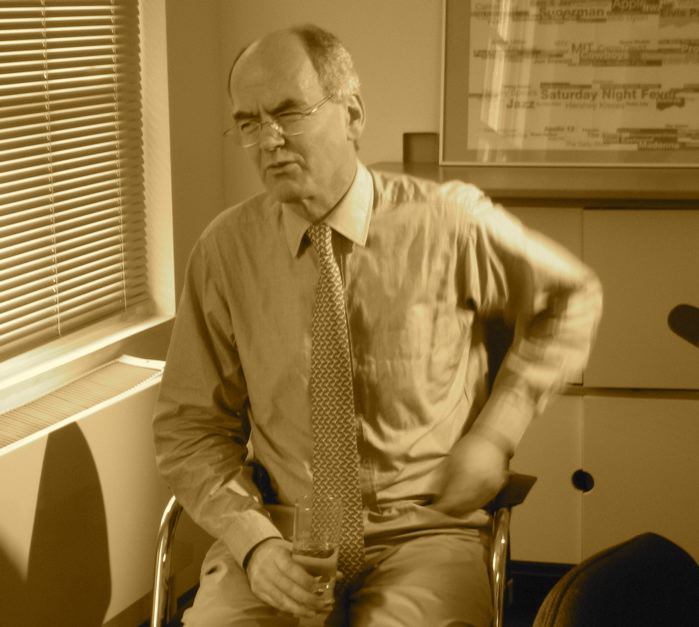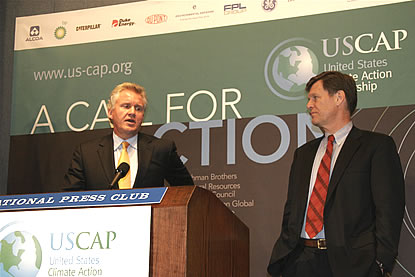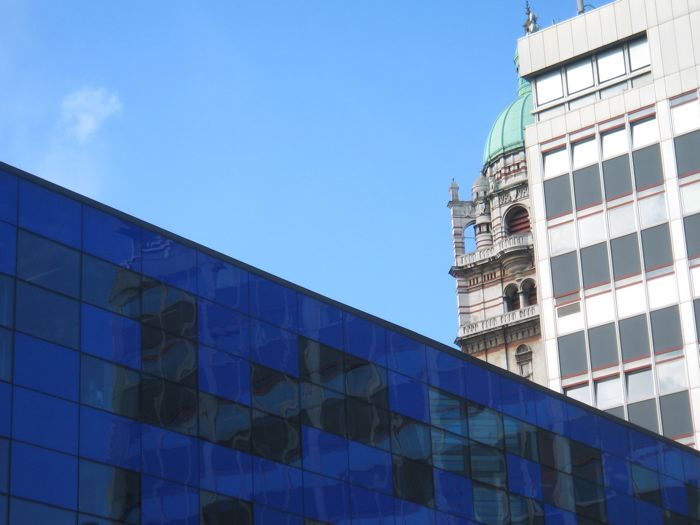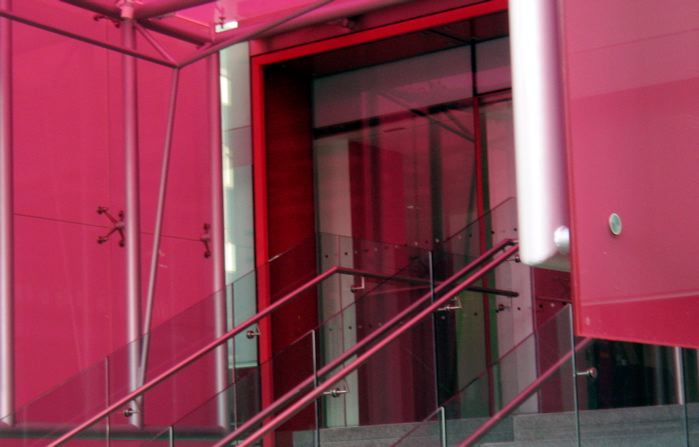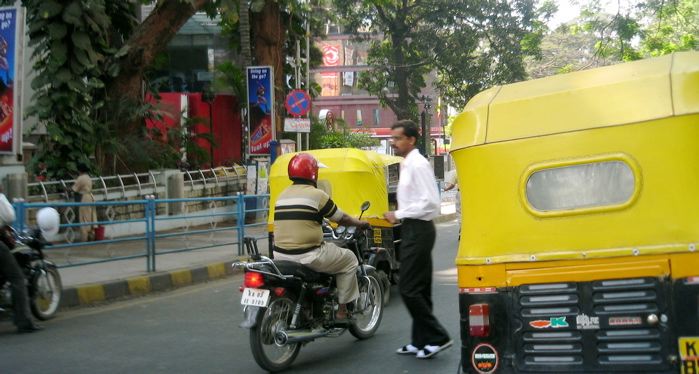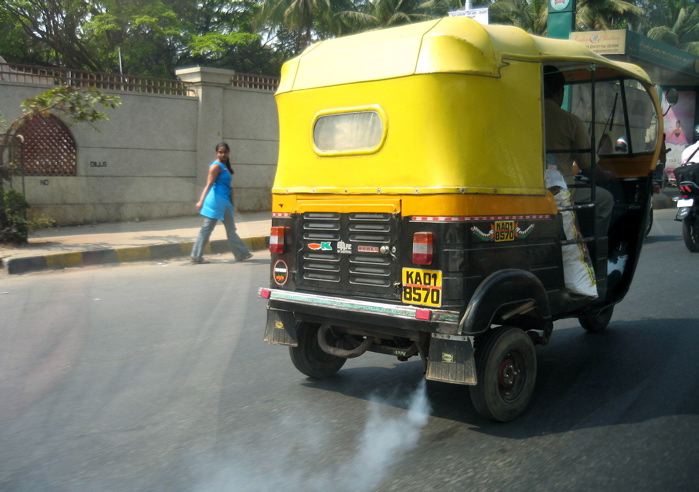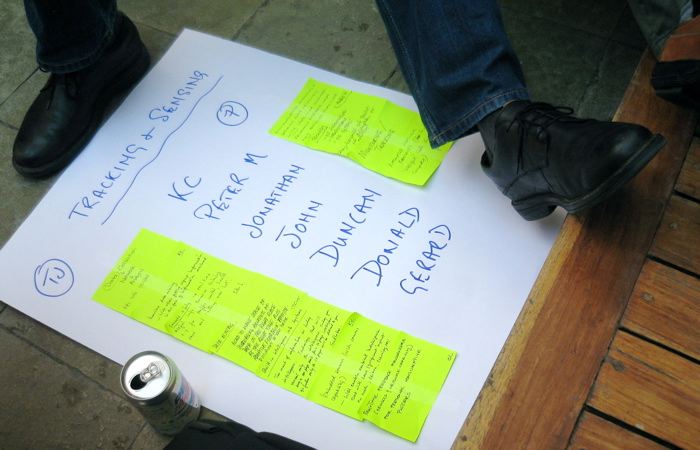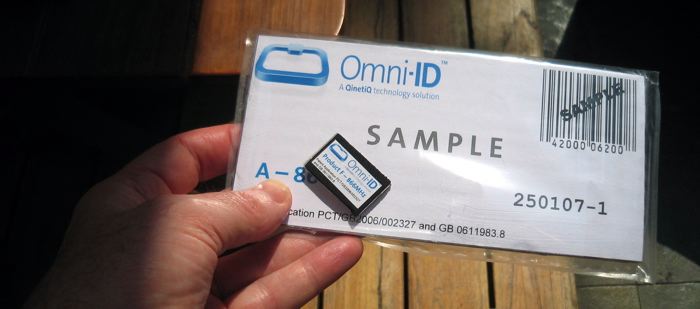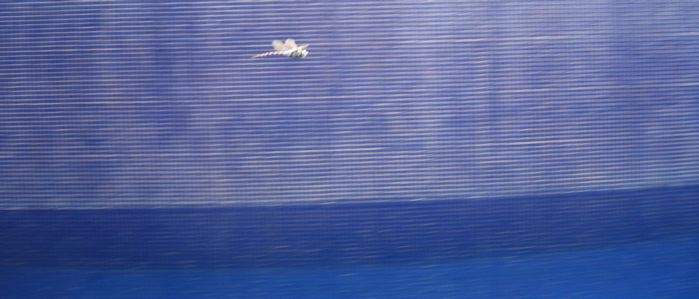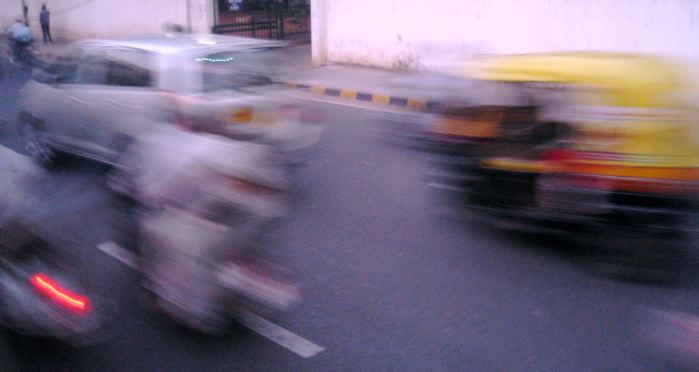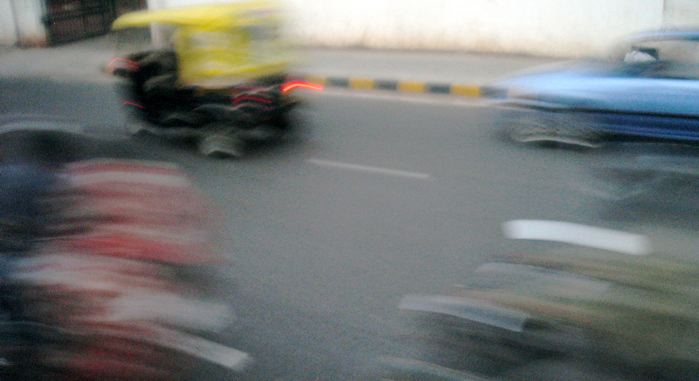Saturday, July 28, 2007
APPLE’S EYE VIEW OF ELAINE

Playing around with Elaine’s Apple laptop this afternoon, this resulted. Not a great photo, but I liked it, even so.
Friday, July 27, 2007
A PASSION FOR PETER SCOTT
This evening, we watched BBC2’s Peter Scott: A Passion for Nature – and found it profoundly moving. I last met Sir Peter in 1989, not long before his death, at an event in Guiting Power. My main memory, apart from his extraordinary personal charm, was the fact that he was wearing different coloured socks. It may have been intentional. In any event, he had also been one of the judges when I received a 1981 Churchill Fellowship, and wonderfully supportive. But my biggest debt to him was via WWF, which he co-founded. In the programme this evening, David Attenborough called Scott “the patron saint of conservation”, and – as explained elsewhere – the launch of WWF is the main reason I switched on to the conservation cause, in 1961. I confess both to a passion for Sir Peter and to other conservationists of his generation, notably Max Nicholson.
Thursday, July 26, 2007
SOFA TIMES
Entertaining session on the sofa this afternoon with Sam (Lakha), being photographed for a joint profile by The Times, for the Crème section. The shoot was only marginally disrupted by Kim and Kelly cackling on the margins. Then across with Elaine to have wonderful dinner with Sam and her husband, Sanjiev. Back in a taxi whose driver’s navigational skills made me think of the book Salmon Fishing in the Yemen, which Elaine gave me recently. Despite having two satnav systems, he headed east when he hit the Euston Road, rather than west. Later, he tried to drive up the entry ramp of Hammersmith bus station. And when we finally arrived back at Barnes Pond, his car was still sitting there as we walked out of sight, headlights staring blankly ahead, as though he had exhausted every sinew in getting us home. The Moon, meanwhile, hung low in the western sky, like a glowing pumpkin that had been left for too long on a surface, its left side strikingly less than a perfect circle.
Tuesday, July 24, 2007
BATTLE OF BRITAIN MEMORIAL
Stepping off the Zephyr at Westminster Pier, I took Maggie and Ritu to see the Battle of Britain memorial on the Embankment, the first time I had seen it. Beautifully done – and very powerful. Moving to see Tim’s name there, too.
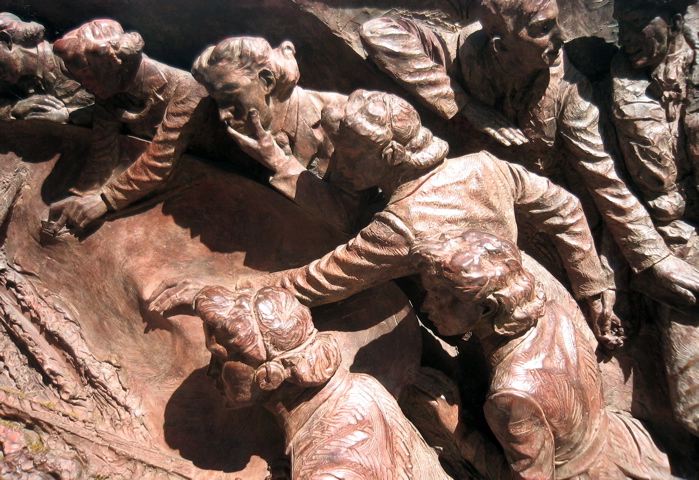
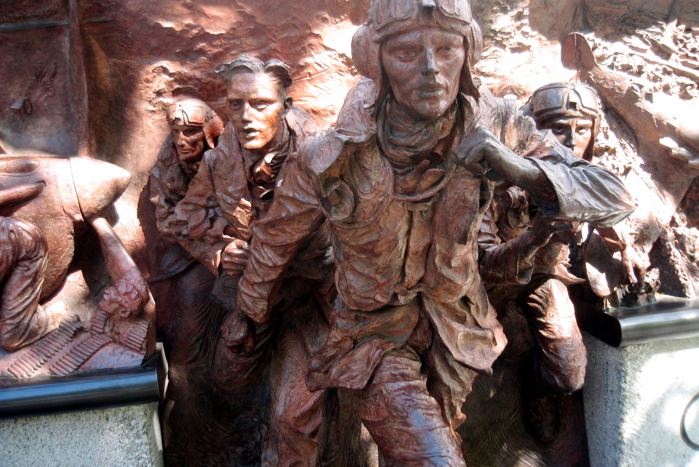
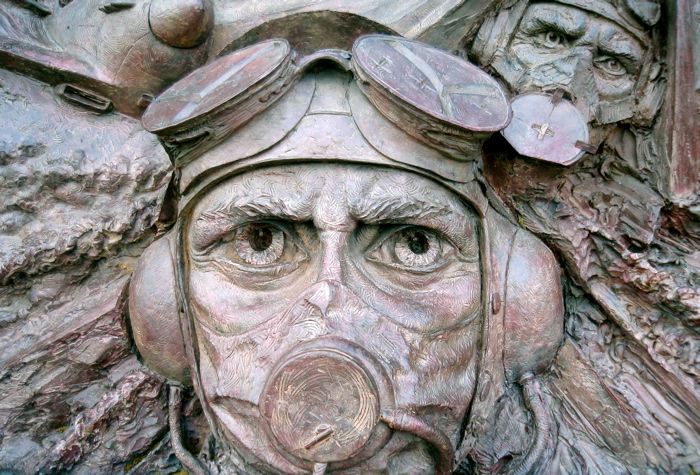
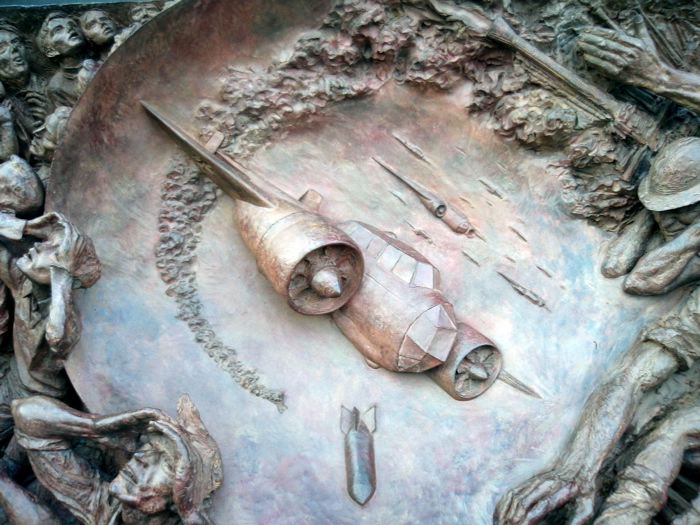
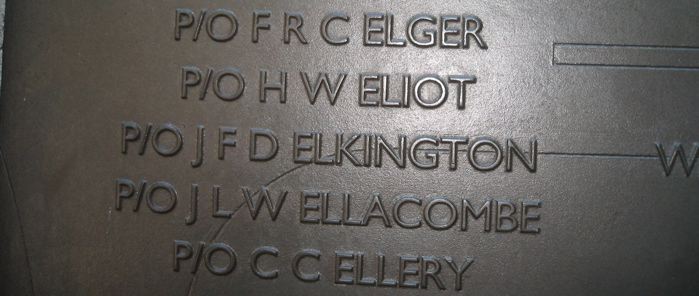
BY ZEPHYR TO THE THAMES BARRIER
After a spell of bad weather, with much of the western watershed of the Thames flooded, today dawned fine for our boat trip from Westminster Pier to the Thames Barrier, and back. This was an opportunity for subsets of the IDEO and SustainAbility teams to build on earlier discussions, both in London and San Francisco. The IDEO crew included Tim Brown, CEO, and Bob Adams, who leads their sustainability practice.
We were also joined by Peter Madden, Forum for the Future’s CEO, and Nick Robins, who helped me with our early work on corporate environmental reporting and has since gone on to become something of a star in the world of socially responsible investment. Thought of inviting him because of his book on the East India Company, whose roots can partly be found in this part of London. Sadly, two members of the crew failed to make it: Sophia Tickell of SustainAbility and Becky Buell of Oxfam, because they live in Oxford and floods (or at least fear of same) interrupted play.
We stopped near the Barrier to pick up Andy Batchelor of the Environment Agency, who told us the story of the project. I hadn’t realised that the Barrier has been raised 103 times to date. Given that it took 30 years to get this one built, from the disastrous floods of 1953 to the Barrier’s opening in 1983, it will be interesting to see how long we take to build its replacement – given that its design life only goes out to 2030, on present calculations. We also took a quick look at Thamesmead, much of which is technically under water, which Andy described as “a New Orleans waiting to happen.”
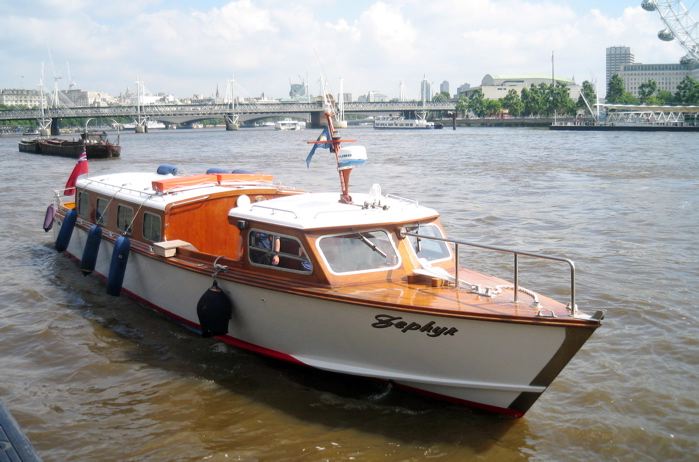
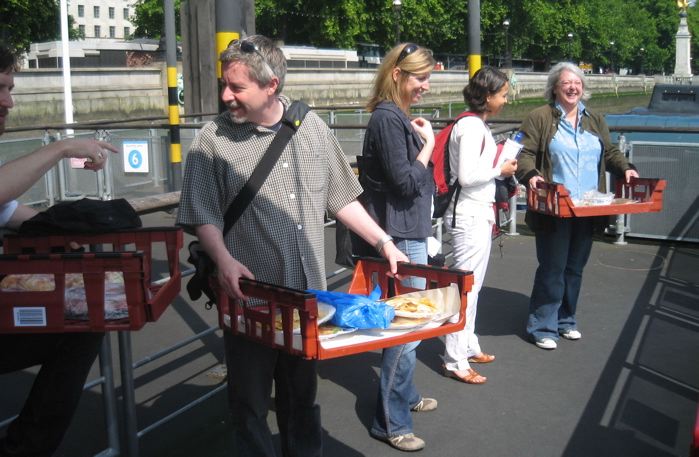
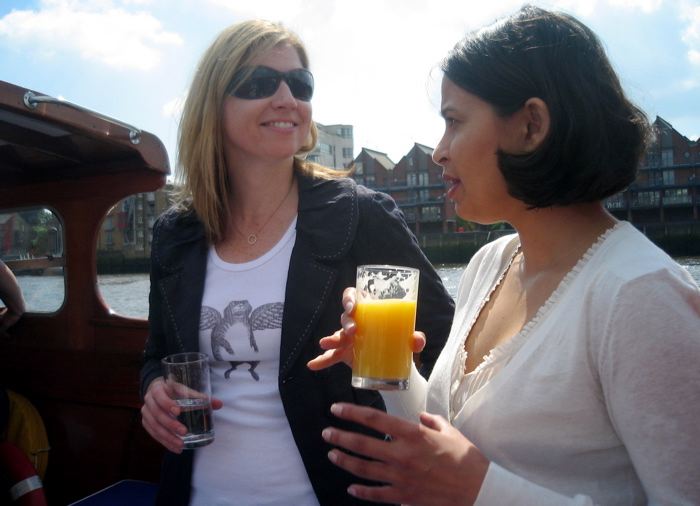
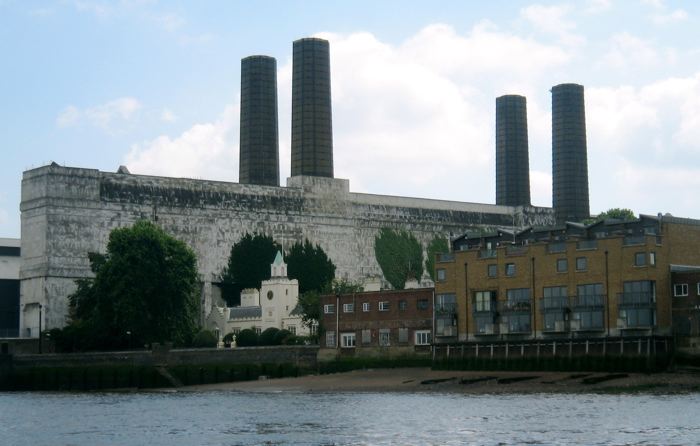

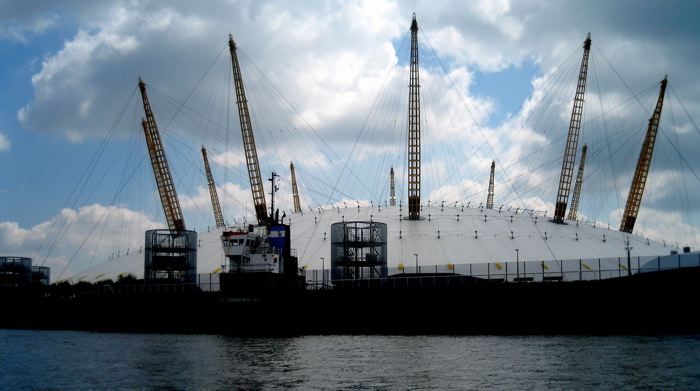
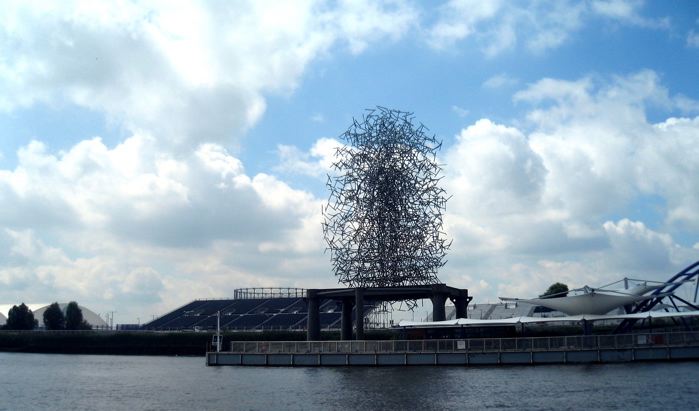
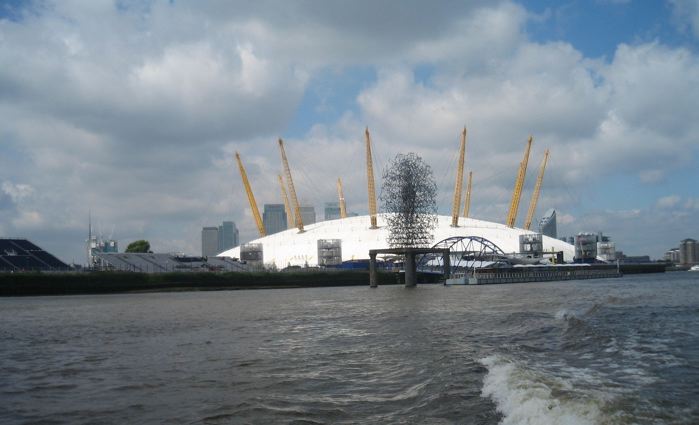
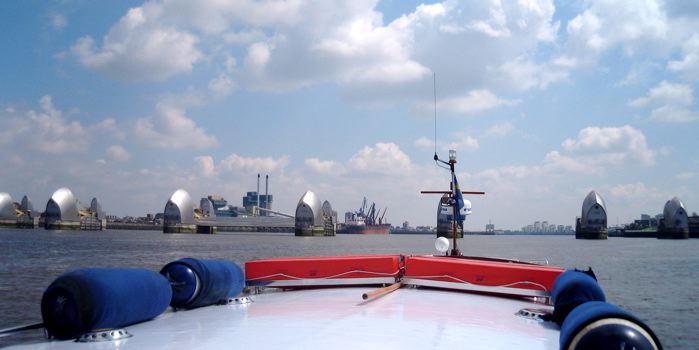
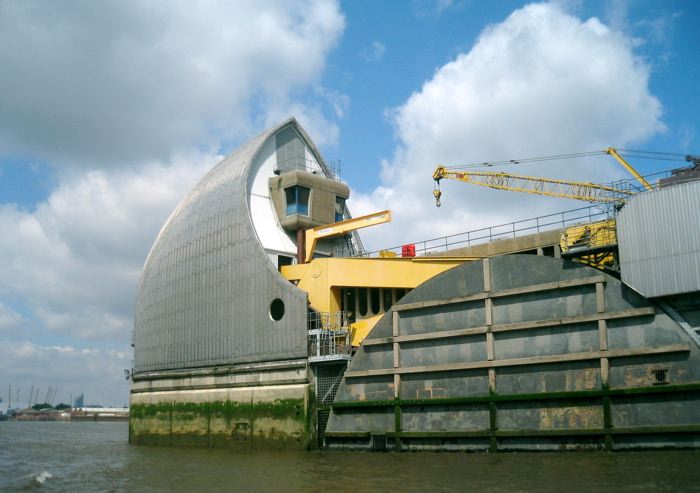
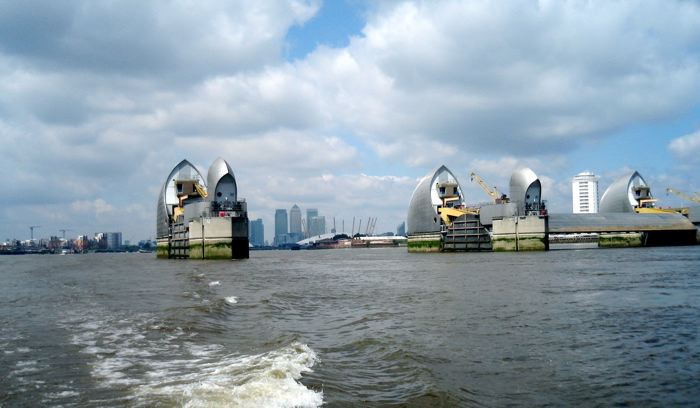
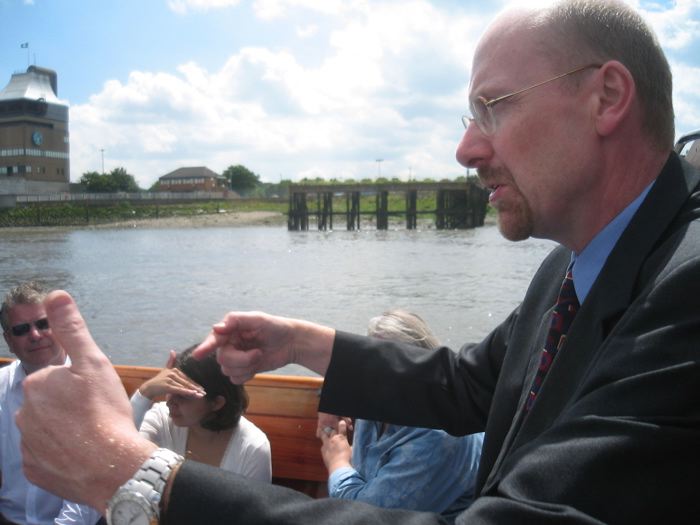
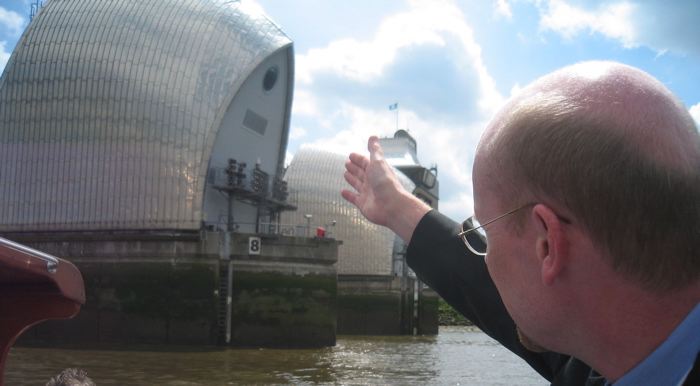
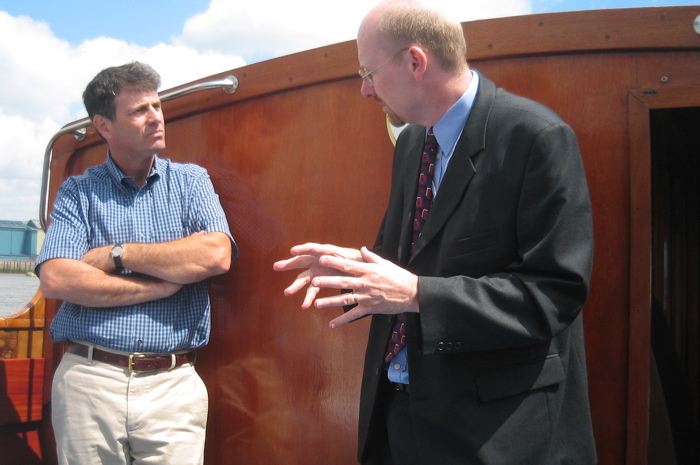
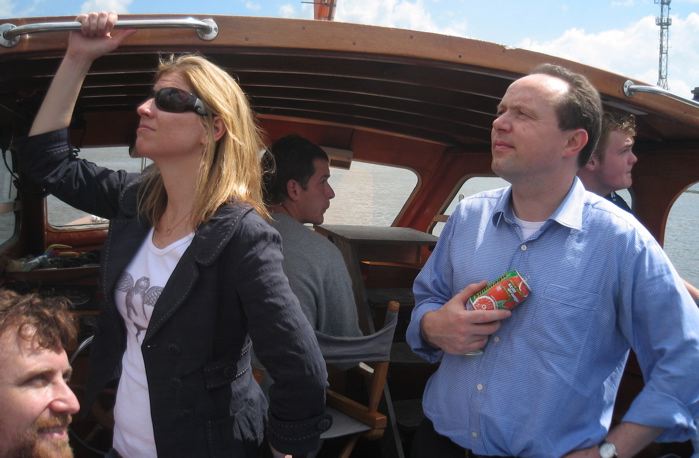
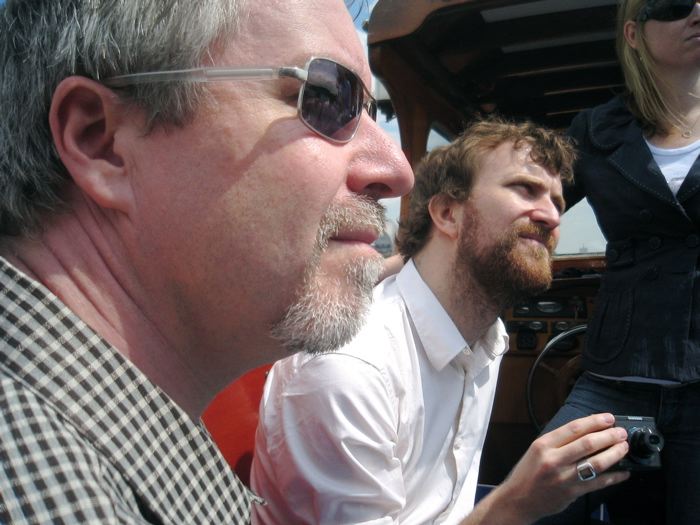
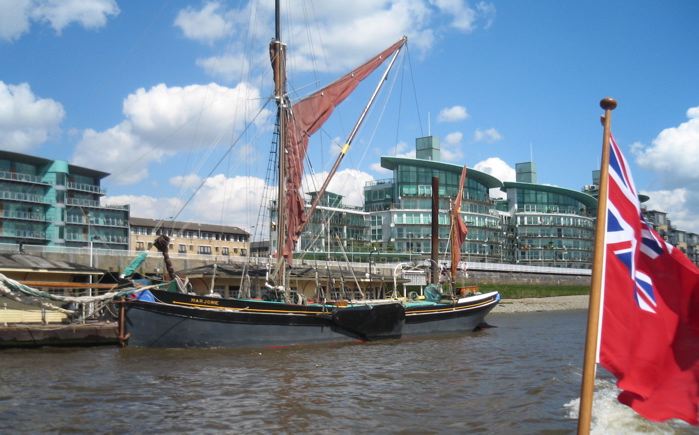
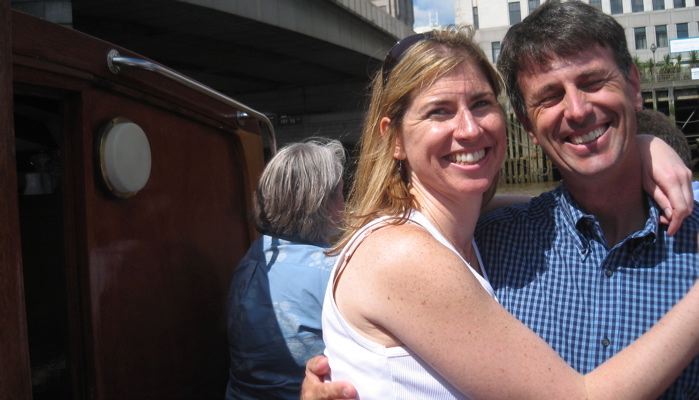

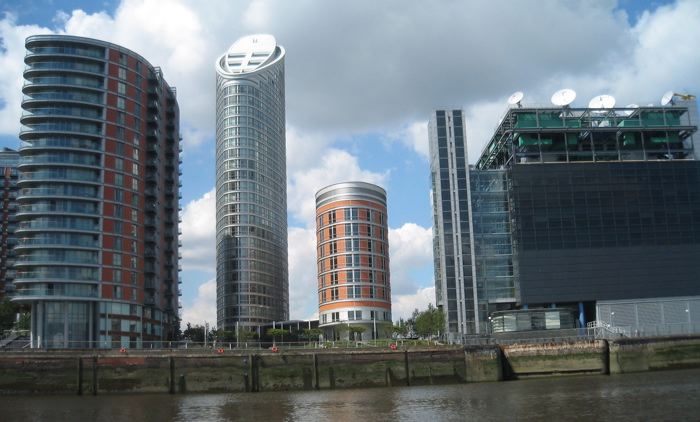


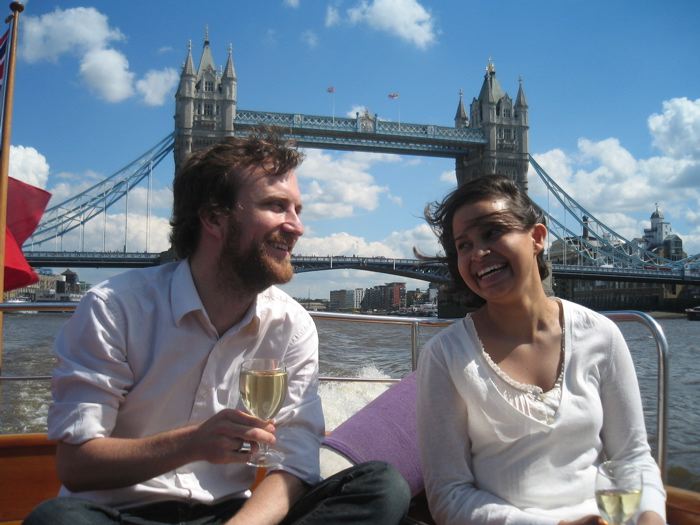

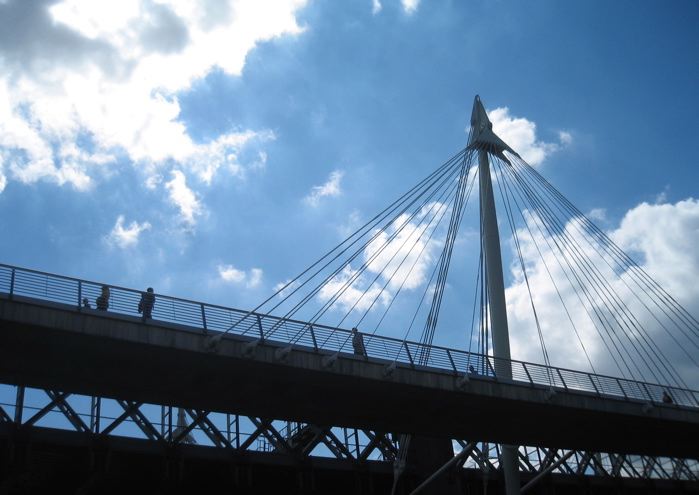
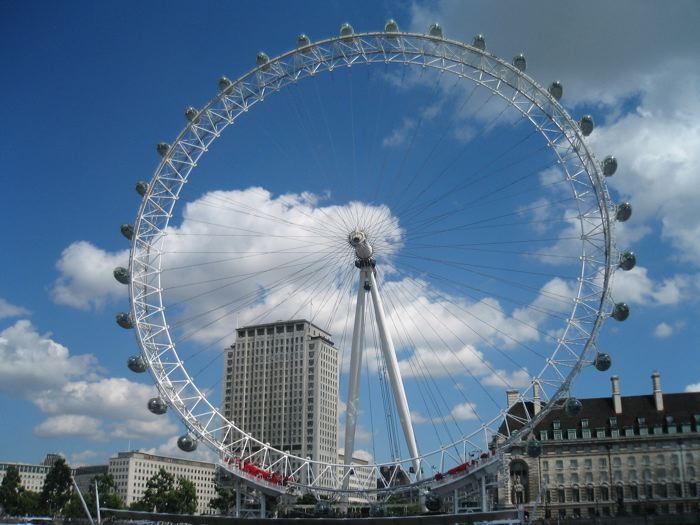
Wednesday, July 18, 2007
AMSTERDAM: TUG & WINGNUTS
Spent most of the time in Amsterdam in meetings, but earlier today Elaine and I took the morning off and enjoyed the city in bright sunshine – a delight after the downpours of recent days. Here are a few pictures of our adventures. Particularly liked some of the ships mooredaround the Nemo Science Centre (http://www.e-nemo.nl/?id=5&s=85&d=551&l=585), the Museum van Loon on the Keizersgracht(http://www.museumvanloon.nl/english/index_eng.htm) and our farewell lunch under the Hungarian wingnut trees at the Restaurant Janvier (http://www.proeflokaaljanvier.nl/), which we happily stumbled upon.
The waiter told us that there was shortly to be a vote on the wingnuts, which had been a gift to the square, but whose roots were lifting the paving stones/bricks all around. We left hoping that the vote goes in favour of the trees …

Hein’s stairs, with painted ‘carpet’
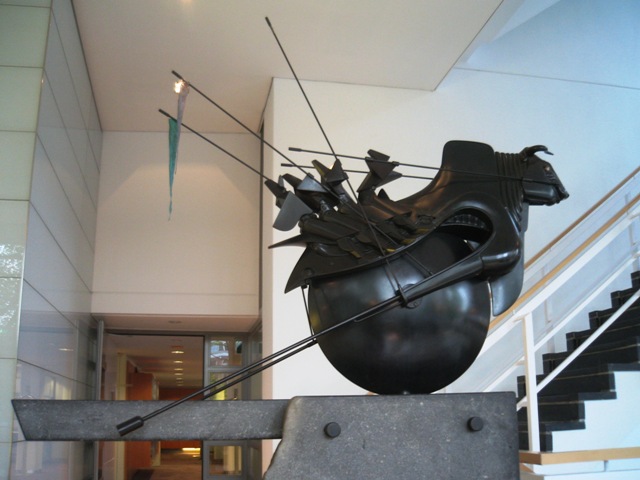
Sculpture in foyer of McKinsey HQ, where we had dinner on the top floor
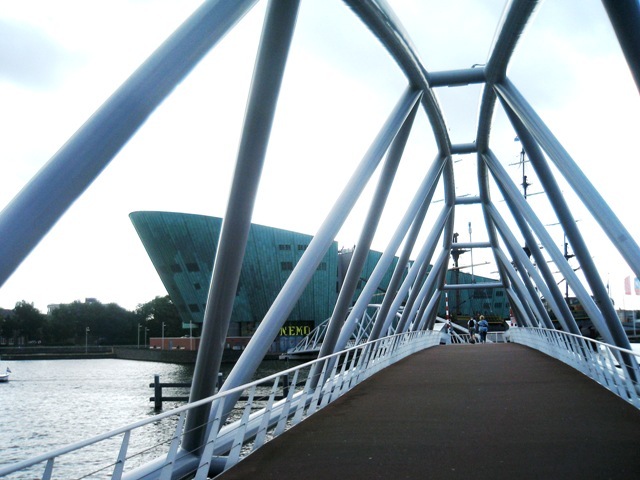
Bridge to Nemo Science Centre
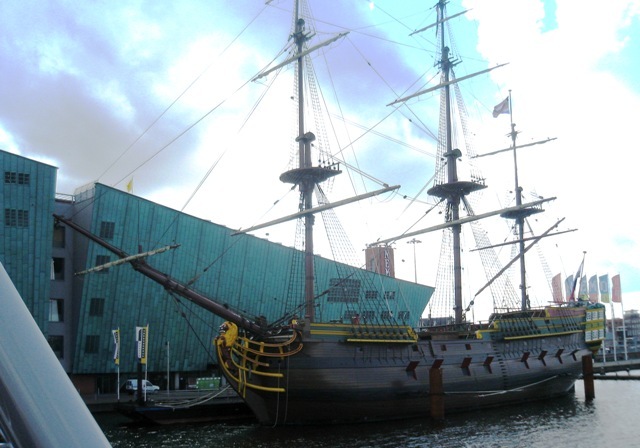
Backbone of Dutch trading empires
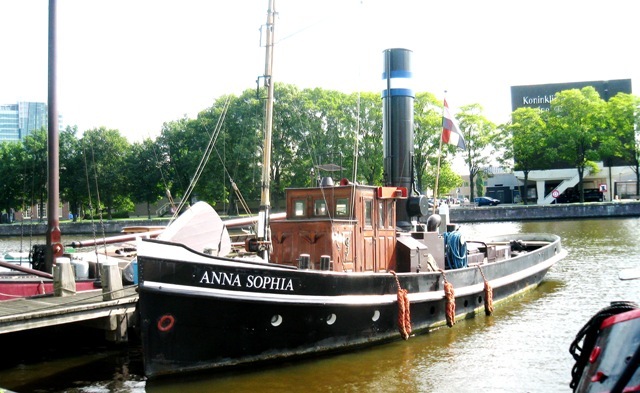
One of the boats I liked best – workaday, but upstanding
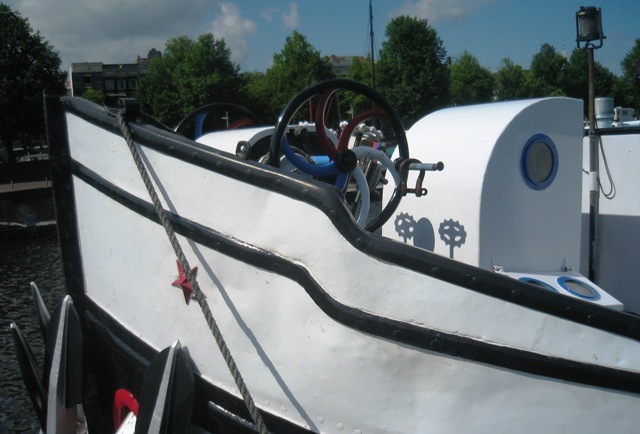
I liked the star – and the shadows
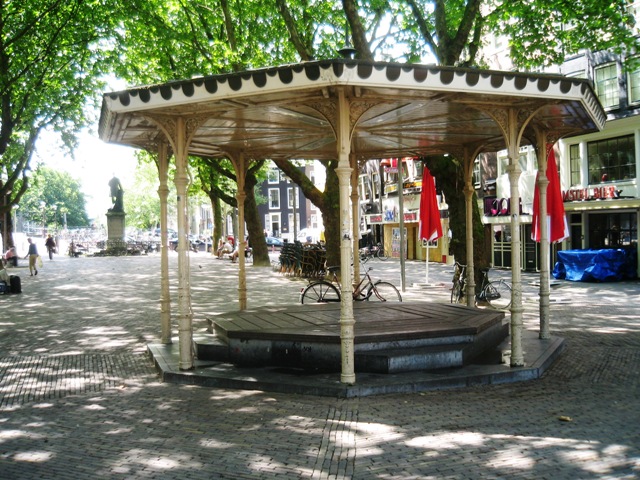
Prelude
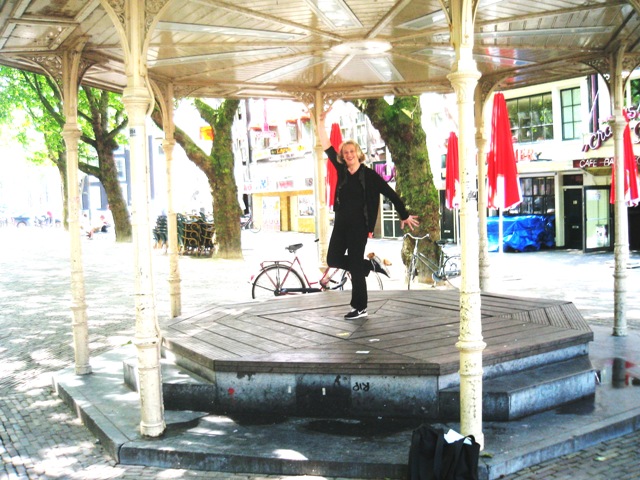
Dancer
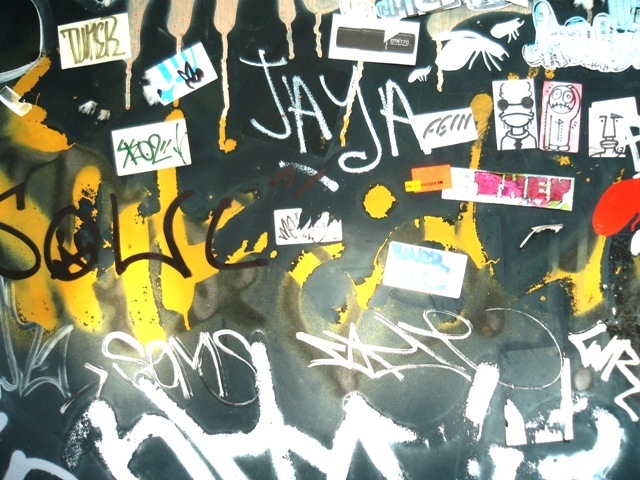
Graffiti
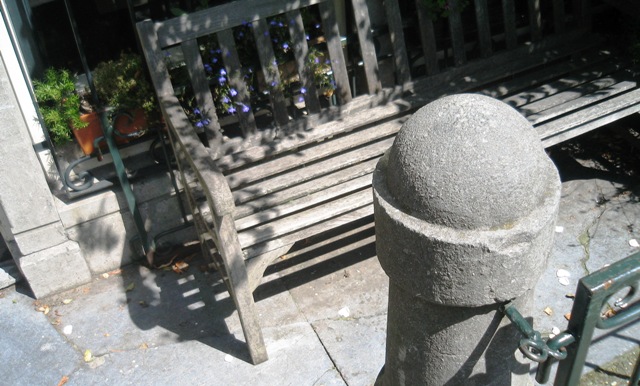
Forget-me-nots
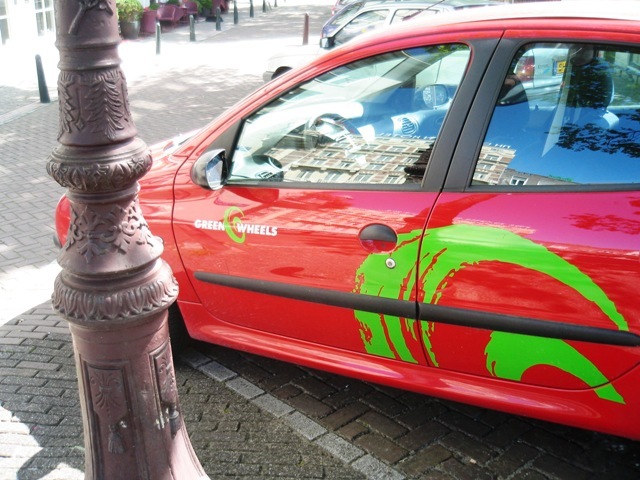
Green Wheels, which Hein uses, I think
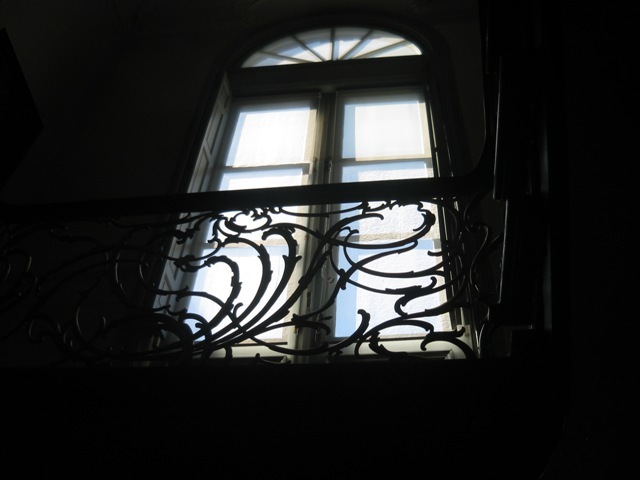
Window in Museum Van Loon
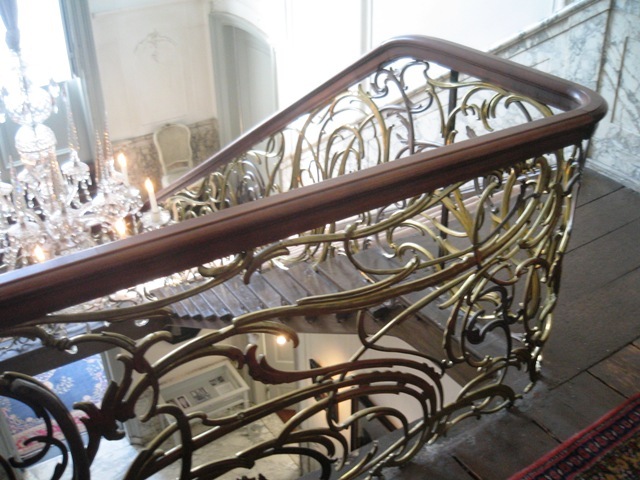
Staircase
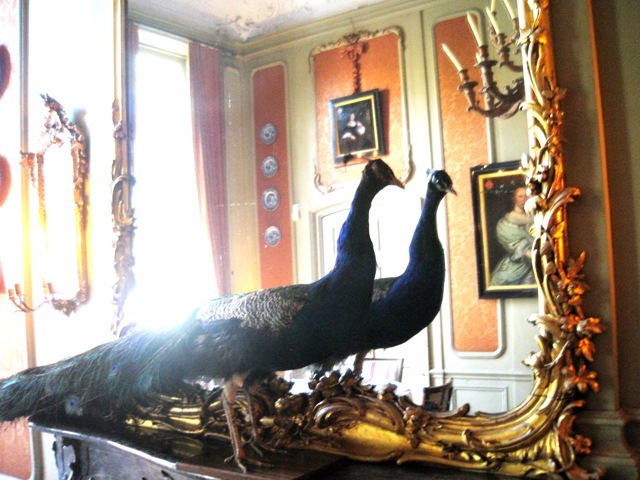
Peacock reflects
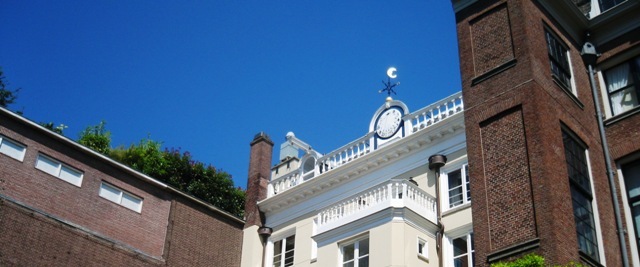
Neighbouring roofscape
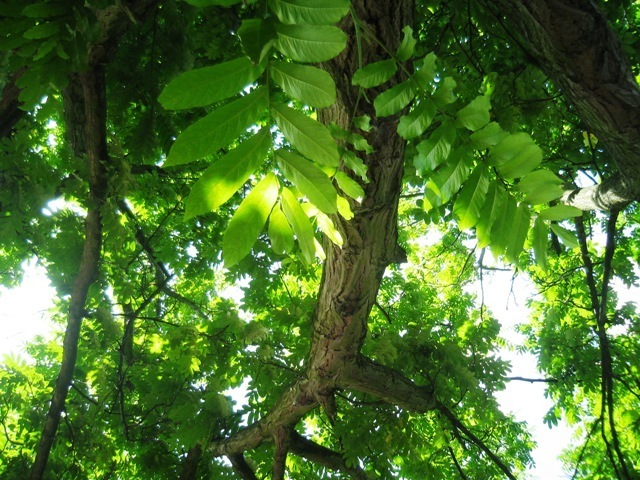
Lunch at Janvier, under the Hungarian wingnut trees
AFLATOUN

Elaine and I flew to Amsterdam on Sunday, though not without a few strains along the way – as Terminal 4’s baggage system collapsed, with the result that hundreds of people were marooned outside the terminal for ages. So a trip that should have taken a few hours ended up taking around ten, with the result that we arrived very late for dinner with friends, Hein and Helle Sas. Still, the evening made the trip more than worth while.
And so did our time over the next three days with Jeroo Billimoria and her team at Aflatoun. I first met Jerroo in the early days of my involvement with The Schwab Foundation for Social Entrepreneurship and the World Economic Forum. The impact she has on people was demonstrated when we all attended a reception hosted by the Governors of the Dutch Central Bank – and the Bank’s president, Dr Nout Wellink, confessed publicly that he would have gladly given Jeroo anything when they first met, and all she had asked for was offices in the Bank’s headquarters. Which she promptly got.
A while back, Jeroo asked if I would chair Aflatoun’s impact metrics comittee, which I gladly agreed to do (http://www.aflatoun.org/index.php?option=com_content&task=view&id=61&Itemid=69). The inspiration for Aflatoun was Jeroo’s. An Indian national , she grew up and worked among the street children of Mumbai.

“Through this experience she came to the conclusion that a lack of basic knowledge about rights, responsibilities and finance is at the root of economic and social inequality,” Aflatoun says. “The Aflatoun concept is based on a very successful pilot in the western state of Maharastra, India, run by an organization called MelJol, in which they began to teach children in schools how to save money. Not only did this experience create awareness among the children of the benefits of saving and familiarity with the banking system, it also increased their sense of self-esteem and pride. Other positive side effects included improved math skills, improved school enrolment rates, and, in a totally unexpected reversal of the learning model, the parents of children in the program also began to save money. Now, five years later, approximately 83,700 Indian children have successfully learnt to save and spend money responsibly, participated in school-based micro-enterprises, and become socially conscious citizens.”
By the end of 2006, 11 countries were already piloting the Aflatoun Programme Child Social and Financial Education, over 3,000 teachers had been trained and over 100,000 children had been exposed to the Aflatoun concept.

Saturday, July 14, 2007
DOUGHTY CENTRE

Just in from a couple of days at the Doughty Centre for Corporate Responsibility at the Cranfield School of Management (http://www.som.cranfield.ac.uk/som/research/centres/ccr/), led by (Professor) David Grayson. Given that the avionics for the Harrier jump-jet were developed on the site, it struck me that what the assembled folk were trying to do was to develop the equivalent for the corporate responsibility agenda.
It was interesting that a number of external people taking part thought they picked up both a degree of confusion among the CR professionals in terms of desired outcomes from their work and also a sense of unease, which someone noted could either flow from the field’s “teenage angst” or the onset of a “mid-life crisis.” Looking at the average age in the room, it could have been the latter, but knowing David’s extraordinary energy and committment, I suspect that – for this group, at least – it was the former. Certainly I came away charged up, in contrast my reactions to several other recent events.
Thursday, July 12, 2007
NESTA’S £1M AWARD
Took part in a panel this evening launching NESTA’s new Environment Challenge – involving a £1 million award. NESTA is the National Endowment for Science, Technology and the Arts, which aims to help the UK lead the world in the application of knowledge, enterprise and creativity. Other panellists were James Wilsdon, Head of Science and Innovation at Demos and Sarah Butler-Sloss, Chair of the Ashden Awards for Sustainable Energy. The session was chaired by NESTA CEO Jonathan Kestenbaum. The event also launched a new report, The Disrupters, a NESTA/Demos publication on low-carbon innovation.
The theme of the report, by James Wilsdon, Becky Willis and Molly Web, is that “disruptive innovation creates products or business models that transform the landscape. The seeds of disruptive innovation for climate change are everywhere. From the rooftop wind turbines that hold out the promise of self-generated electricity in each household, to the new models of community ownership of energy assets, there are many innovations that have enormous potential. But these low-carbon pioneers tend to remain at the margins of our economy. By their very nature, disruptive innovations do not ‘fit’ easily within established regulatory or economic systems.” So the Demos project investigated how we can nurture and support ‘The Disrupters’: innovators and entrepreneurs who can bring about the step-changes required for low-carbon living. For more, see http://www.demos.co.uk/projects/disrupters/overview
Wednesday, July 11, 2007
SEED
Delightful session this afternoon with longstanding colleague Simone Amber, a social intrapreneur, who runs SEED (Schlumberger Excellence in Educational Development). See http://www.seed.slb.com/en/index.htm. This is a global non-profit education program serving students aged 10-18. SEED began in 1998 as a way for Schlumberger employees, spouses and retirees to share their time, experience and passion for learning and science through a variety of volunteer activities with younger generations of learners. It was involved in putting together the bathub indicator of climate change that Peter Senge presented at the Tallberg Forum (see July 3 entry and http://www.seed.slb.com/en/scictr/watch/climate_change/challenge.htm).
Then, among other things, worked on our application for the Fast Company Social Capitalist Awards – which this year will embrace for-profits for the first time. Has to be in by the end of today.
Tuesday, July 10, 2007
IS IT UP TO POLITICIANS TO SAVE US?
After belated cake with the team for my 58th birthday last month, across with Seb (Beloe) to the Green Alliance summer reception at the College of Physicians, in Regent’s Park. Great to meet up with a bunch of troublemakers, including people like John Sauven of Greenpeace, but utlimately I found the debate on the theme of ‘Is it up to politicians to save us?’ fatuous.
The panellists (http://www.green-alliance.org.uk/grea1.aspx?id=1894) struggled valiantly, counterposing ‘Yes it’s up to politicians’ with ‘No, green consumers can do it.’ Most of the panellists ended up supporting elements of both sides of the debate.
Still, managed to catch up with a number of interesting people afterwards on the College’s lawn, including London’s Deputy Mayor, Nicky Gavron. One of the things we discussed was the extraordinary C40 initiative, bringing major cities together around the world to tackle climate and related issues. If you don’t know about it, take a look at http://www.c40cities.org/
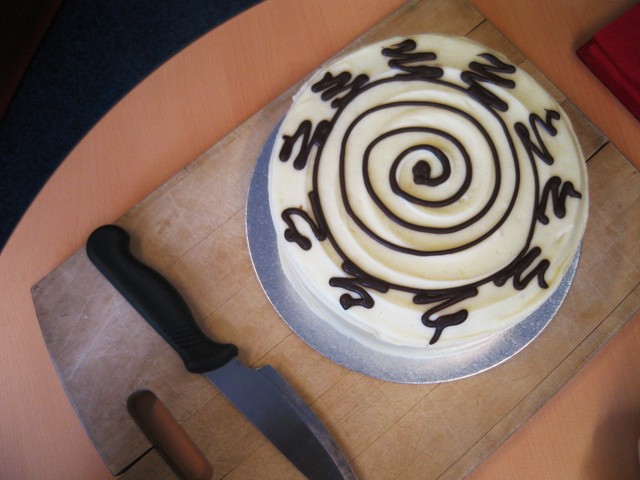
Spiralling cake
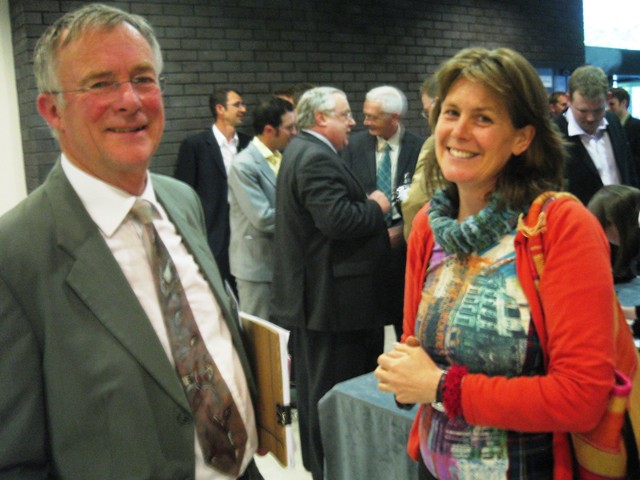
Giles (Chitty), Tom (Burke), Julia (Hailes)
Saturday, July 07, 2007
SKETCHES OF FRANK GEHRY
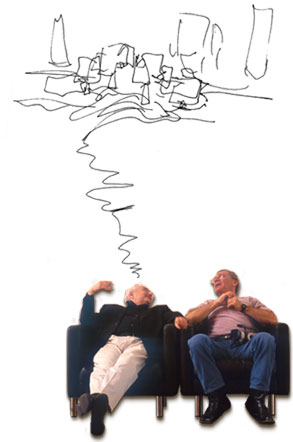
Source: Sony Classics
Hania took Elaine and I to the Soho Curzon today to see Sketches of Frank Gehry, Sydney Pollack’s stunning film focusing on the career and work of one of my favourite architects – alongside people like Buckminster Fuller. At one point in the film Gehry says that the high point of his life is when he faces a blank sheet of paper, about to launch forth into the unknown. Pretty much how I feel – and pretty much where I am. With only four of us in the theatre, a very private view.
Friday, July 06, 2007
JULIE’S BICYCLE

Started the day at the Berkeley Hotel, where a new social enterprise – Julie’s Bicycle (mission: ‘Taking the Heat out of Music’, http://juliesbicycle.trinitystreetdirect.com/) – was launching a campaign to involve the UK music industry in the fight against climate change. Led by Al Tickell (Sophia’s sister) and Jazz Summers of BigLife Management, Julie’s Bicycle has already commissioned Oxford’s Environmental Change Institute to investigate the carbon footprint of the music industry, with this autumn’s ‘Beat the Heat’ program designed to help all parts of the industry get their climate act together.
The aim is to harness some of the energy generated by events like tomorrow’s LiveEarth global music festival to drive change in the industry itself. And typically there are unlikely to be any single answers. As Al Gore himself has put it, we are talking not so much about silver bullets here as “silver buckshot.”
Apart from inputs from Jazz, Al and her uncle Sir Crispin Tickell, credited with waking up Al Gore and Margaret Thatcher to the risks of climate change, we also heard from Professor Chris Rapley, Director of the British Antarctic Survey. Strikingly, he brought in a shiny silver container, from which he extracted two circular samples of ice, drilled from the Antarctic ice-sheet. One of them dated back 38,000 years, if I heard right, to a time when we were still Cro-Magnons struggling to get a fire lighted in our caves, as Rapley put it. And it was extracted from around one kilometre down in the ice. Wonderfully strange feeling to touch ice dating from so long ago as the cores went around the Berkeley ballroom, under blazing chandeliers.
Sat on same table as Chris Morrison, who manages Damon Albarn – and hooked into the conversation when I heard him talking about an expletive-rich exchange he had had with Bob Geldof during the Live8 process, when Albarn criticised the lack of African musicians on stage. I noted I had watched the TV programme a few evenings focusing on Albarn’s new opera, Monkey: Journey to the West. Watching it, I found that Albarn put me in mind of no-one more strongly than Brian Wilson of the Beach Boys, particularly when the story focused on how Albarn had assembled a new instrument out of all the truck bus, car and scooter horns manufactured in Shanghai. Morrison said that wasn’t the first time the thought had surfaced, but really great to see new waves of talent pushing the musical envelope. SustainAbility will be helping Julie’s Bicycle, with both Geoff Lye and I involved initially.
Thursday, July 05, 2007
IBLF AND SOCIAL ENTREPRENEURS
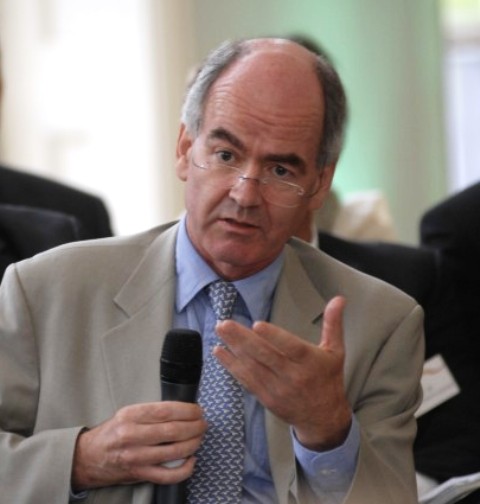
Among the dark suits
Maggie (Brenneke) and I made our way late today to Kew Gardens, glorious even in light rain, where I chaired a ‘fish bowl’ session in front of 80 leaders from business, government and NGOs. Session part of an annual meeting for IBLF, the International Business Leaders Forum (http://www.iblf.org/media_room/general.jsp?id=123940), an organisation that does sterling work across the sustainable development agenda. Had the challenging task of helping six social entrepreneurs to tell their stories, more or less in sound-bites, and then three people from business to respond, all in 55 minutes.
The social entrepreneurs were Nancy Biberman, Co-founder and President of the Women’s Housing and Economic Development Corporation, based in the Bronx, the poorest urban county in the US; John Houghton, CEO of TEDCOR, which focuses on solid waste collection in South Africa; Martin Kalungu-Banda, Founder and Executive Director of The Partnership Forum, Zambia; Manoj Kumar, CEO of the Naandi Foundation in India, who apparently runs the largest kitchen in the world; Zablon Karingi Muthaka, owner of Beta Bins Waste Management, Kenya; and Rafal Serafifn, Director of the Polish Environmental Partnership Foundation.
Then we had responses from Sonjoy Chatterjee, Managing Director and CEO at ICICI Bank UK; Mark Foster, Group Chief Executive, Accenture; and Edwin Fuller, President and Managing Director, Marriott International. Frustrating in that each of the entrepreneurs could have spoken for at least an hour – interestingly and usefully – about their stories, but at least we managed to provide a taster for those around us in the Orangery. Again interesting to see how the social entrepreneur’s stories sparkled when compared with more conventional CSR narratives.
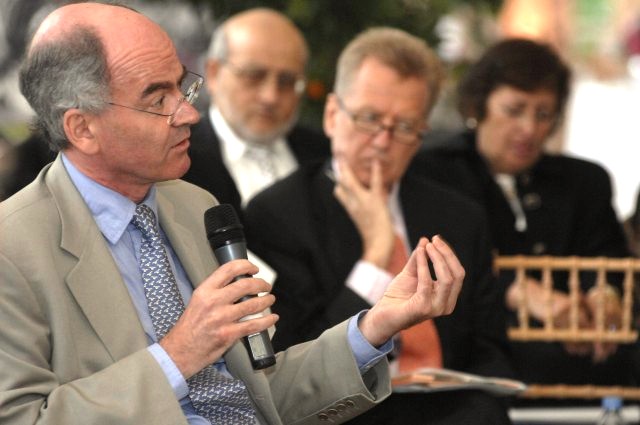
Robert Davies looks reflective
Tuesday, July 03, 2007
RAINSTORM AT CITY HALL
Spent this afternoon and this evening speaking at an event organised by Ipsos MORI at City Hall to celebrate a new survey on public attitudes to climate change – if celebrate is the right word. 81% of Britons interviewed felt that climate change would have no effect on them. More positively, those that recognised that it is happening said they were willing to act, as long as the process was fair. One odd statistic: sales of clothes pegs at Asda have jumped 1400%. Wonderful thunder storm as we convened ahead of the conference in London’s Living Room, atop City Hall. Could almost have been organised to dramatise the risks. Torrential downpour at one stage. Missed it by minutes, having comfortable time to wander around the guitars display outside.

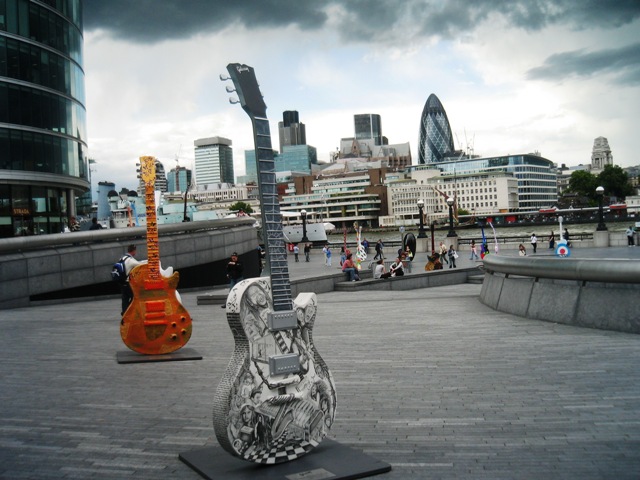
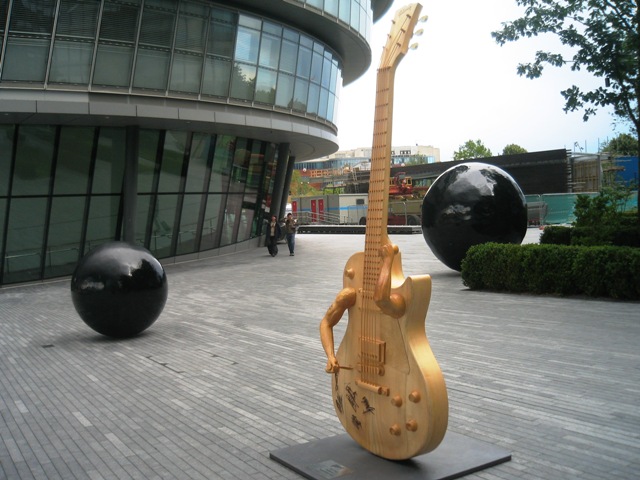
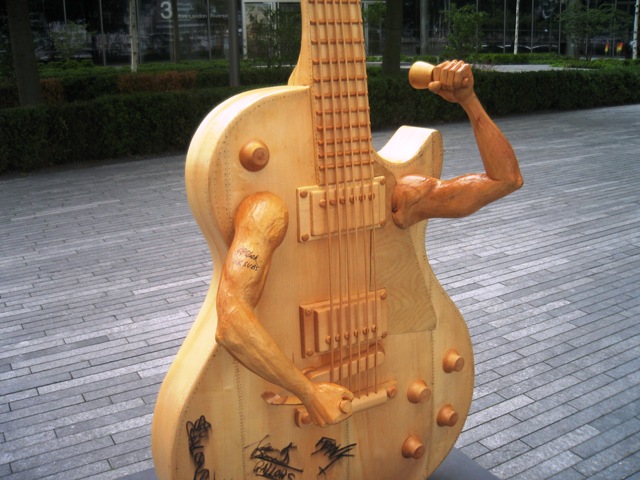
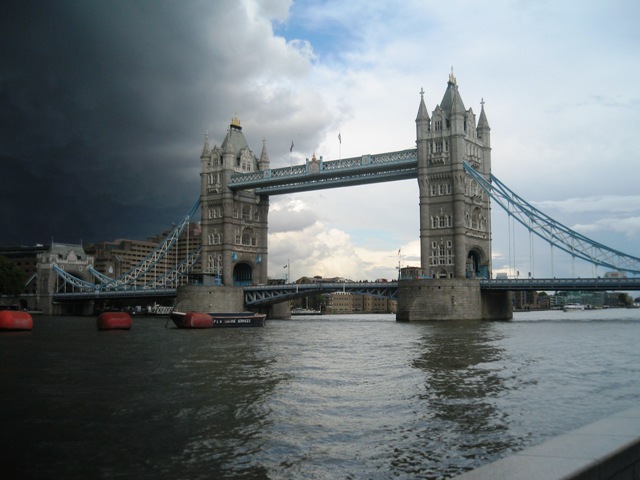
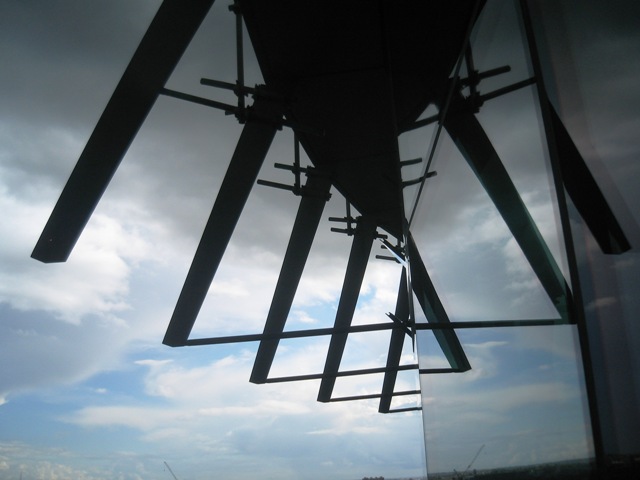
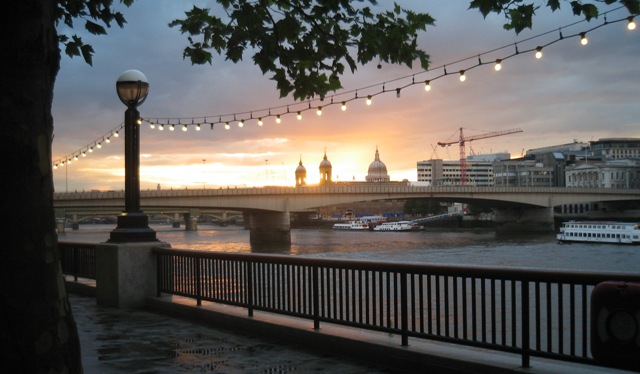
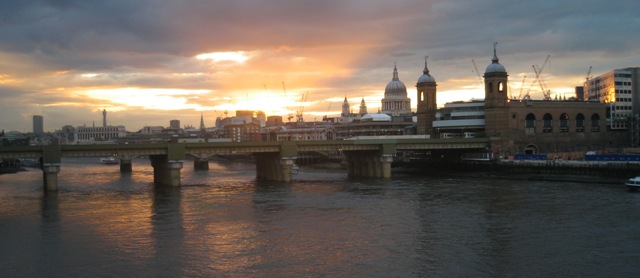
Monday, July 02, 2007
CLIMATE IN A BATHTUB
One of the highlights of the Tallberg plenary sessions was Peter Senge’s run-through of the Climate Change Simulator, based on balancing flows of water into and out of a bathtub. Eureka! To try it out, go to http://www.seed.slb.com/en/scictr/watch/climate_change/challenge.htm
Sunday, July 01, 2007
TALLBERG FORUM ABOMINATION
The spiralling gliders and biofuel-powered monoplane were impressive in the endless Scandinavian twilight as the ‘Heaven and Earth’ concert marked the end of the 2007 Tallberg Forum. Most of the music was indifferent, but Lake Siljan provided a staggeringly beautiful backdrop as children raced around after bubbles blown by all and sundry. But then – as half a dozen hot-air balloons strained at their tethers – WWF performed an abomination. Hundreds of people released plastic WWF-branded pink balloons which swarmed into the skies. Then, to add insult to injury, thousands more balloons were released from great nets. Really, what planet are these people on?
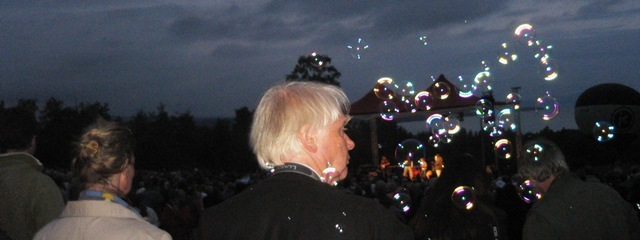
Bubbles
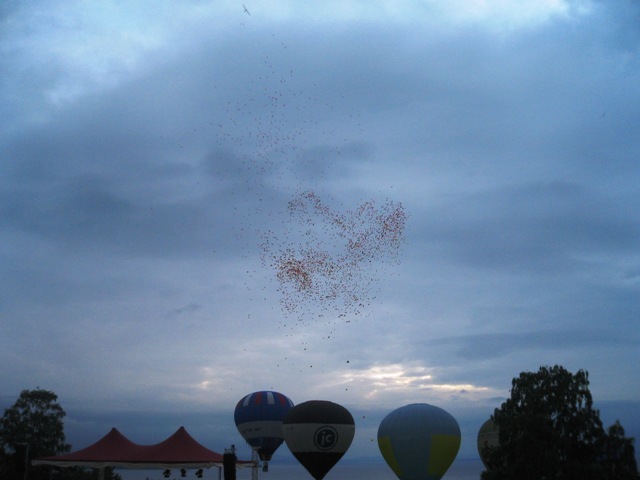
Balloons: hot-air and abominable

